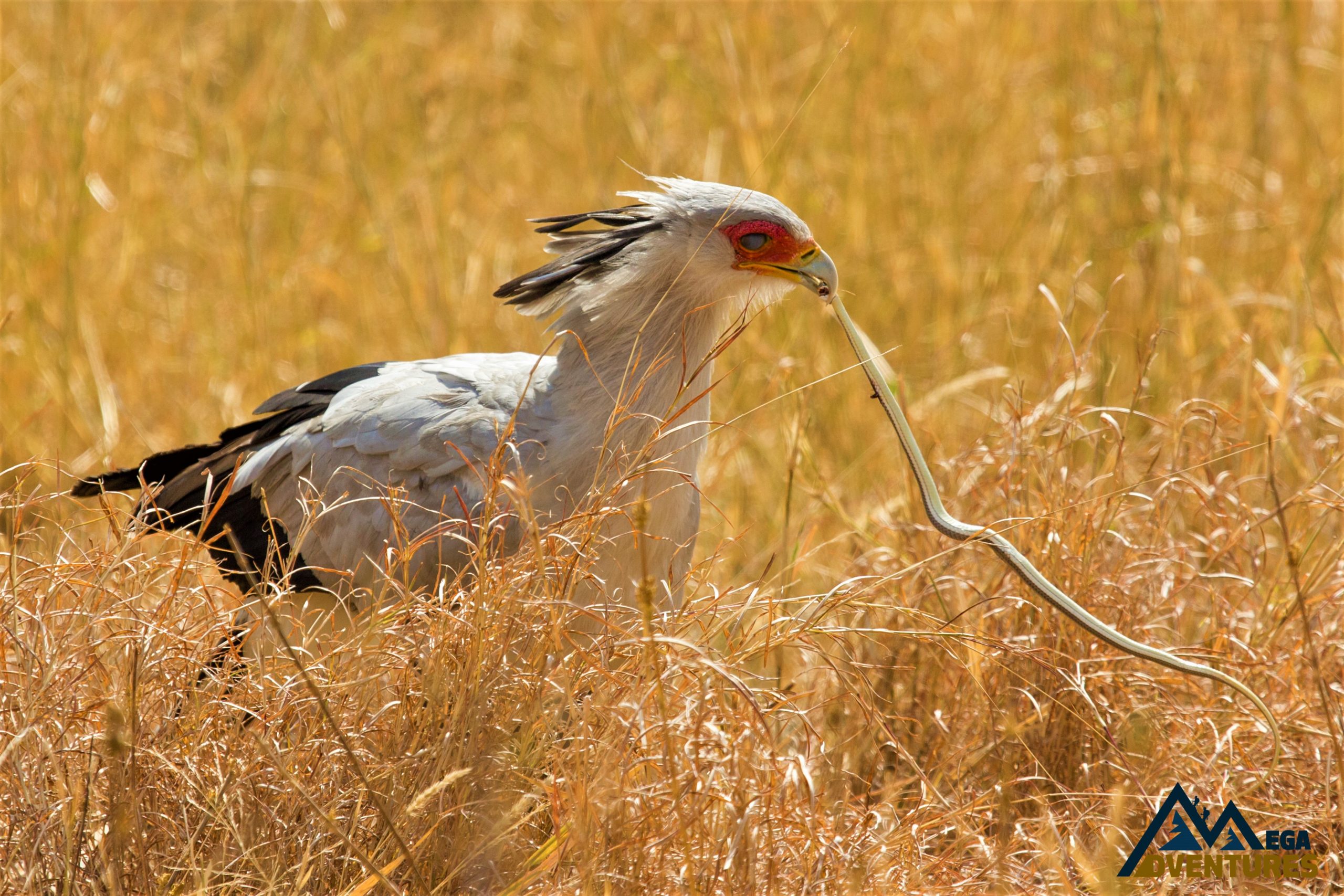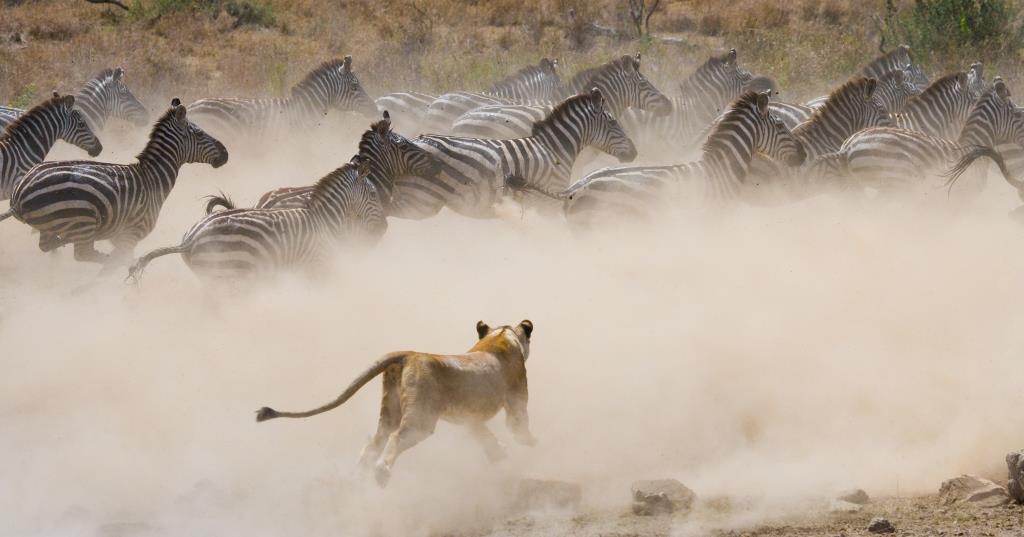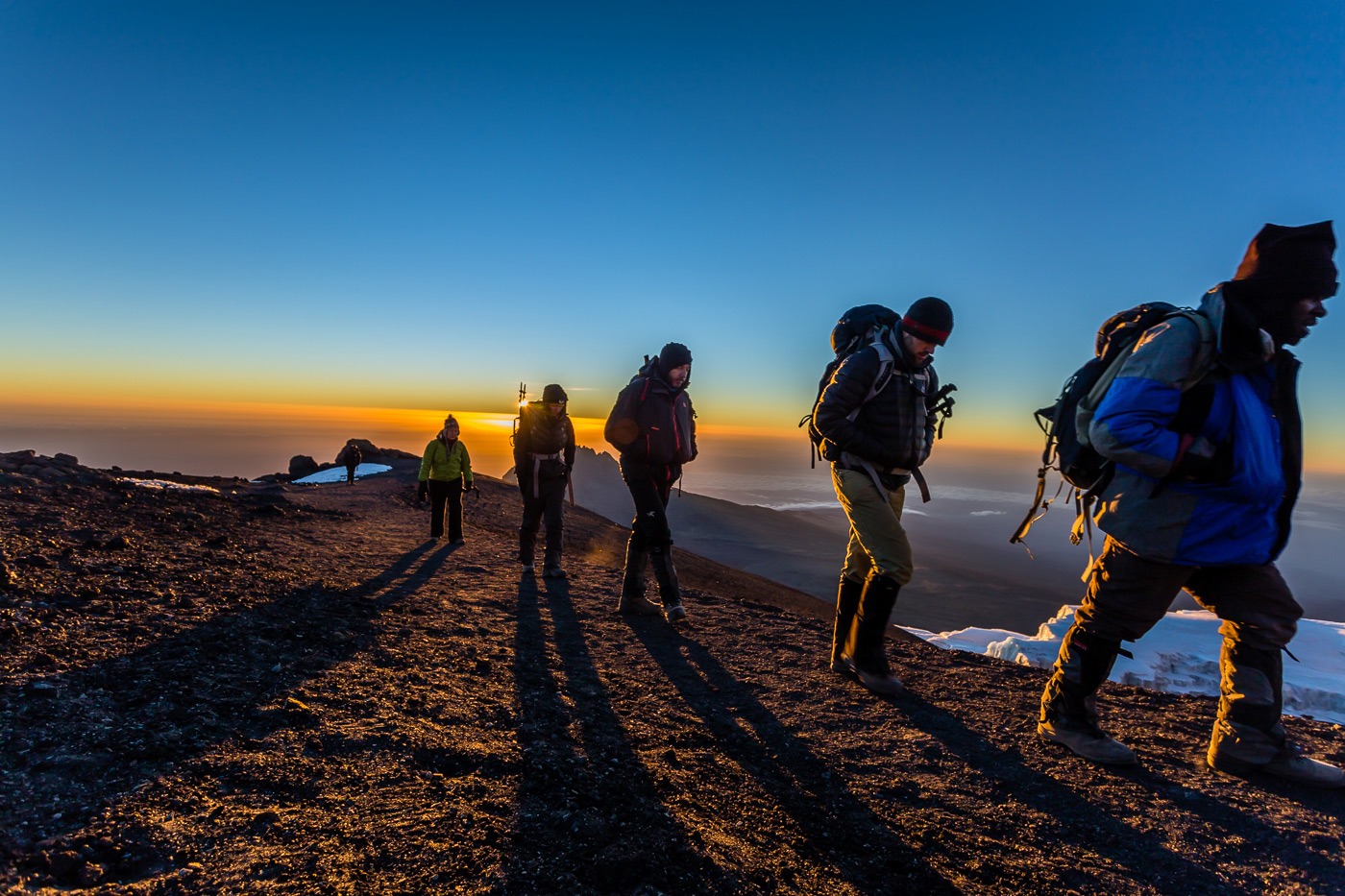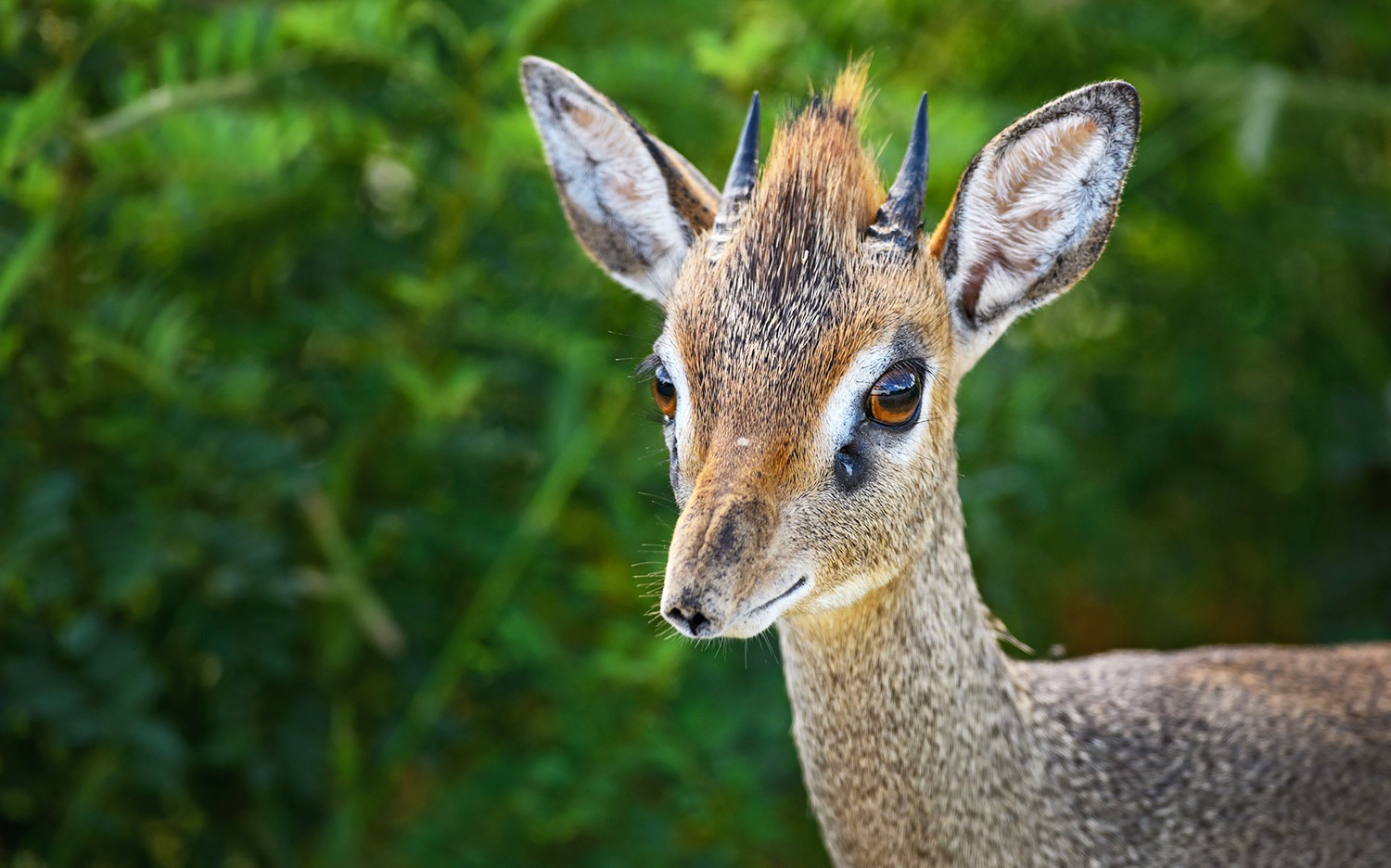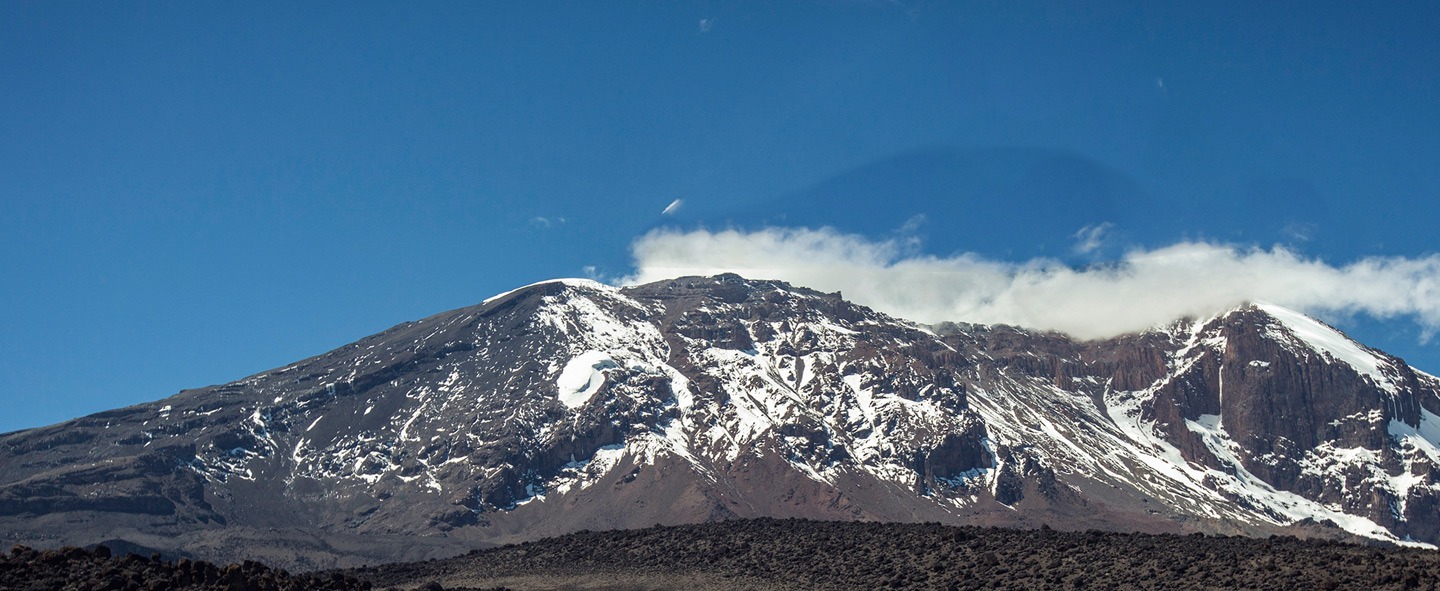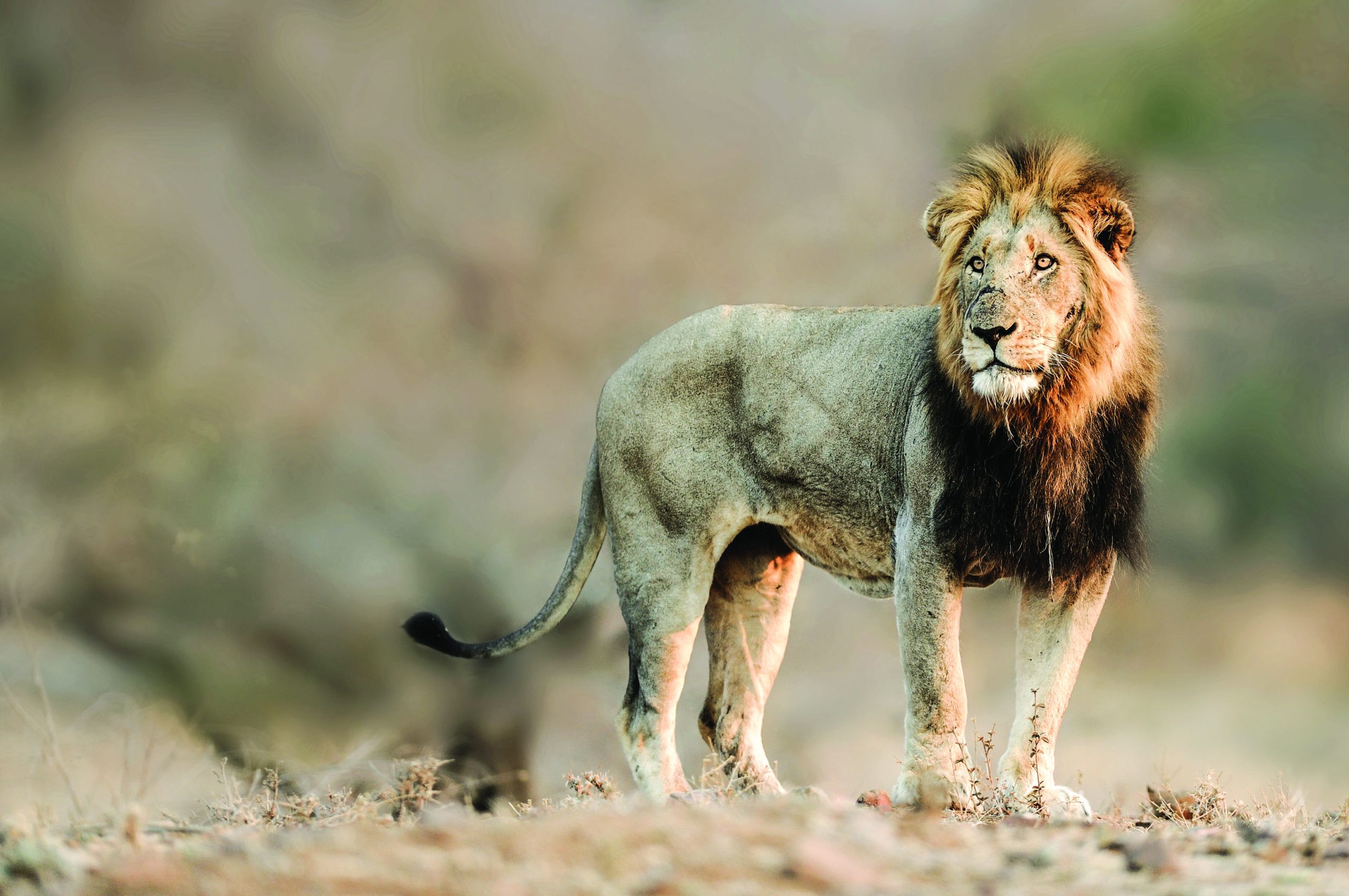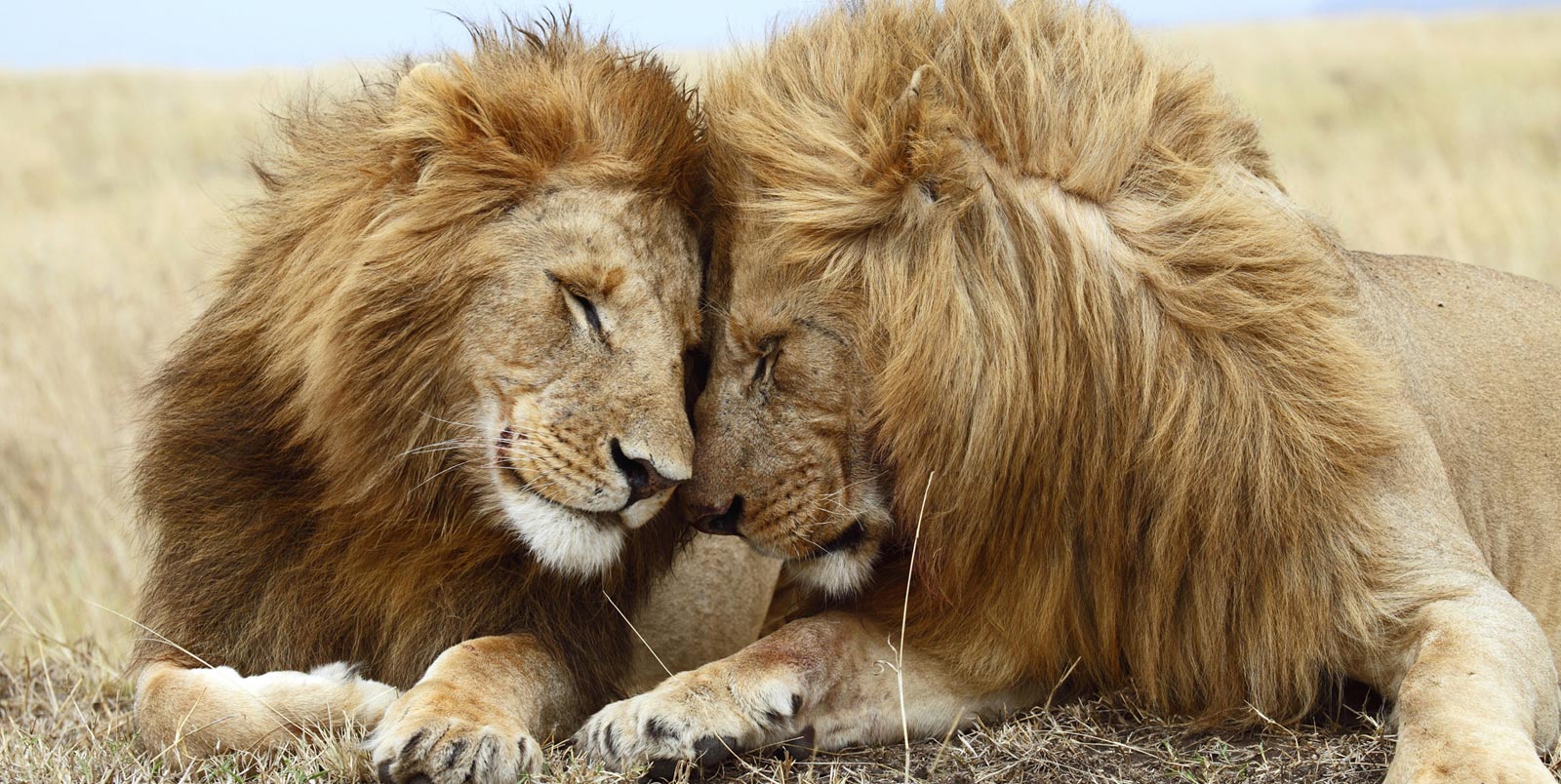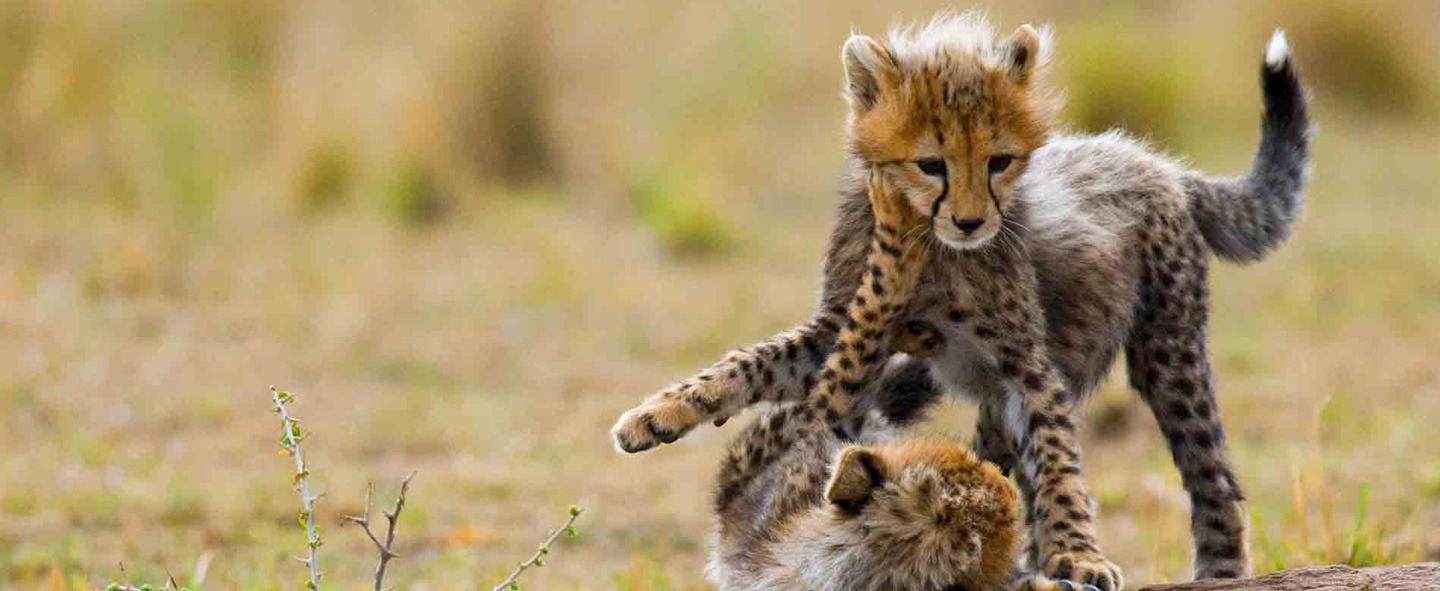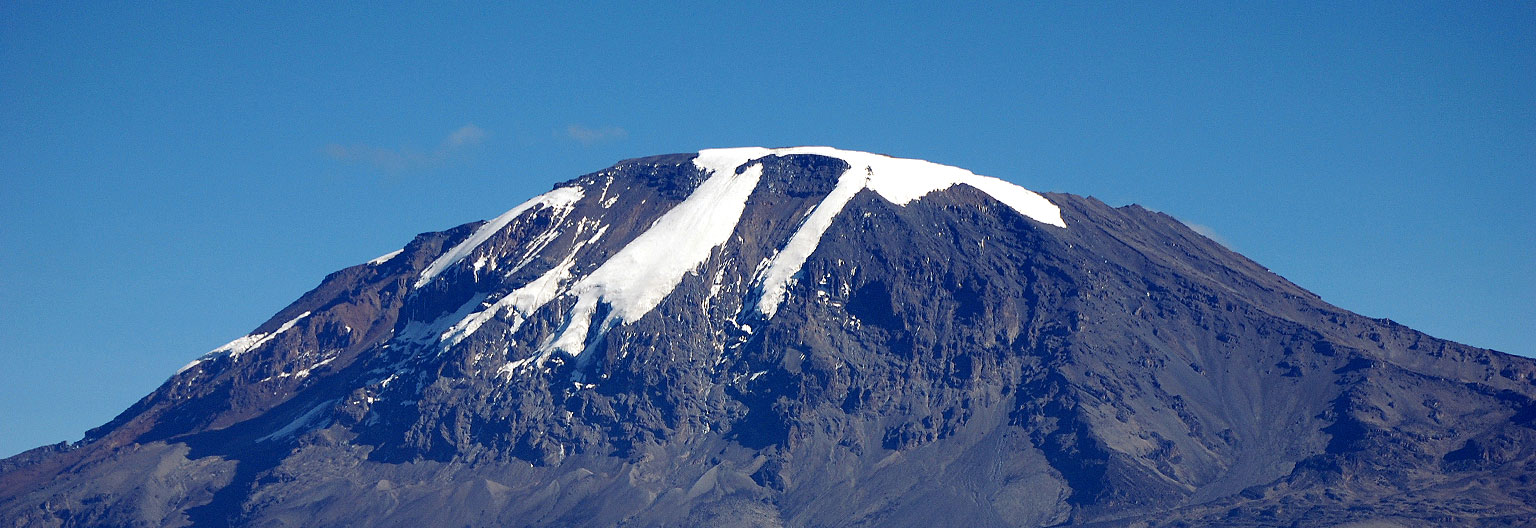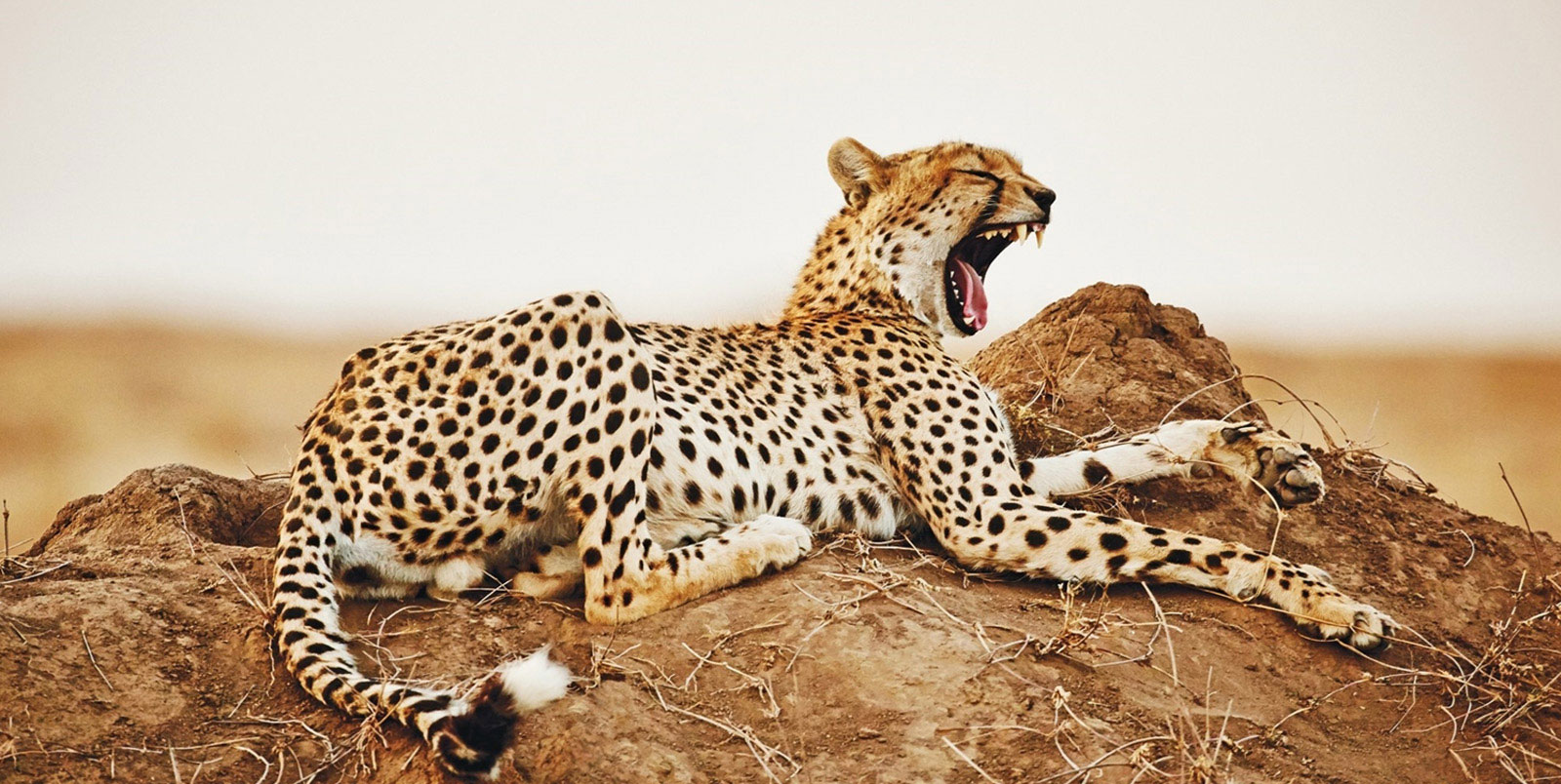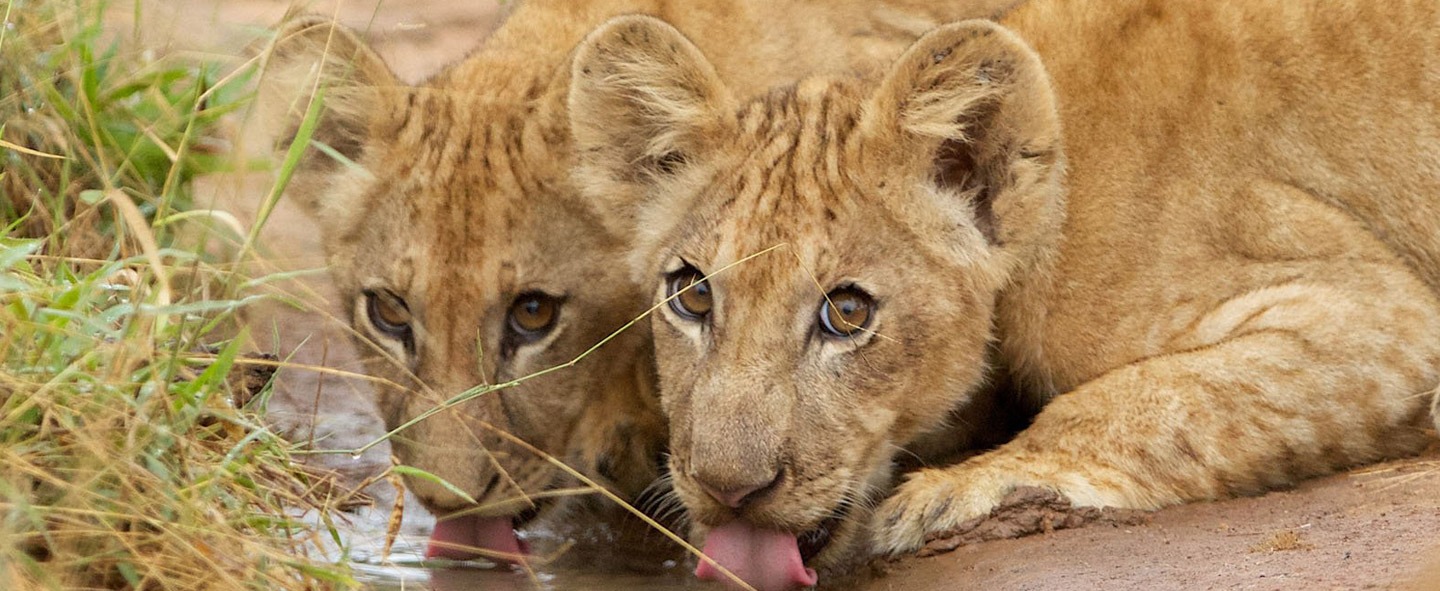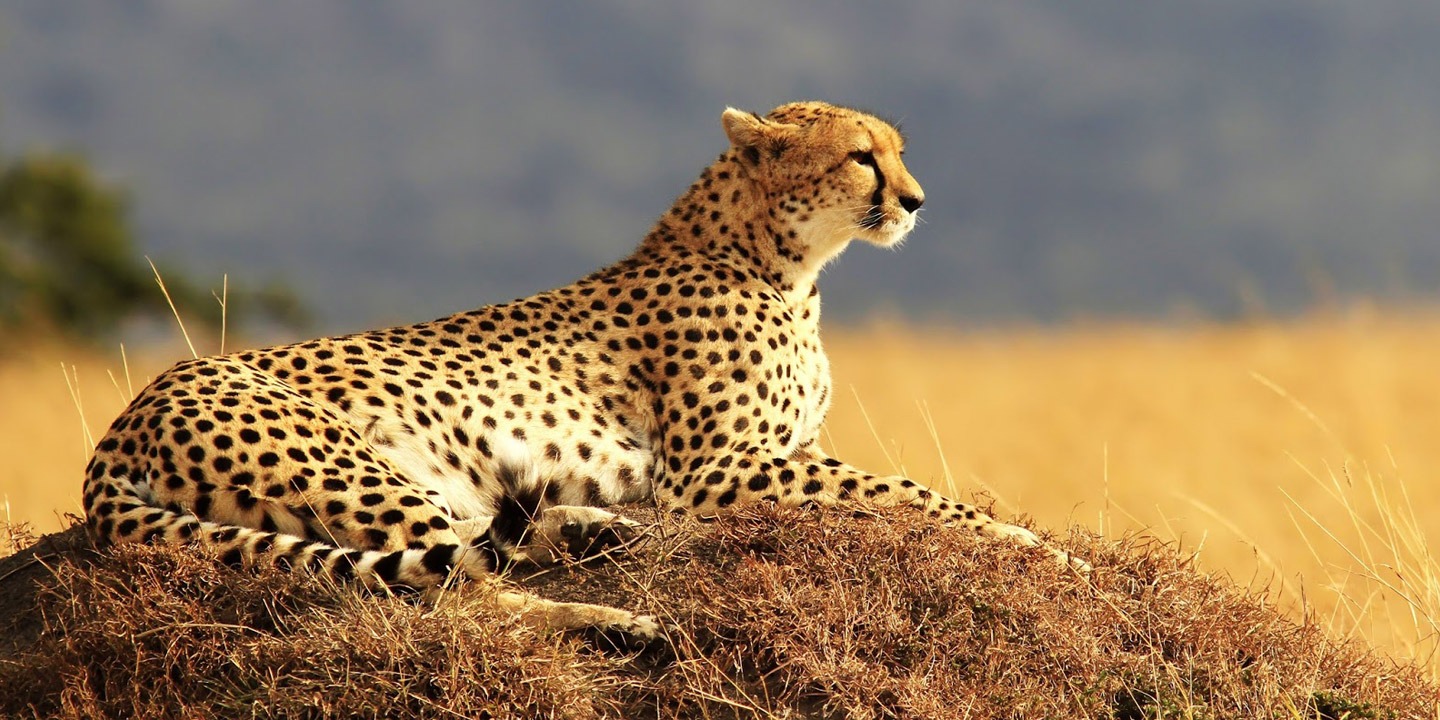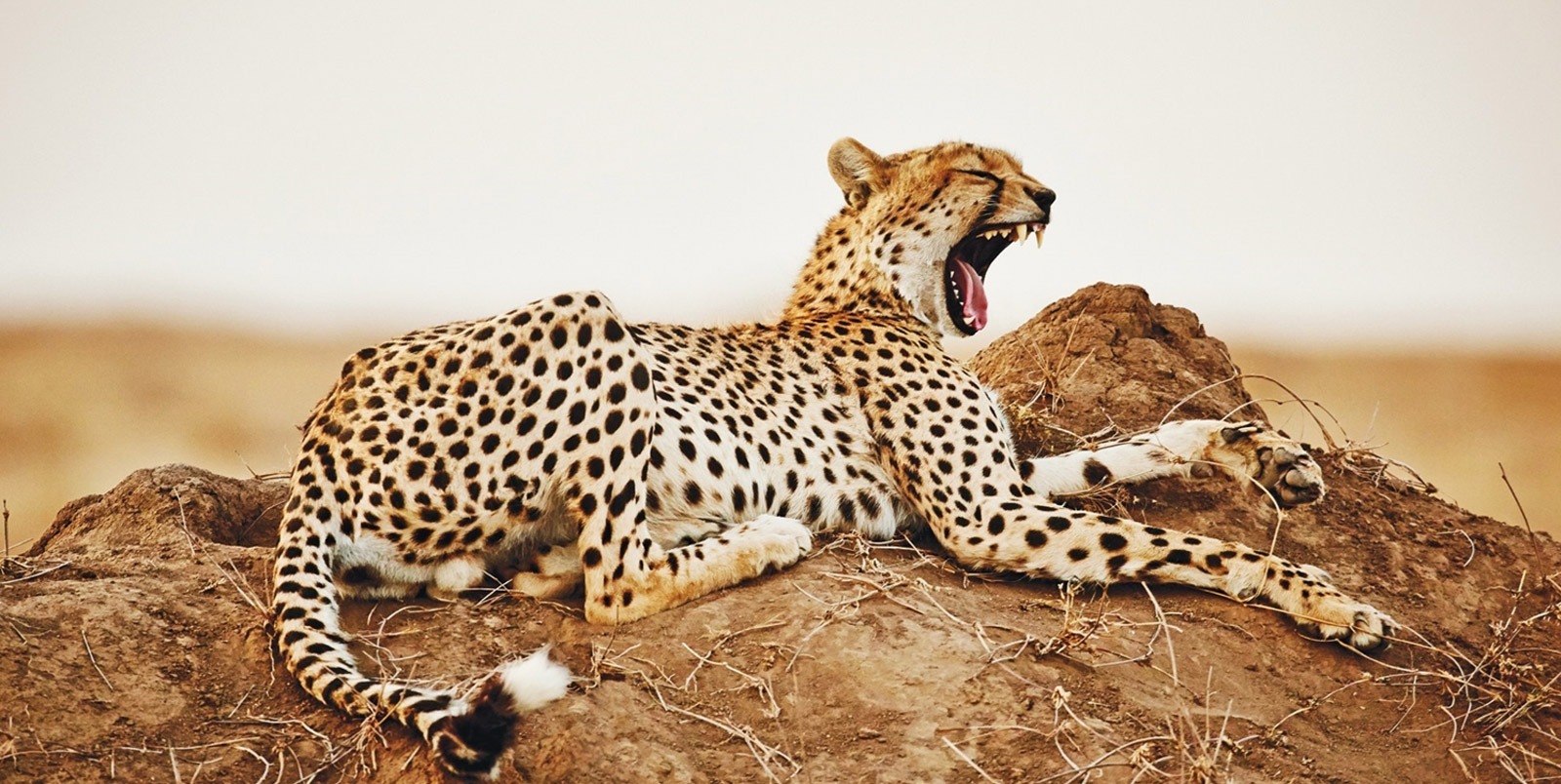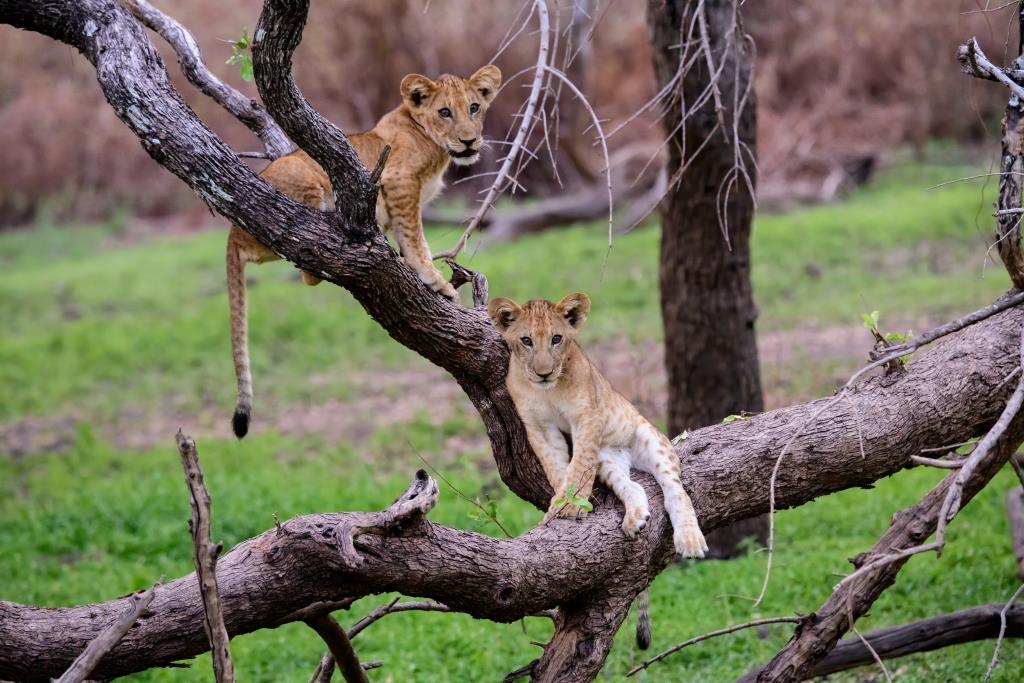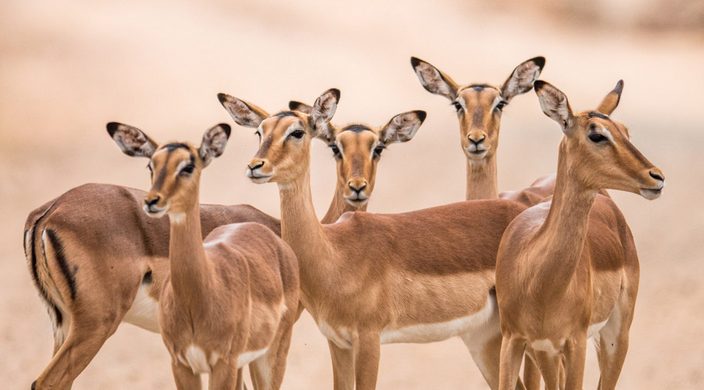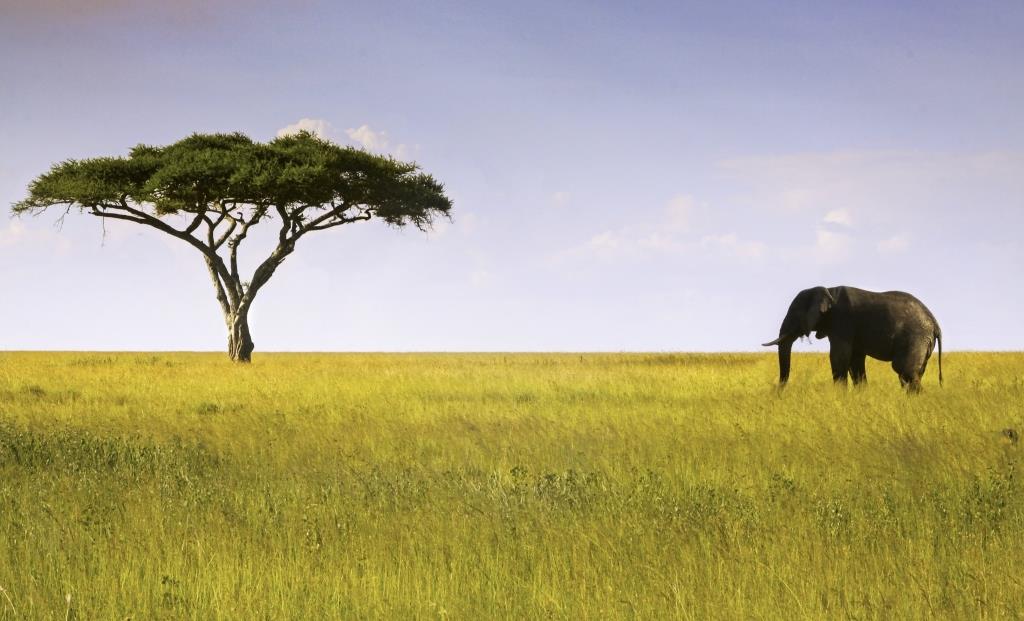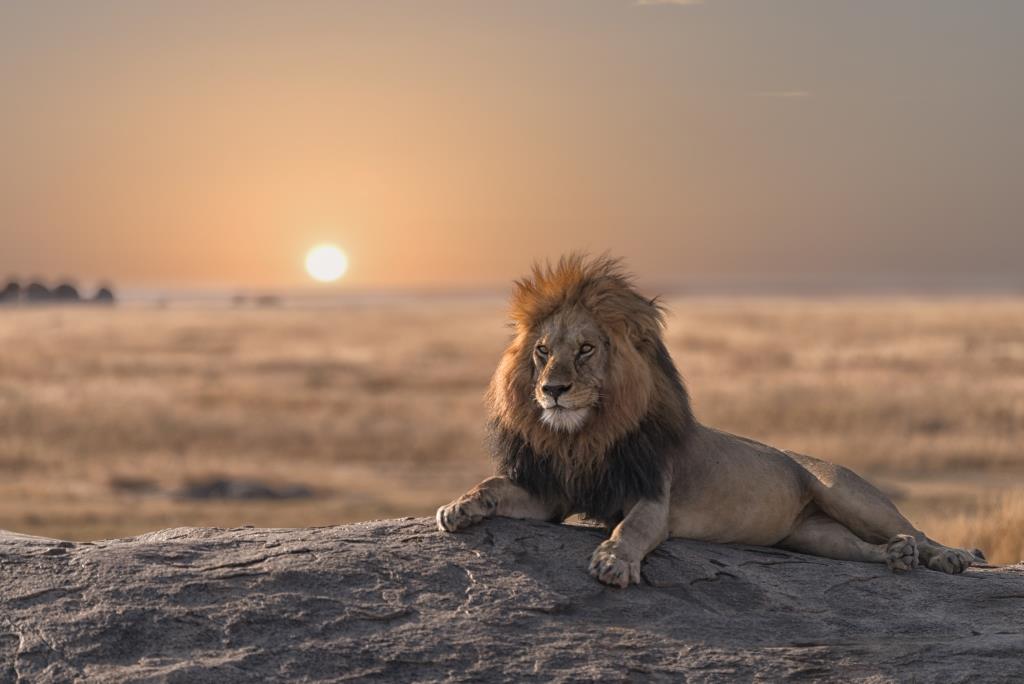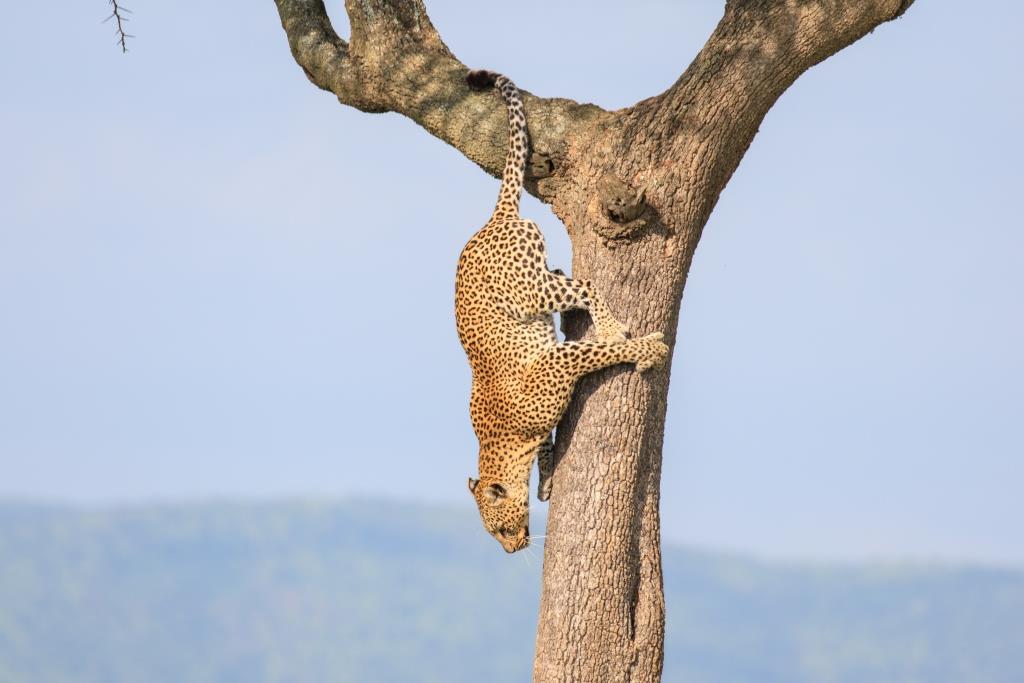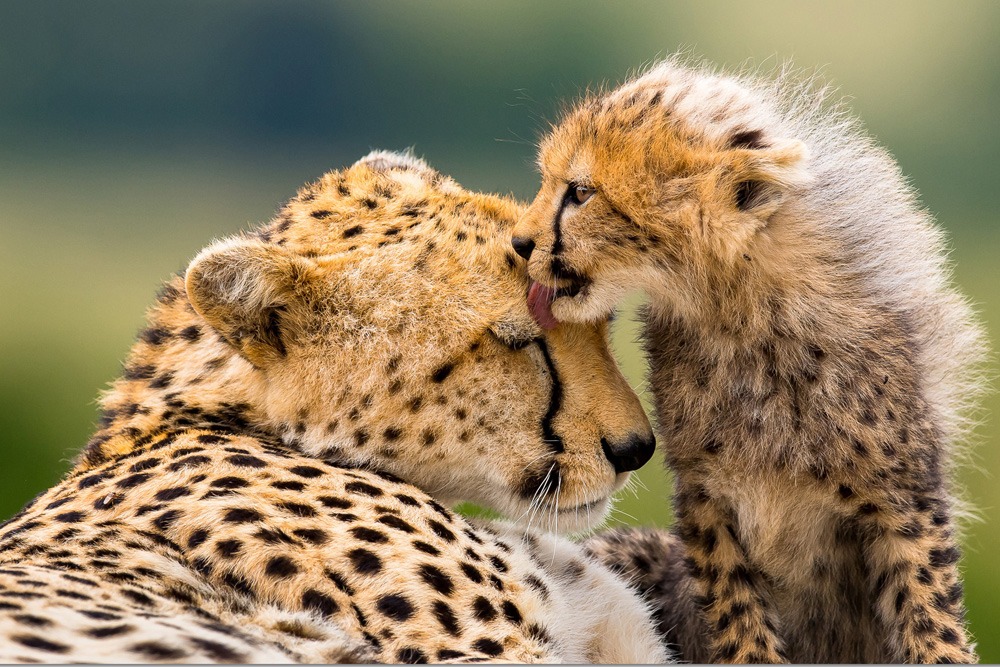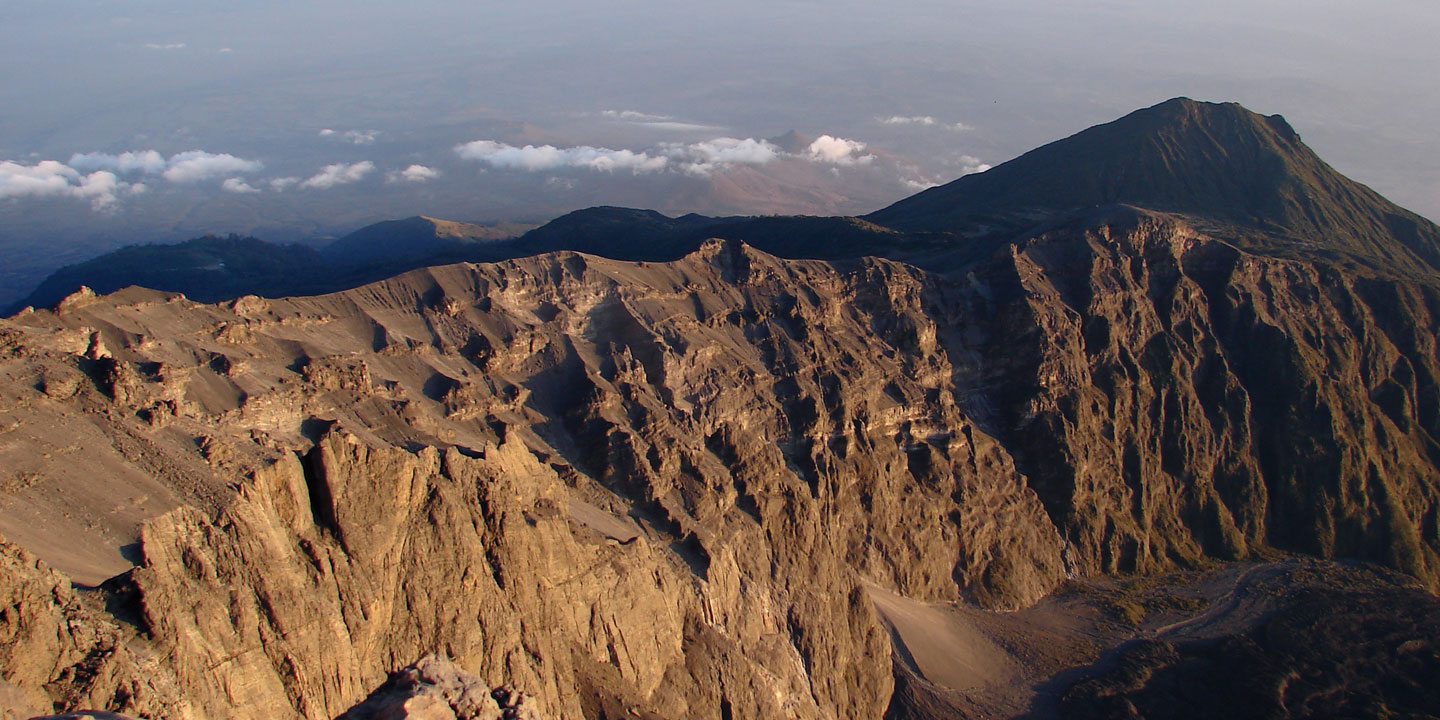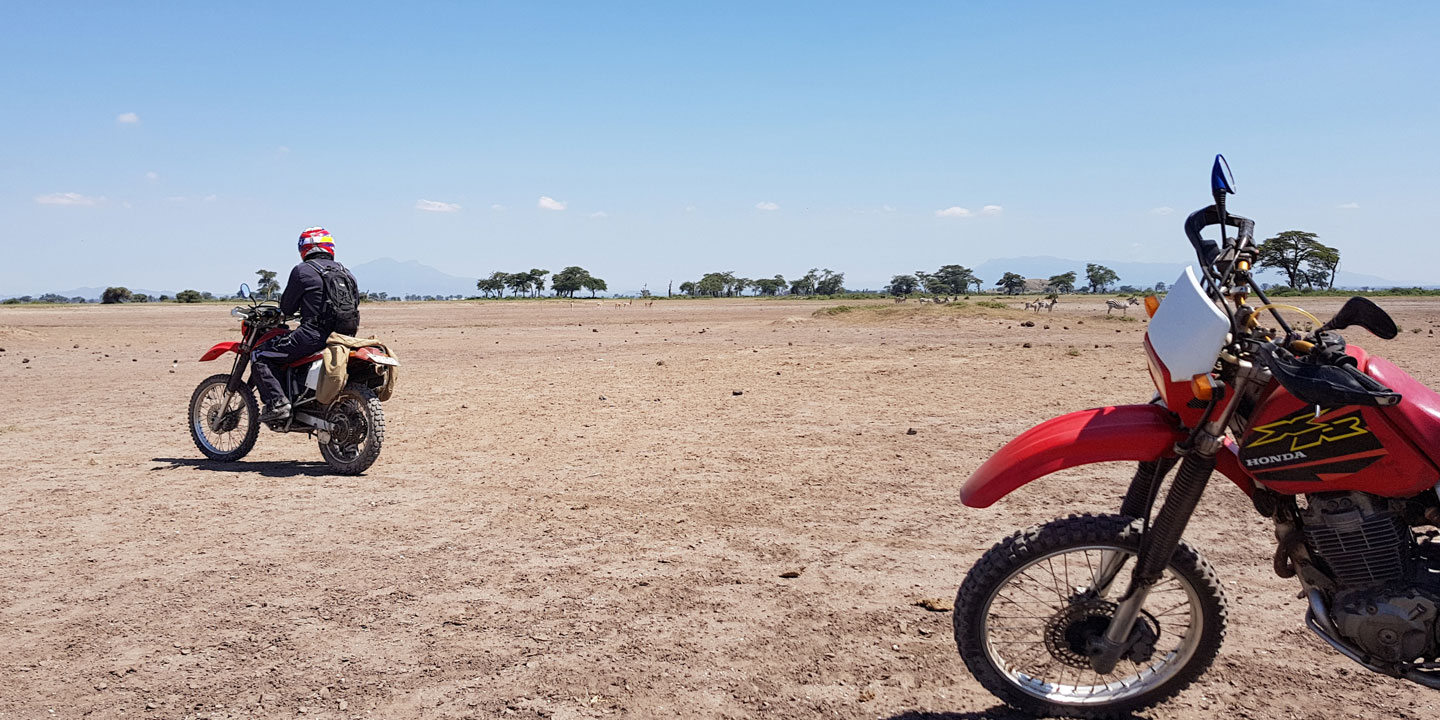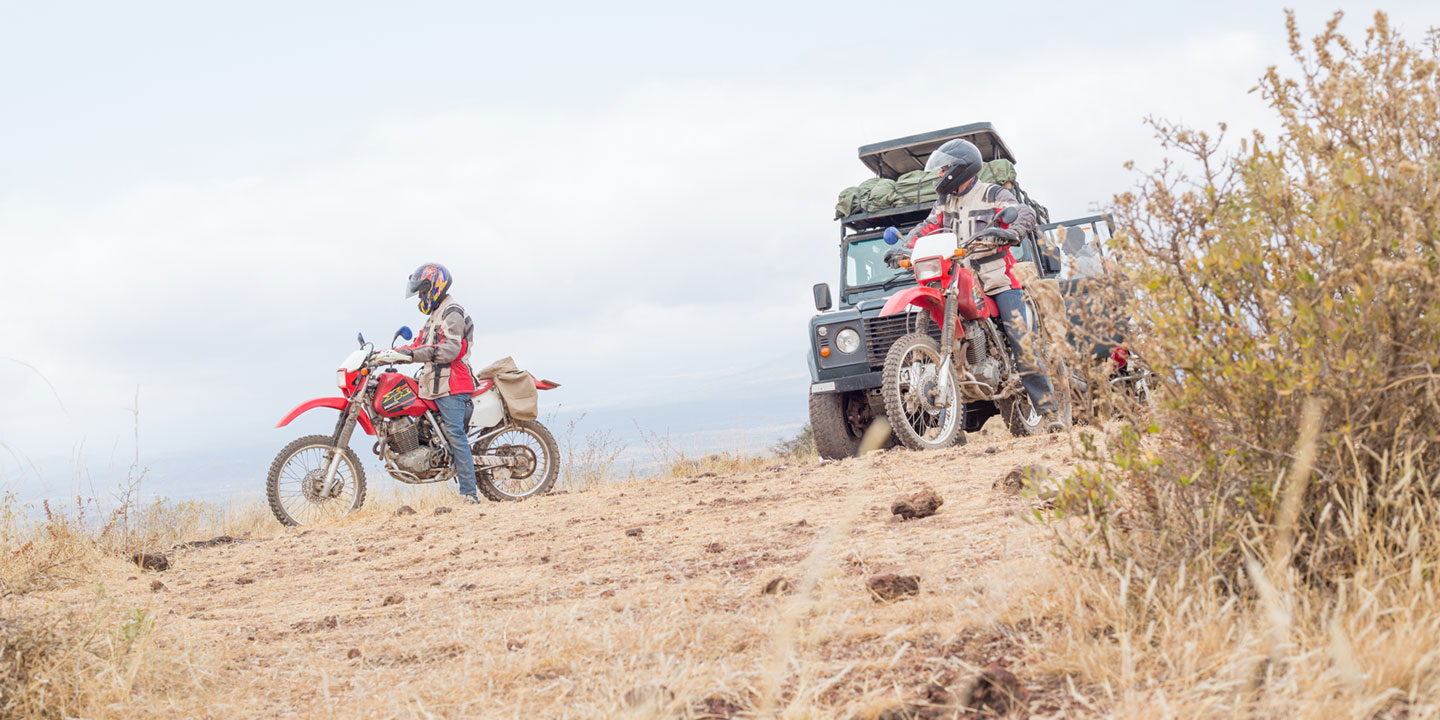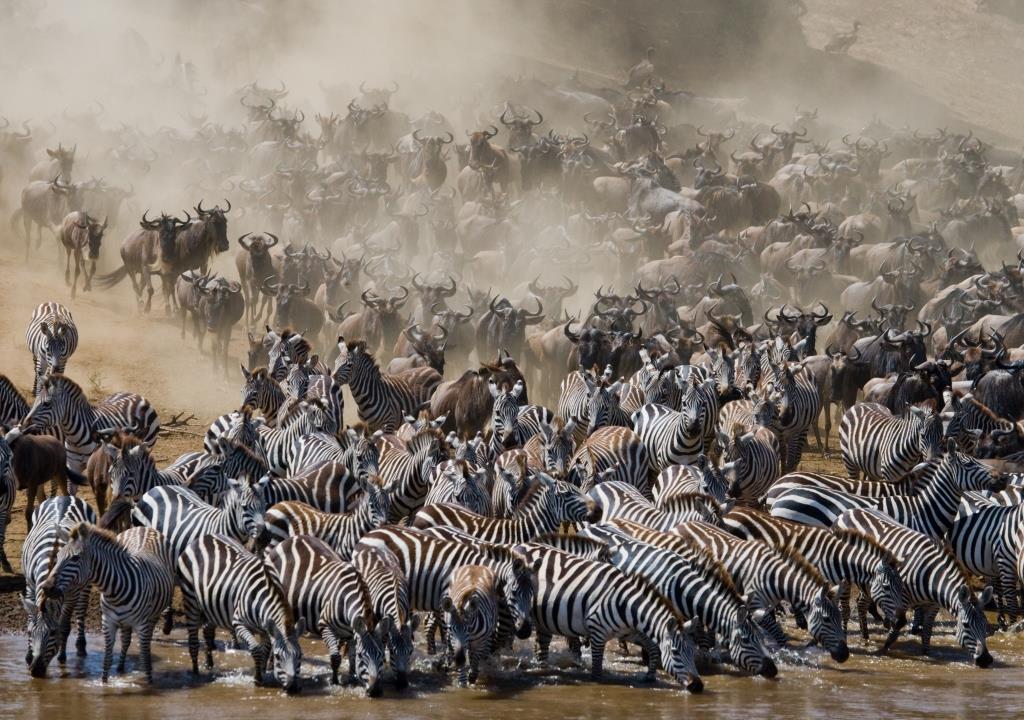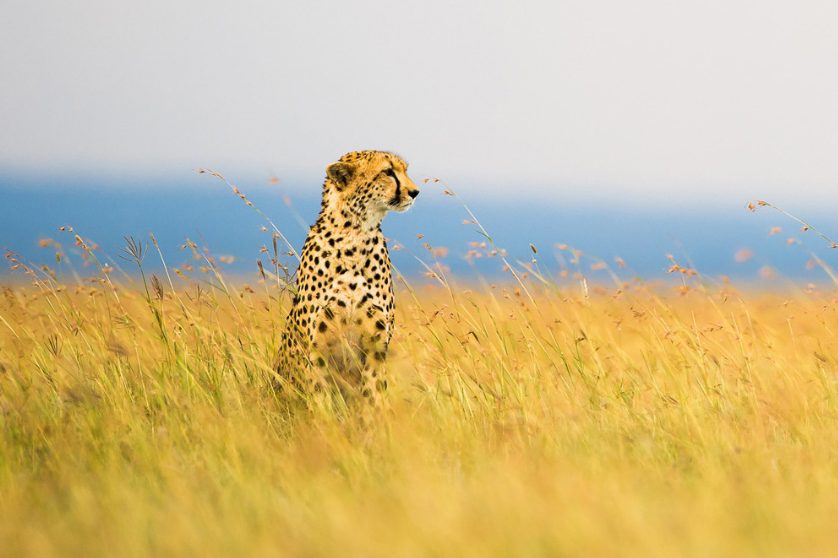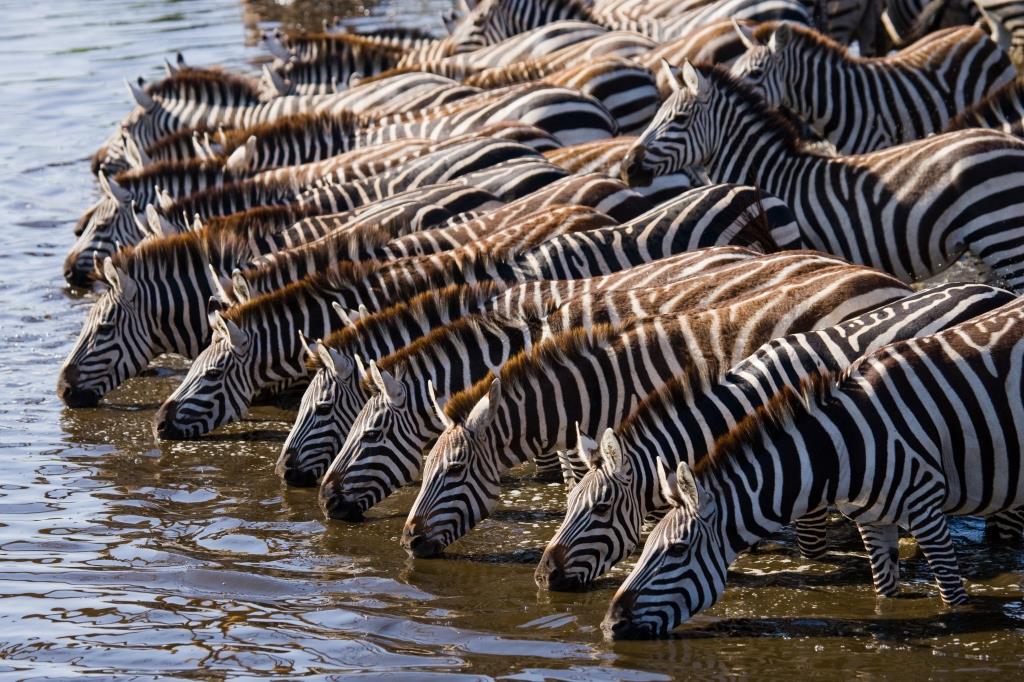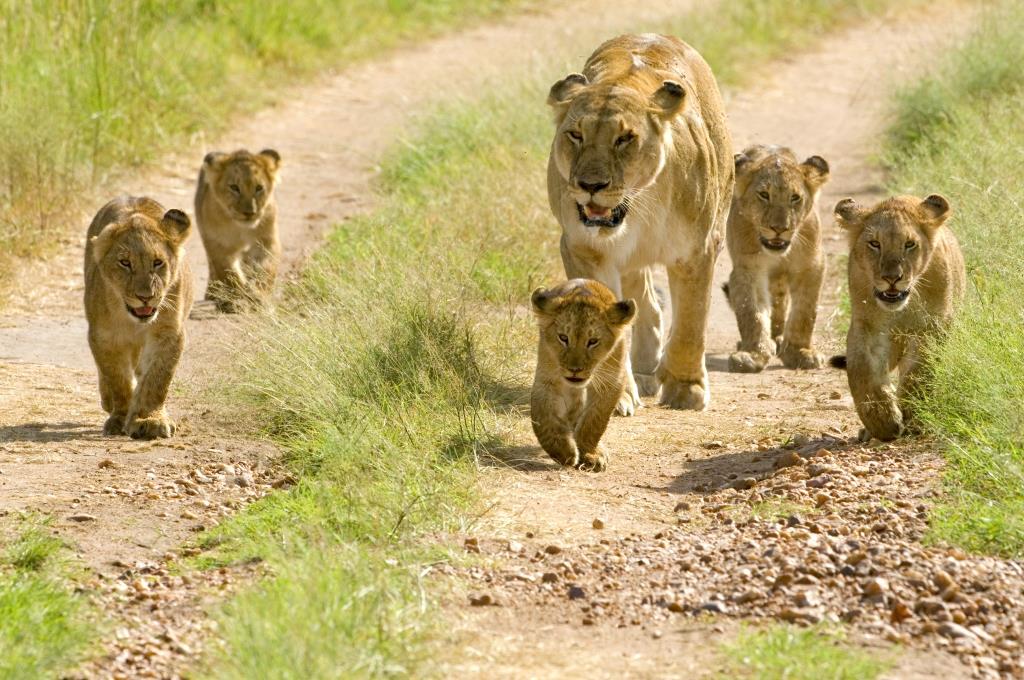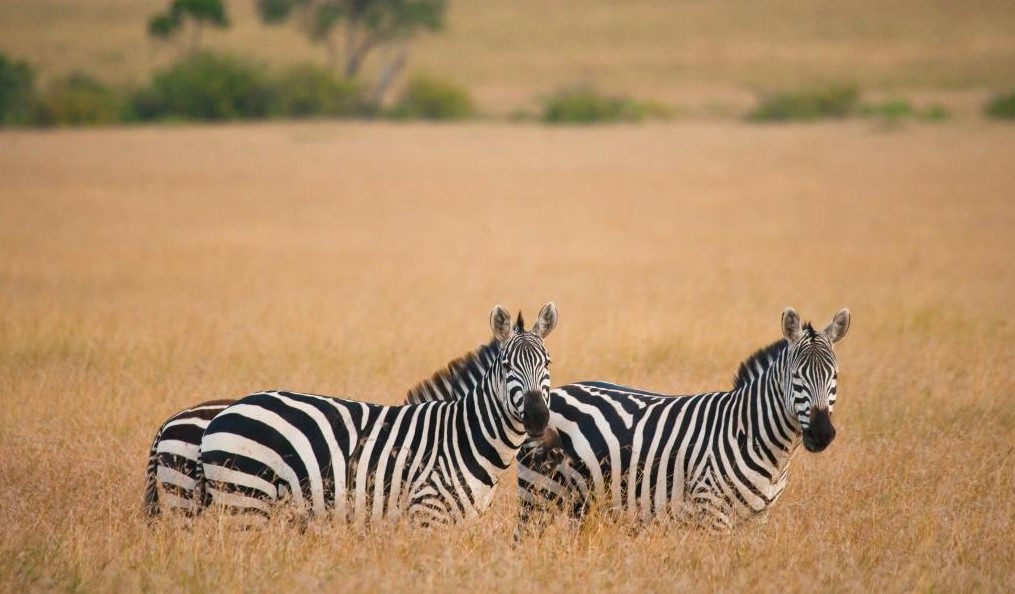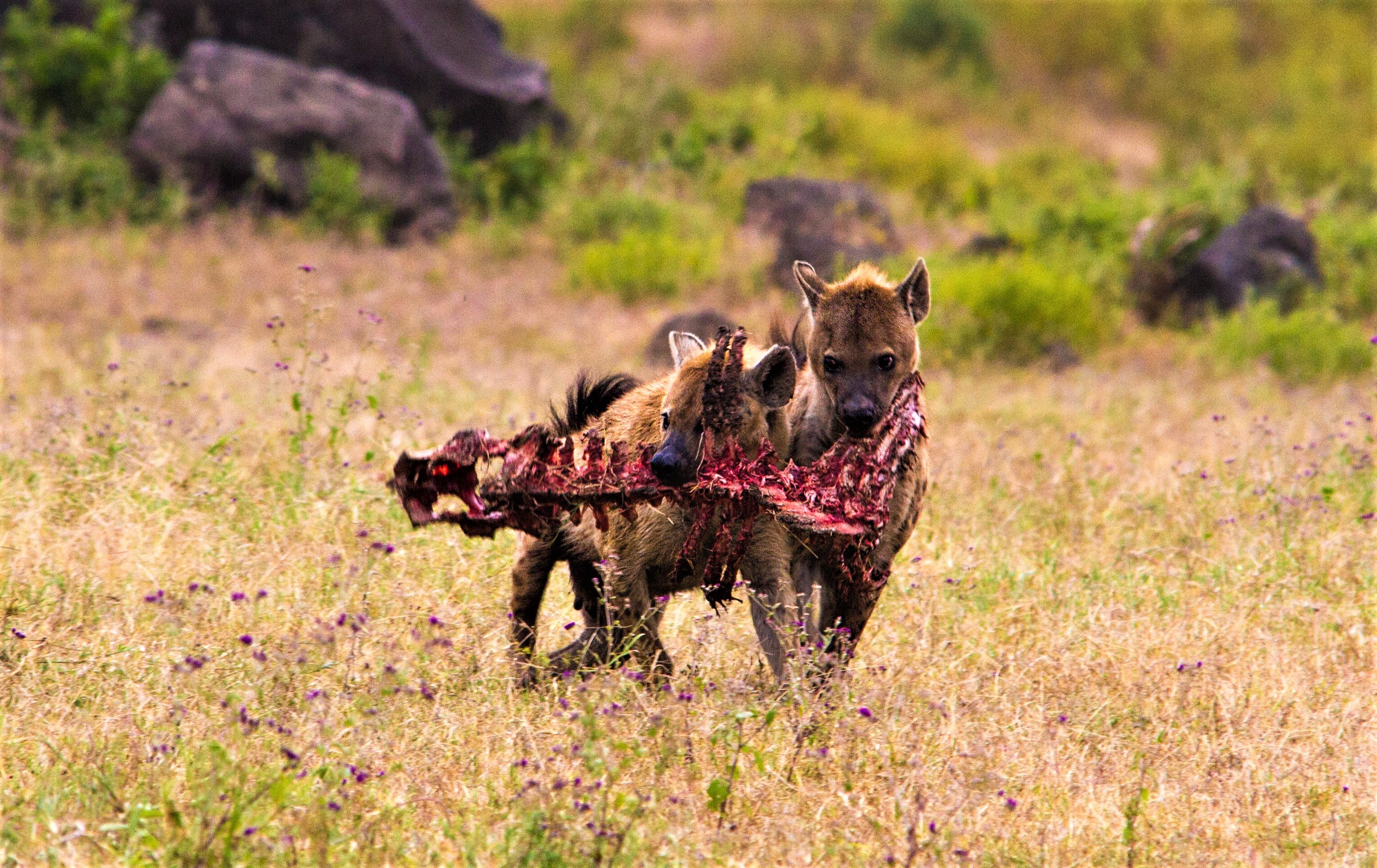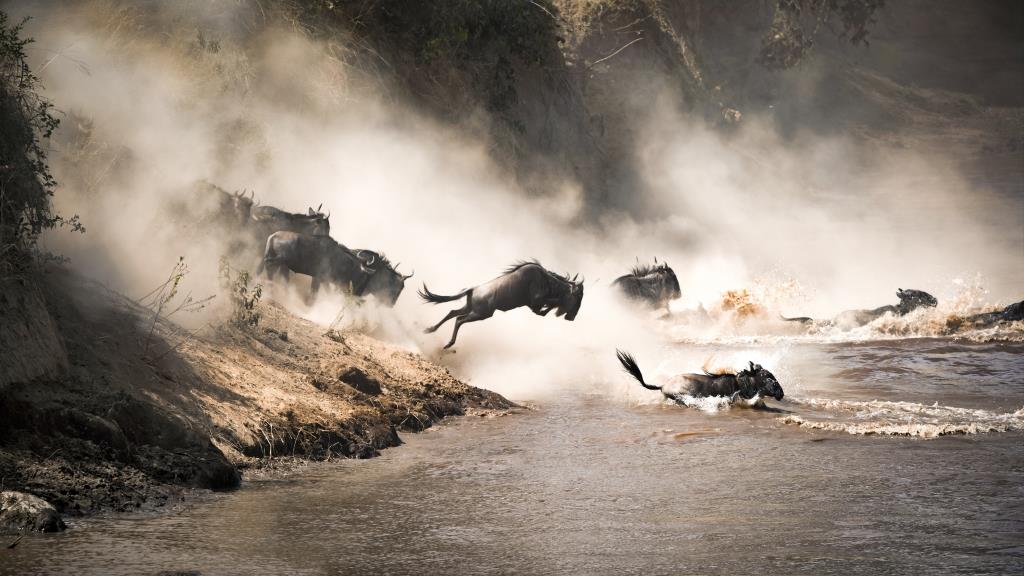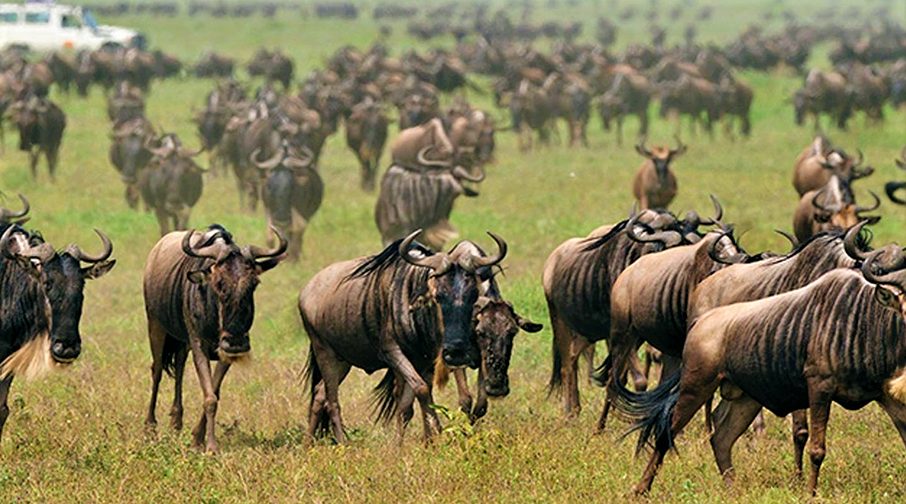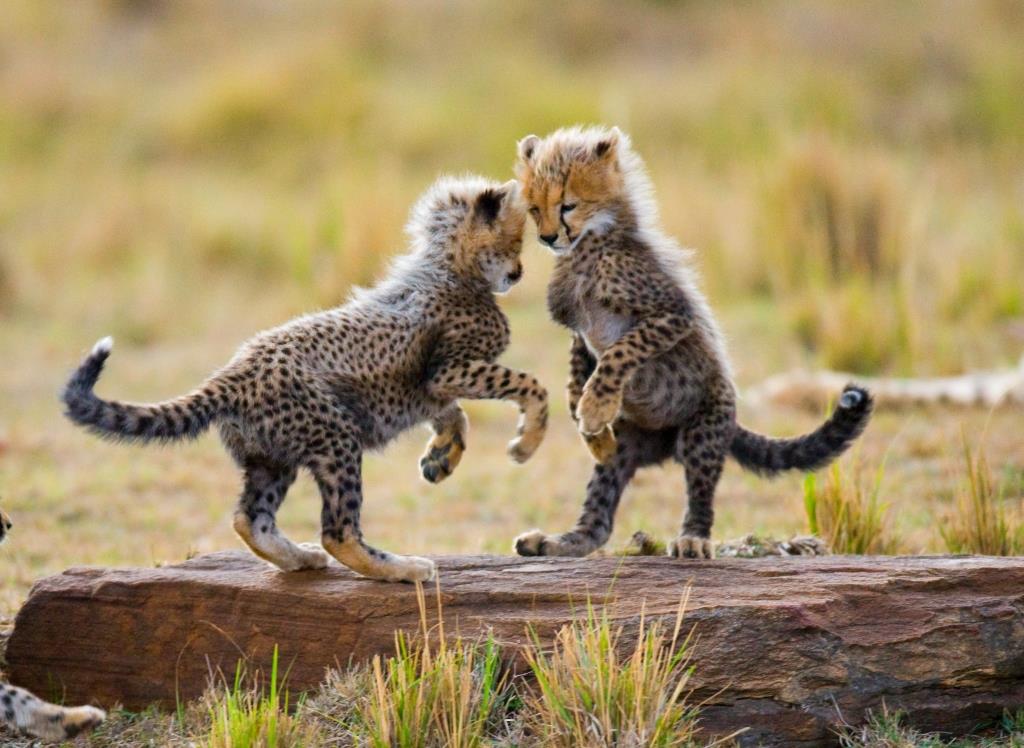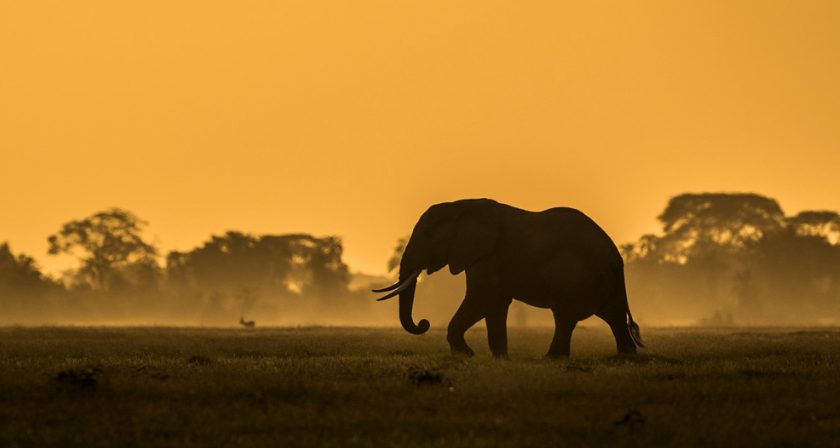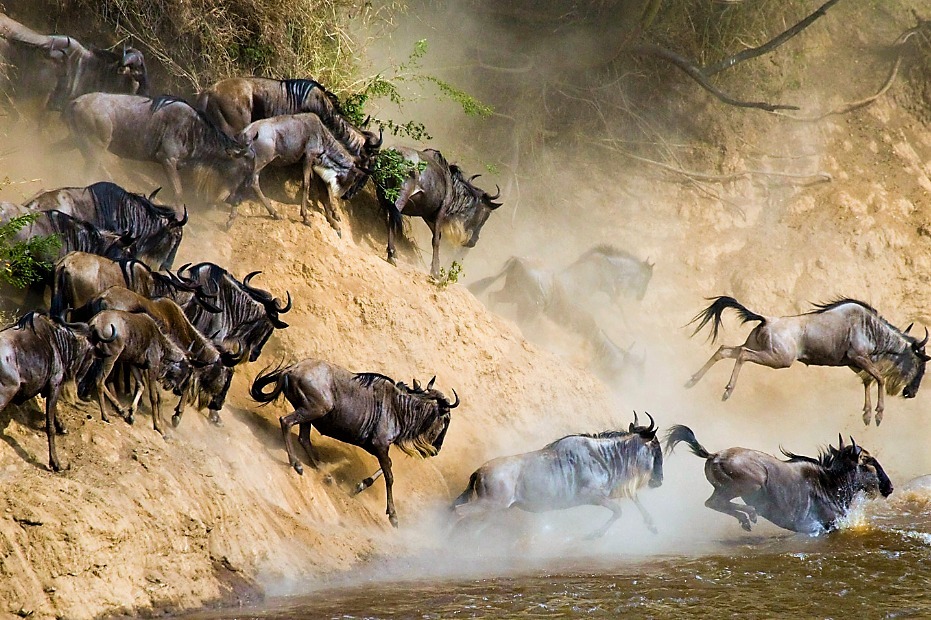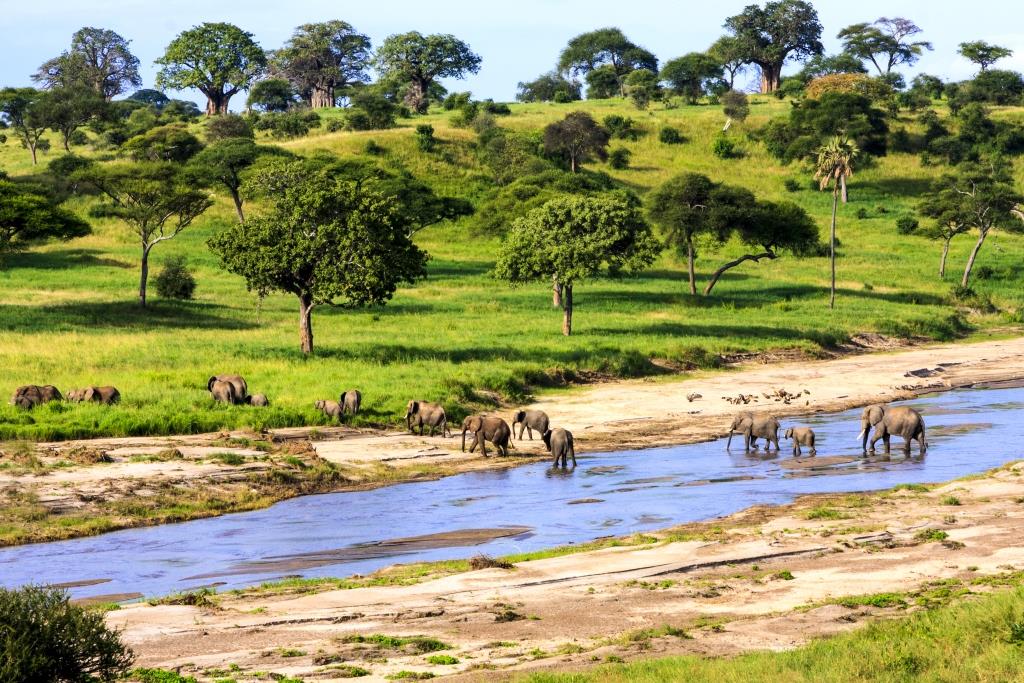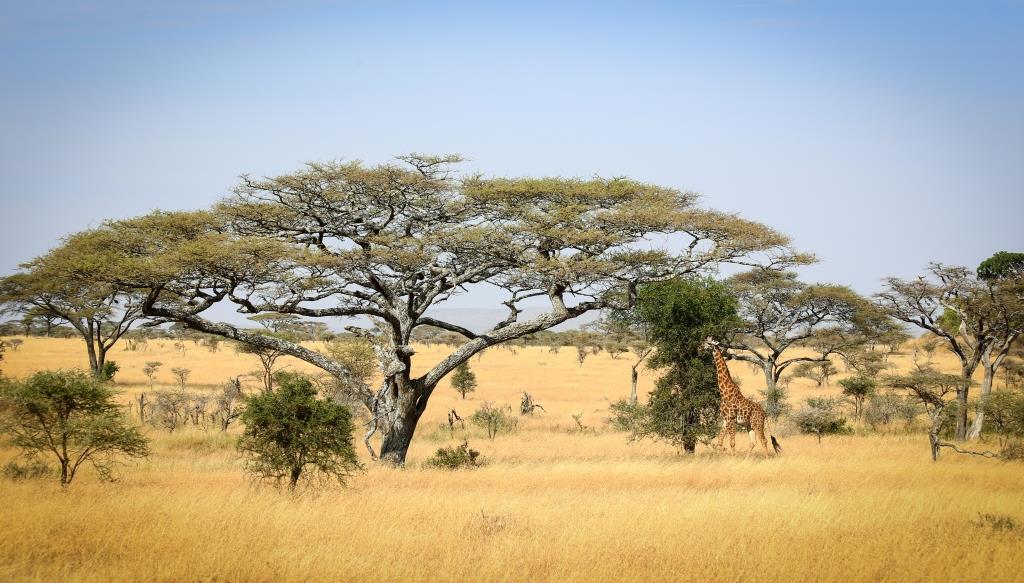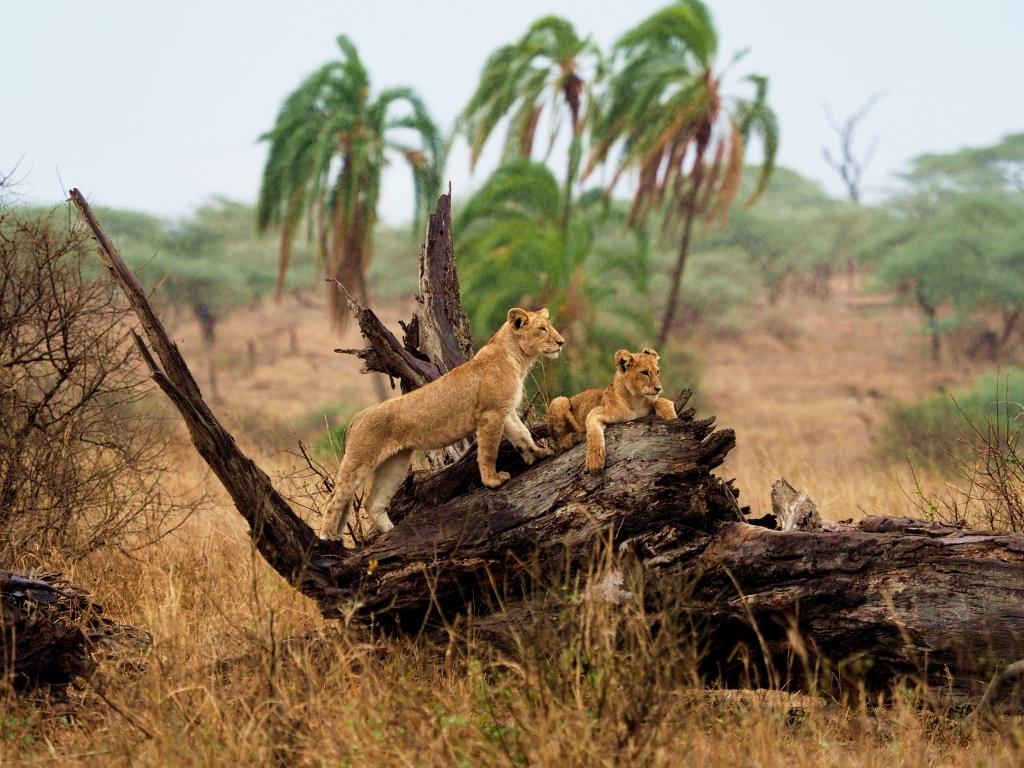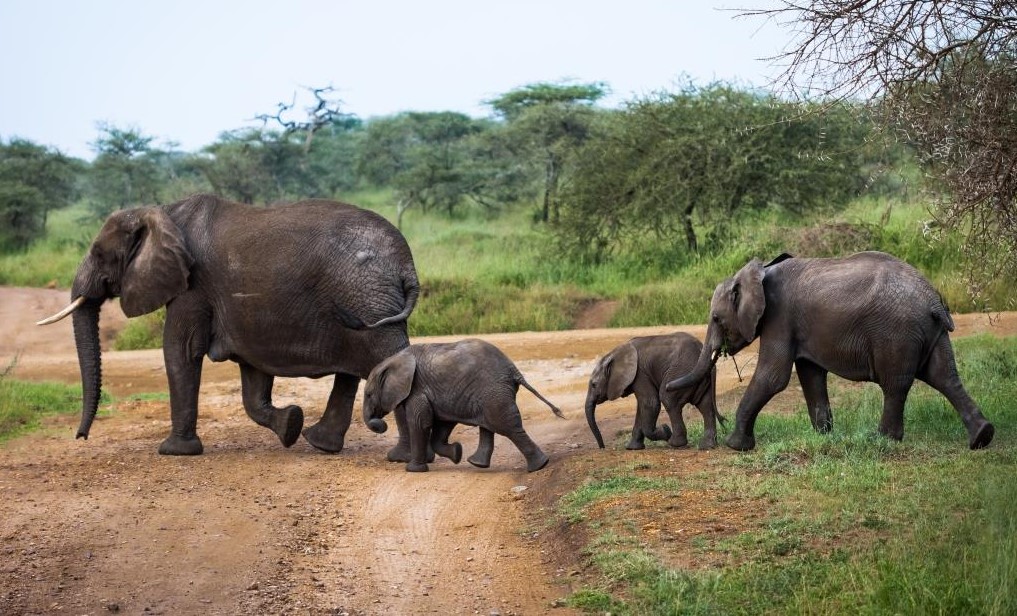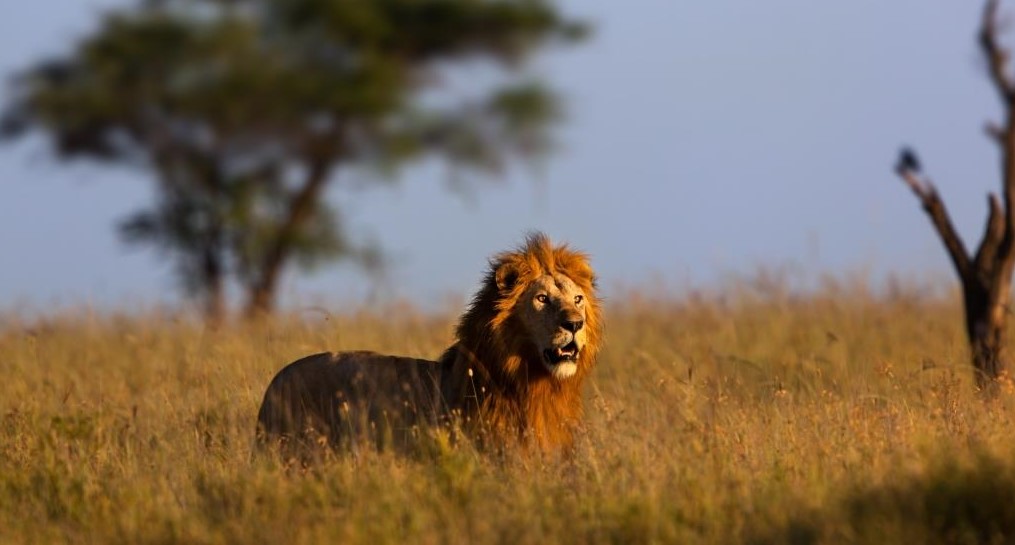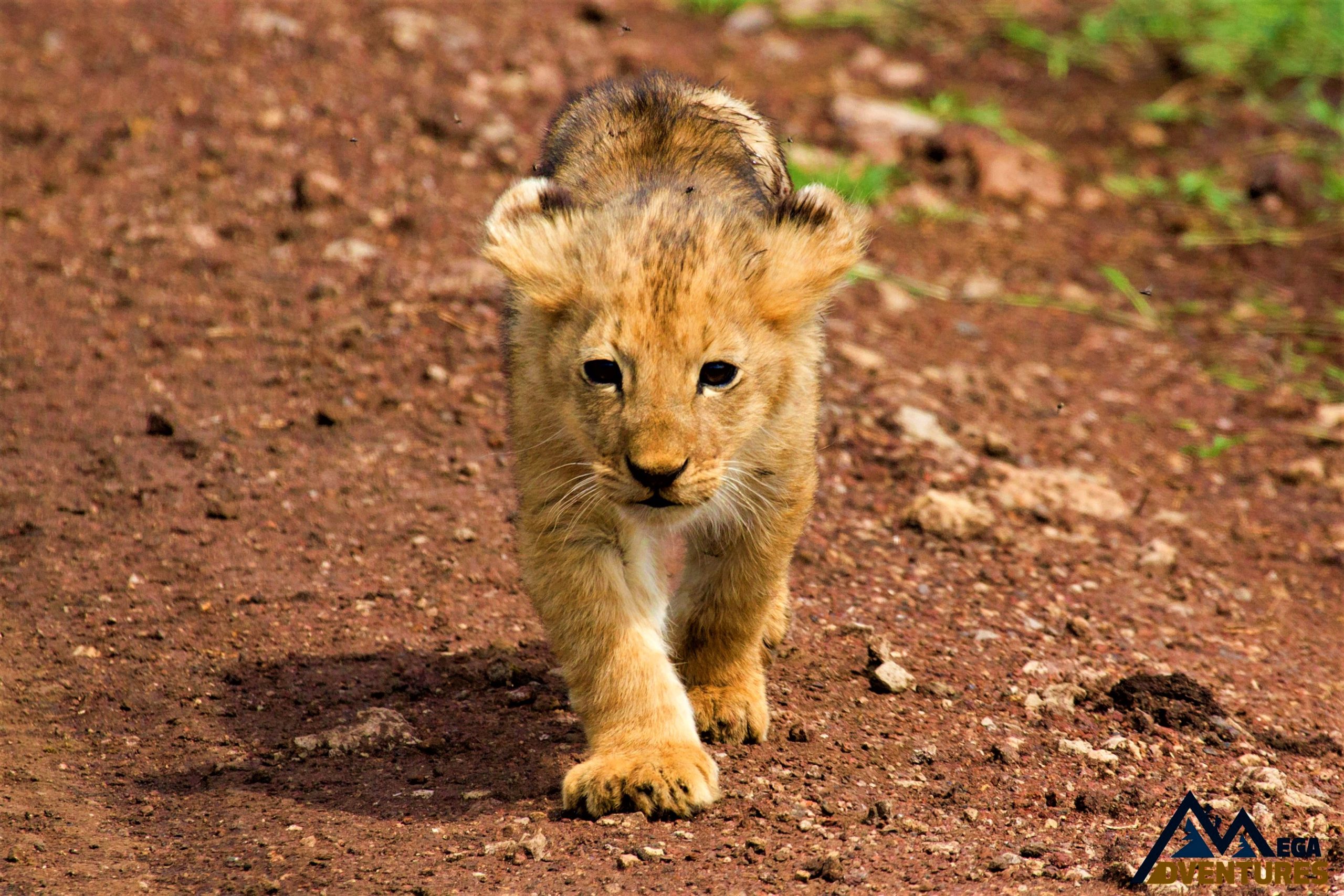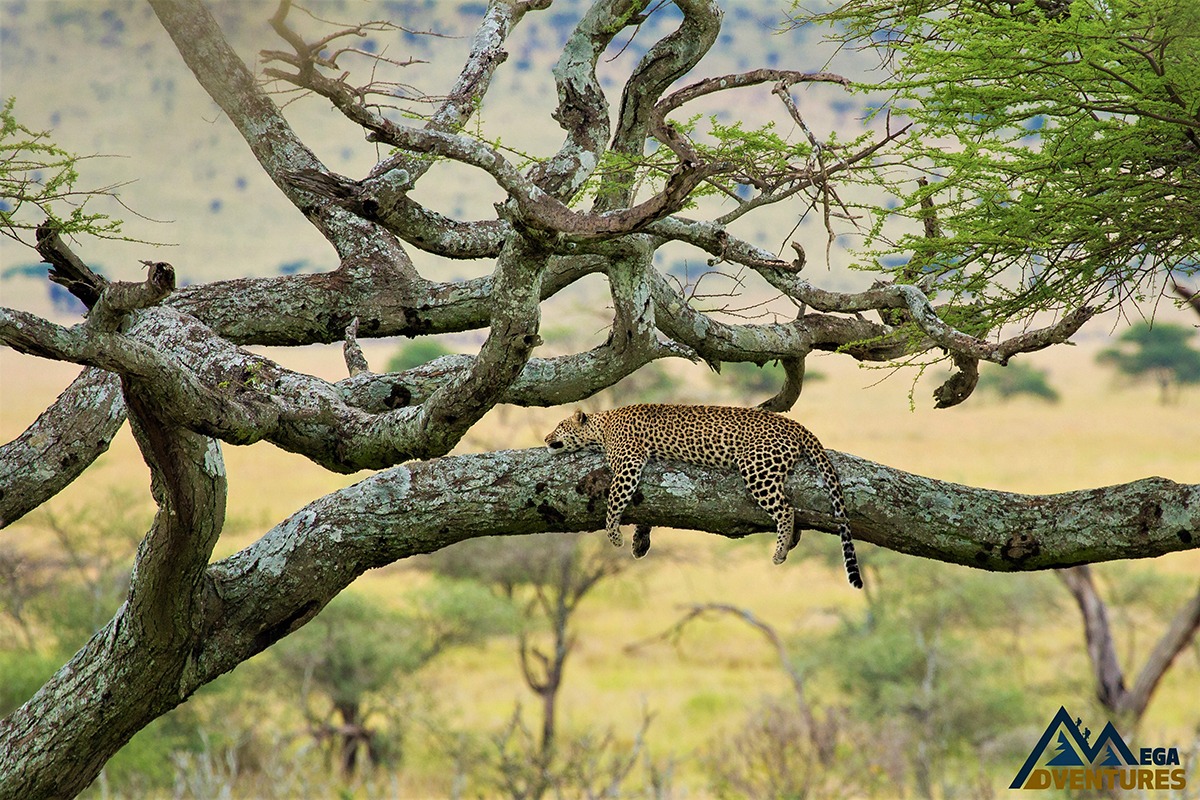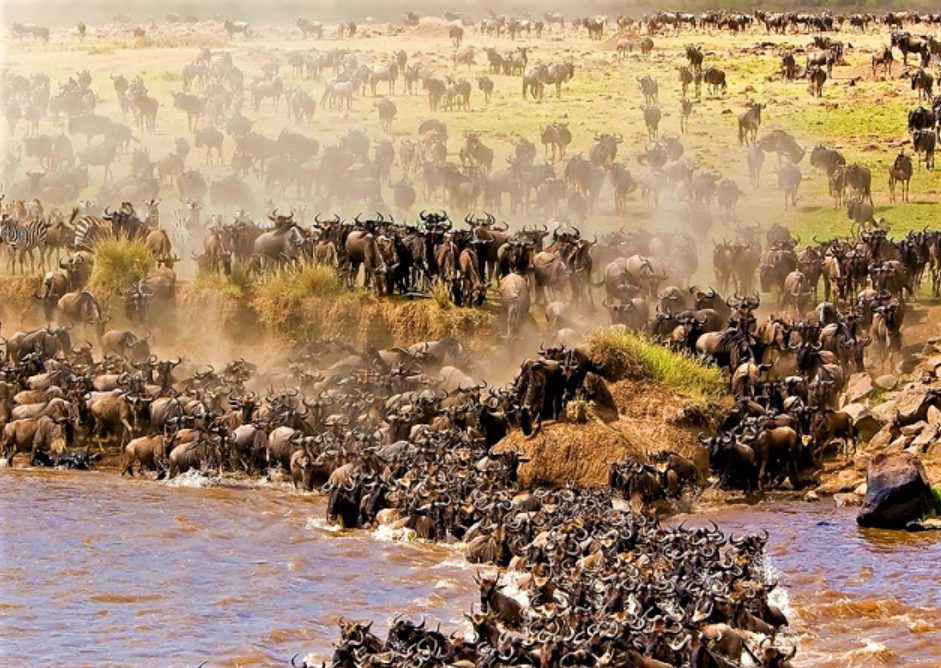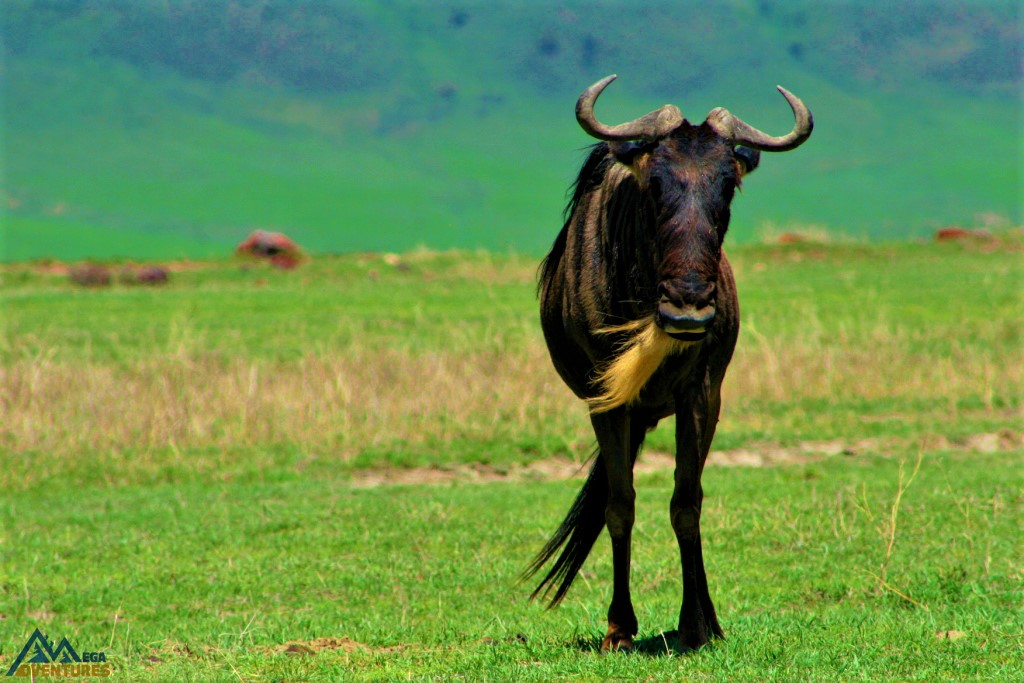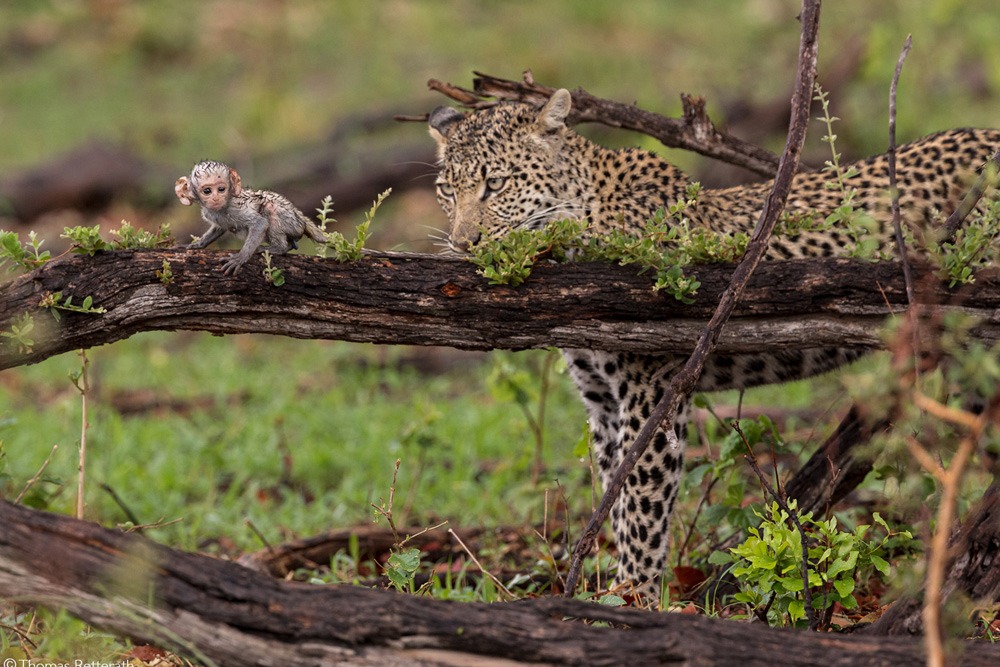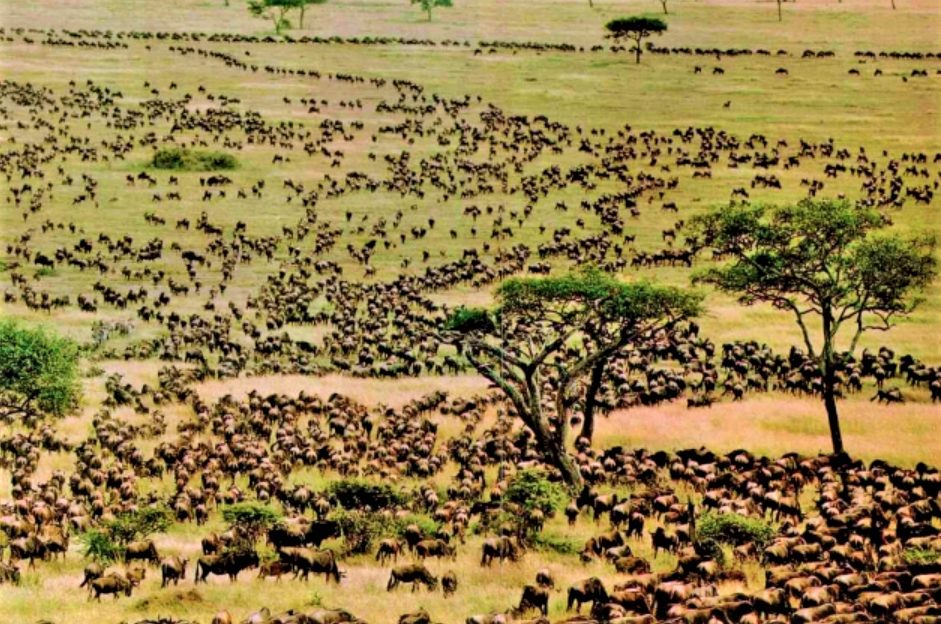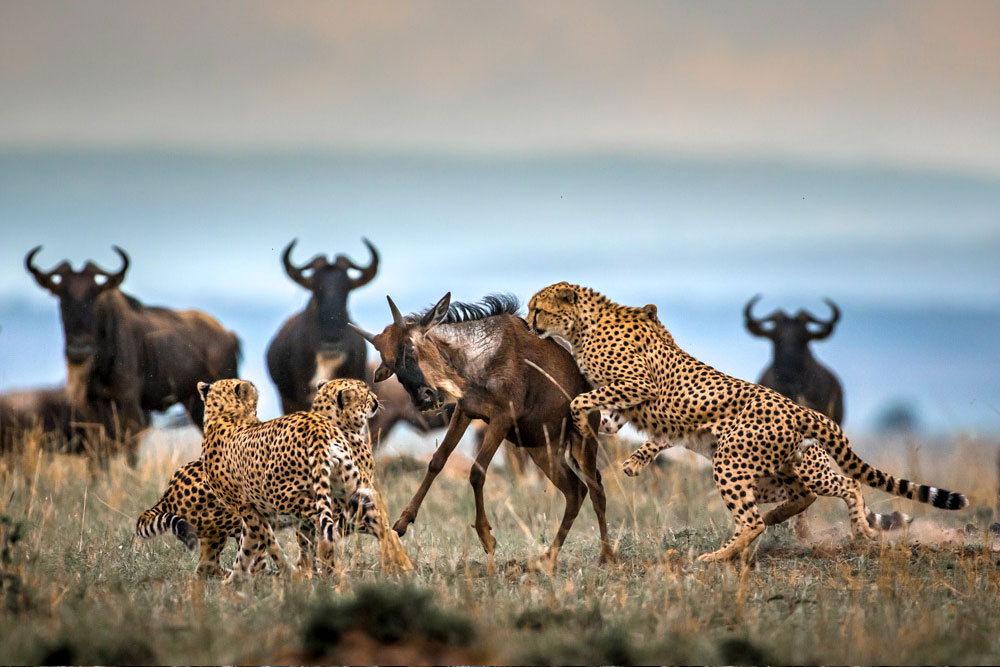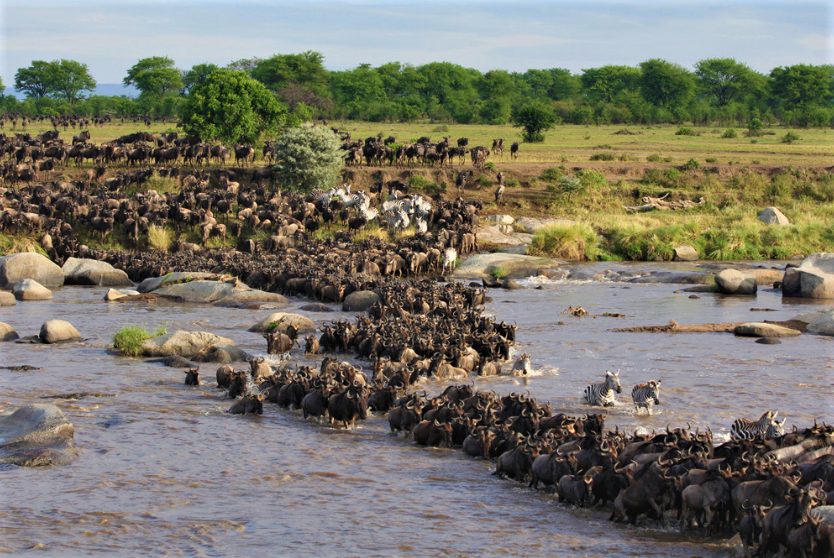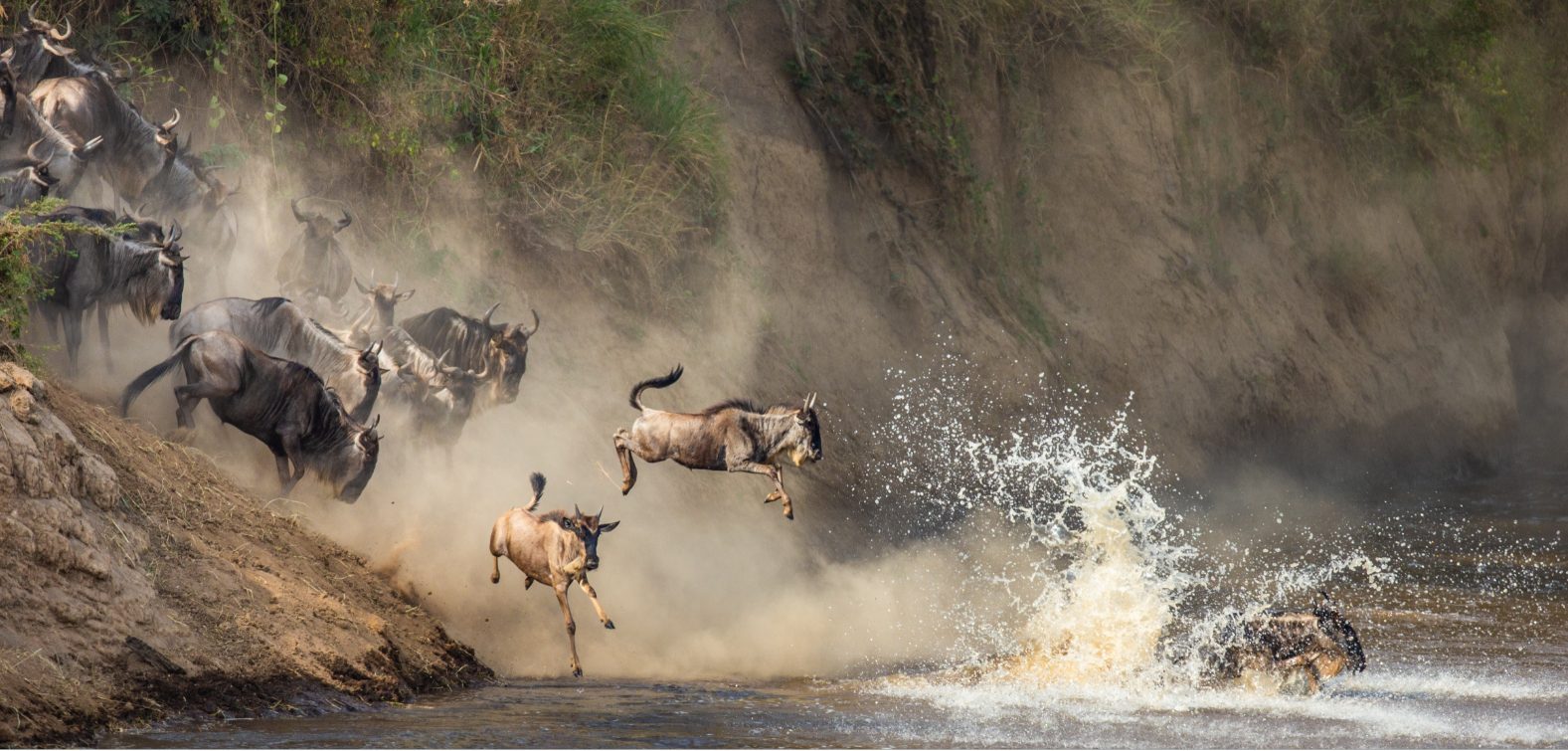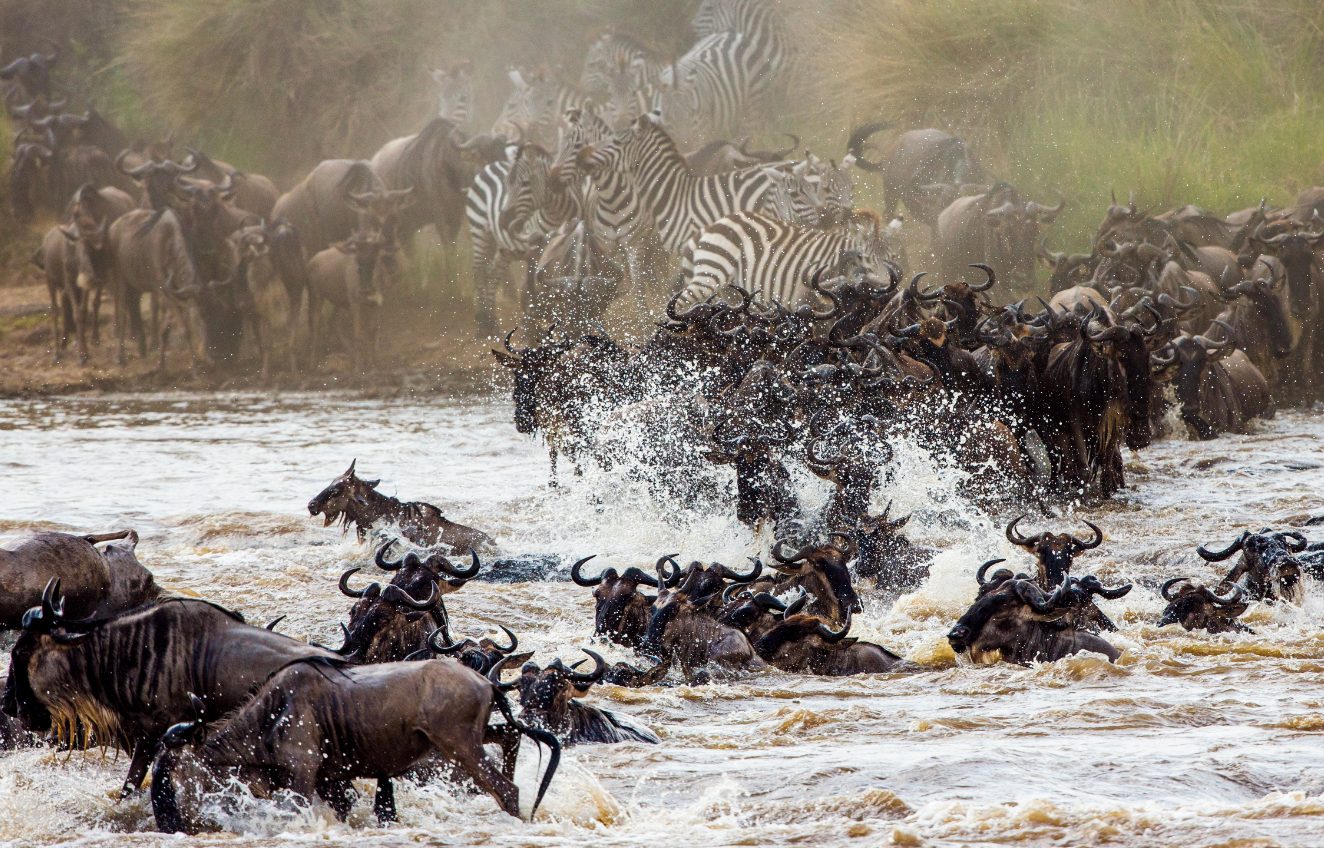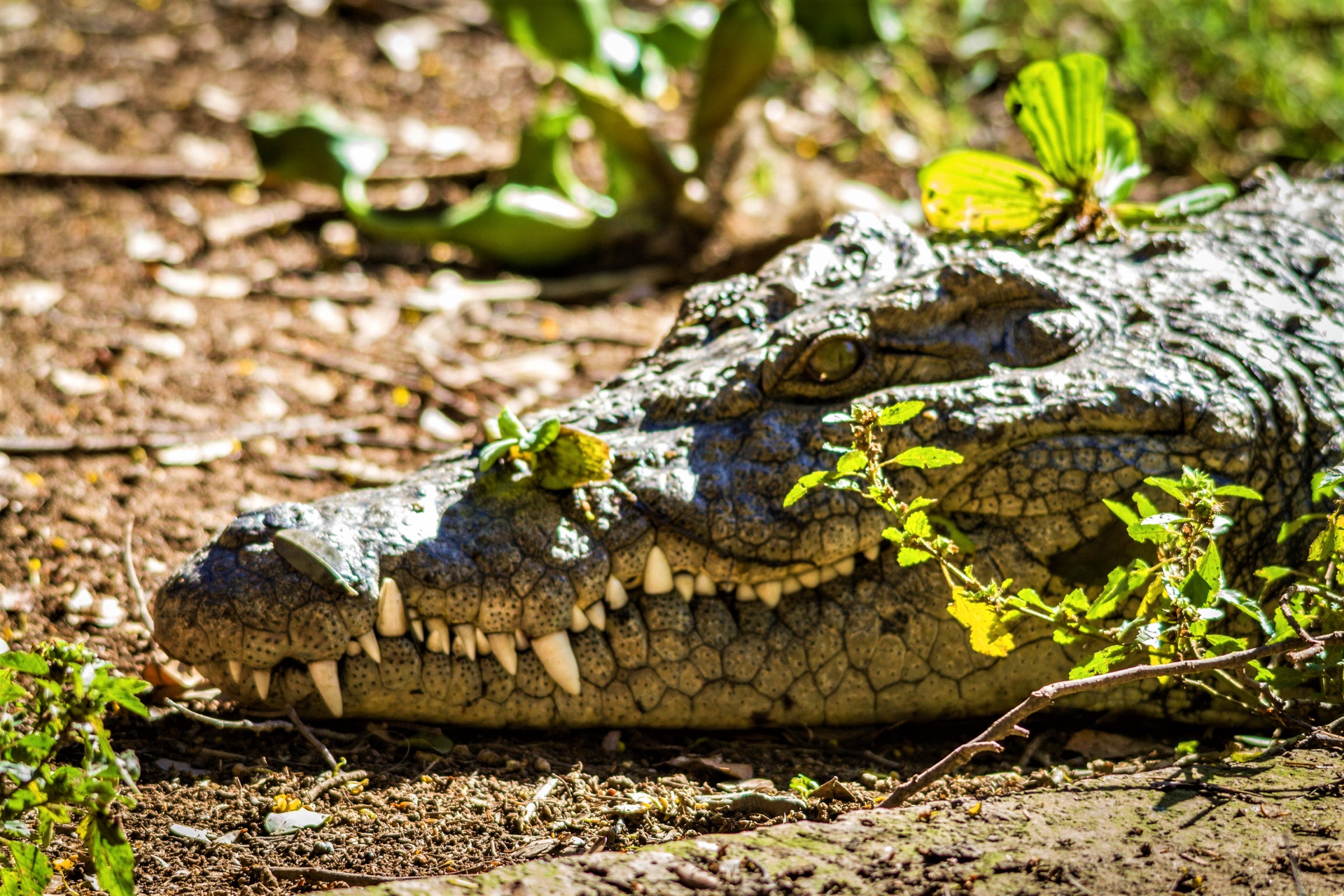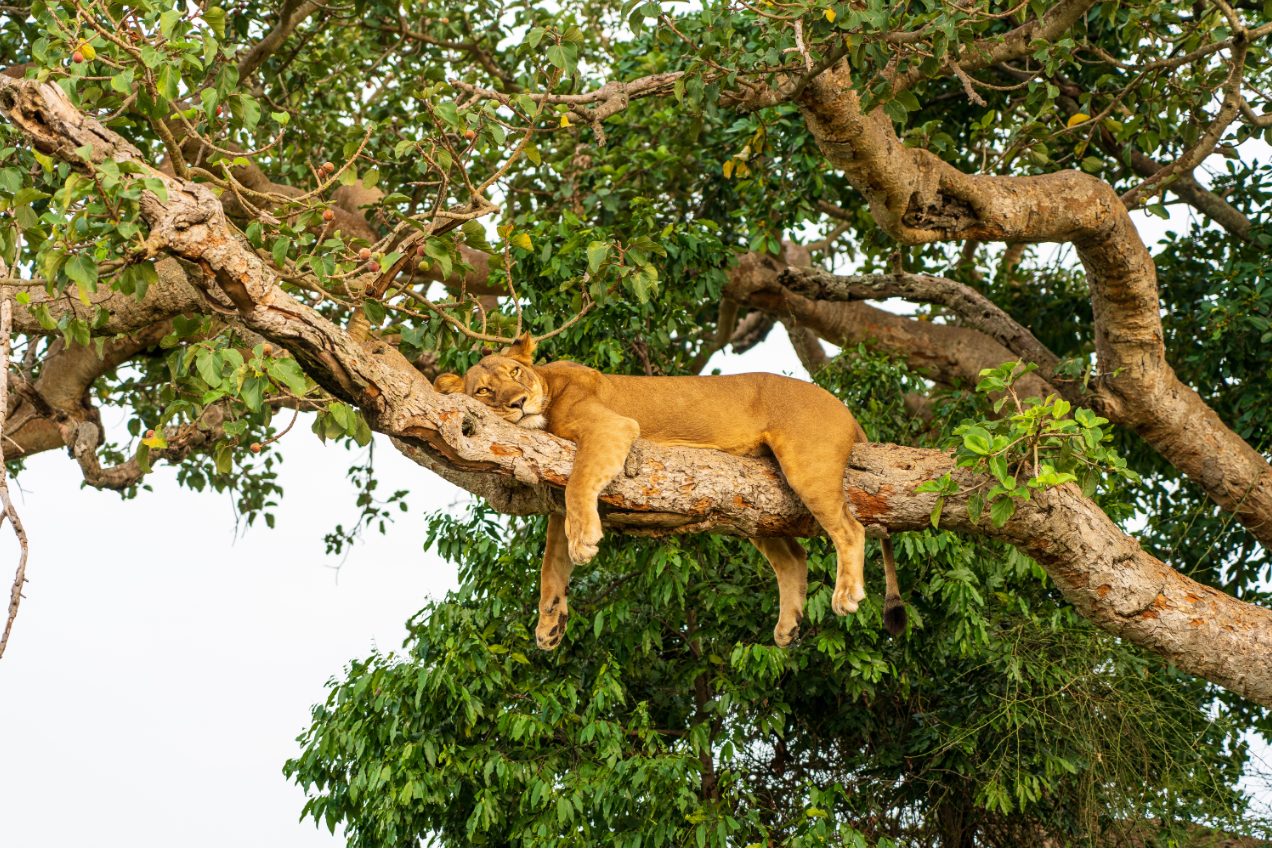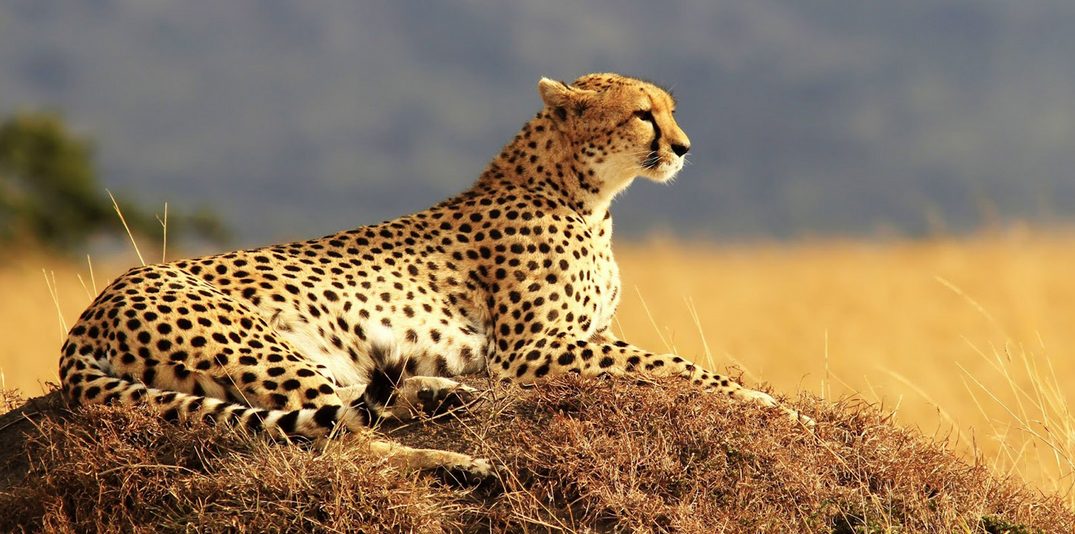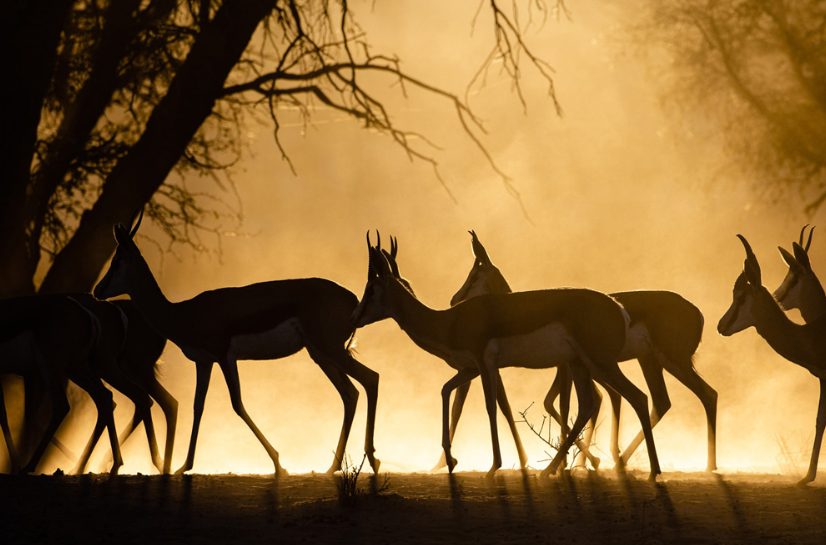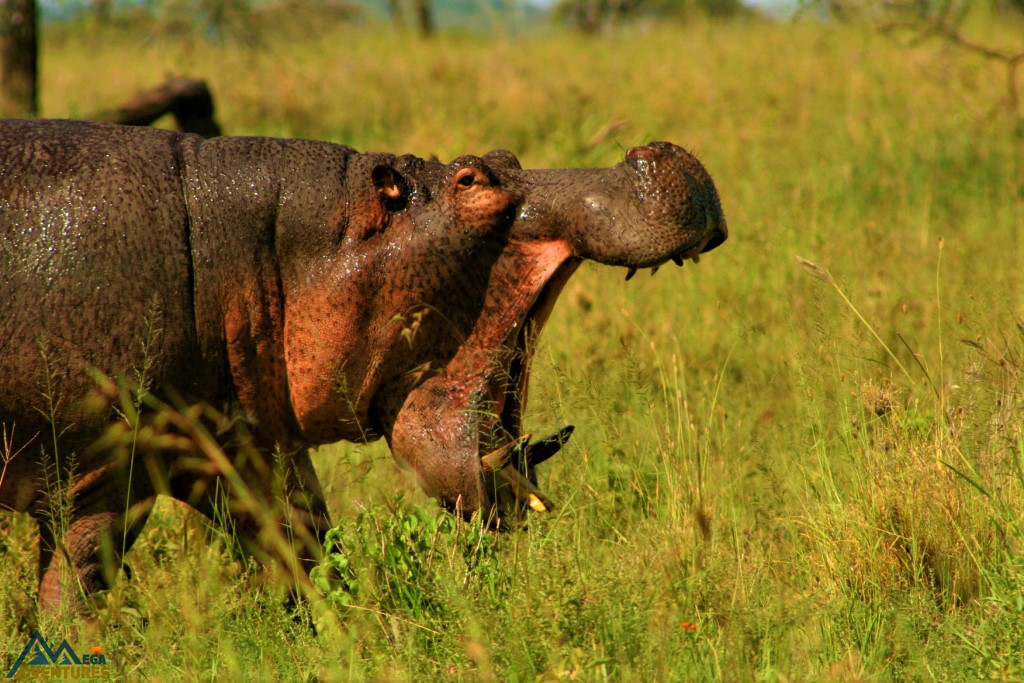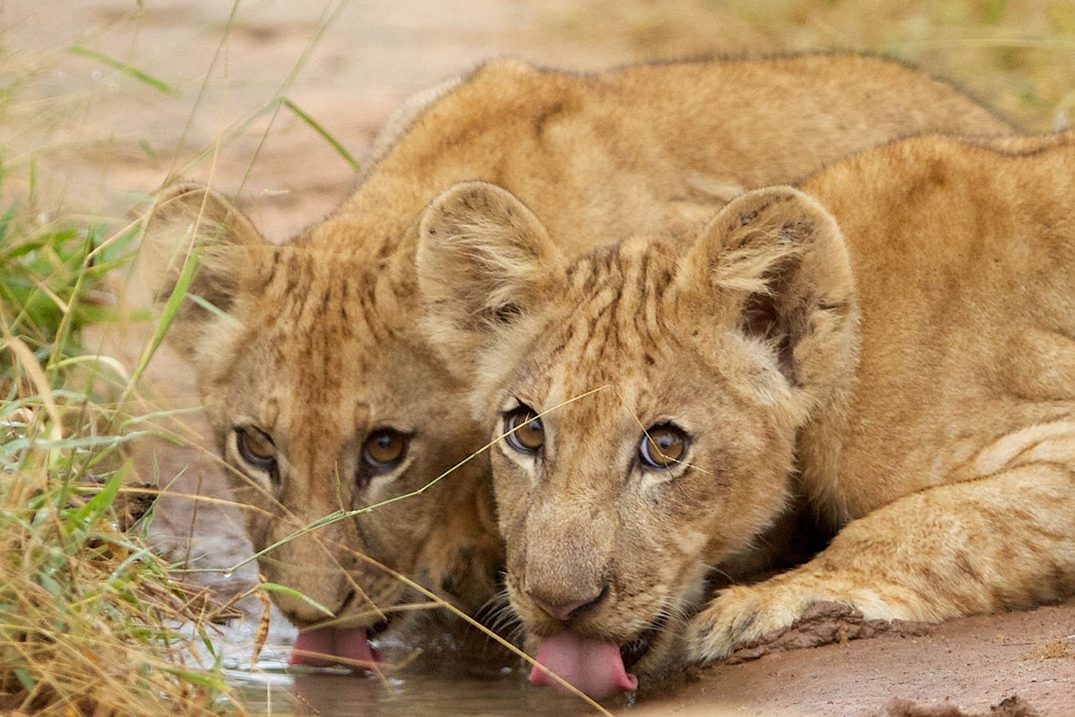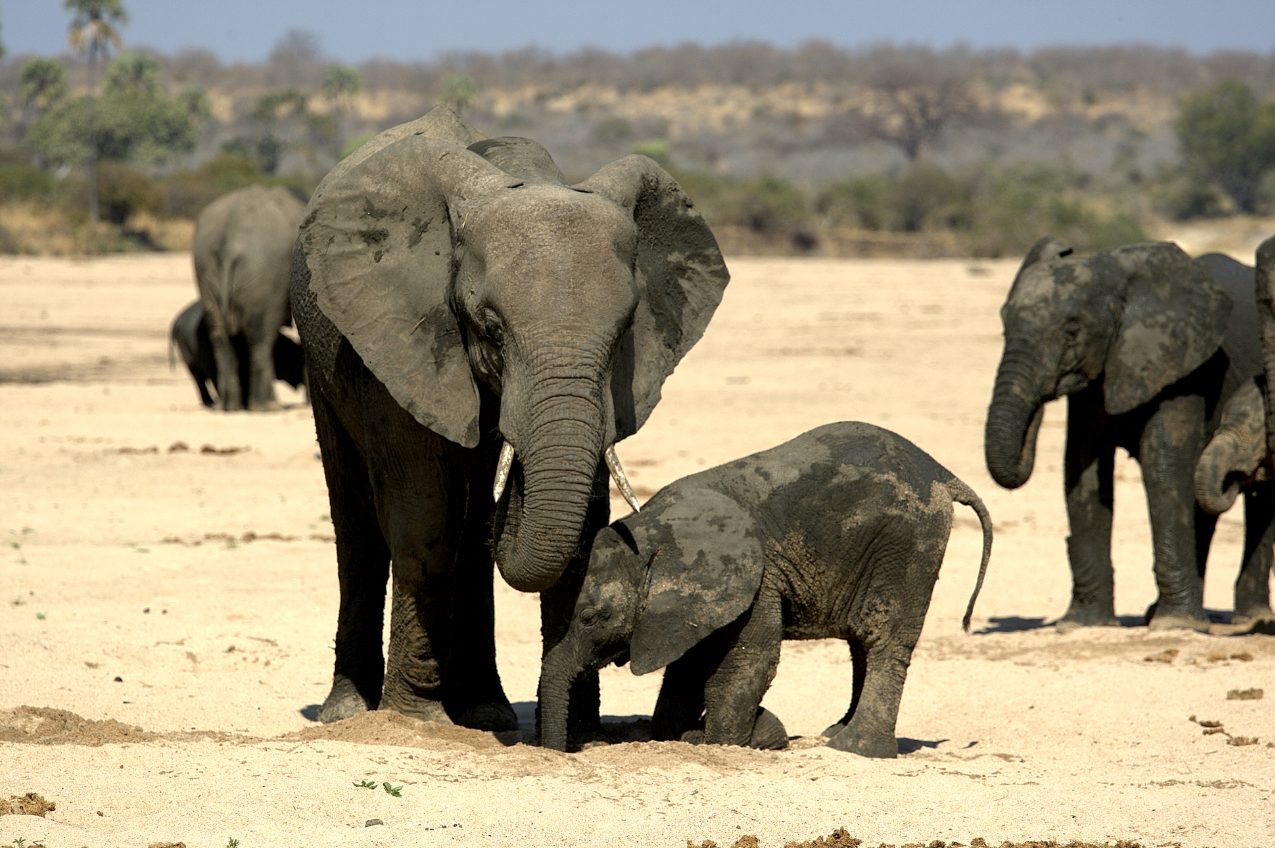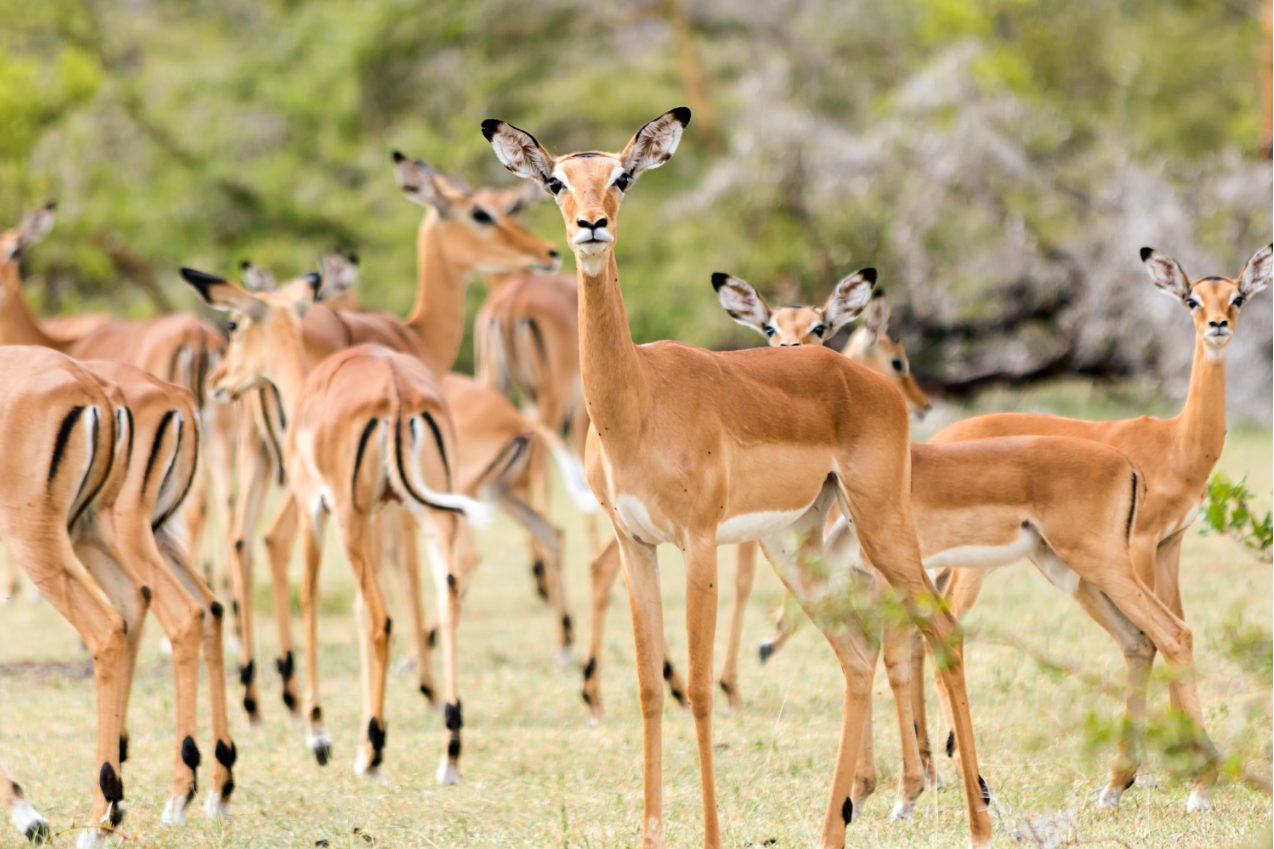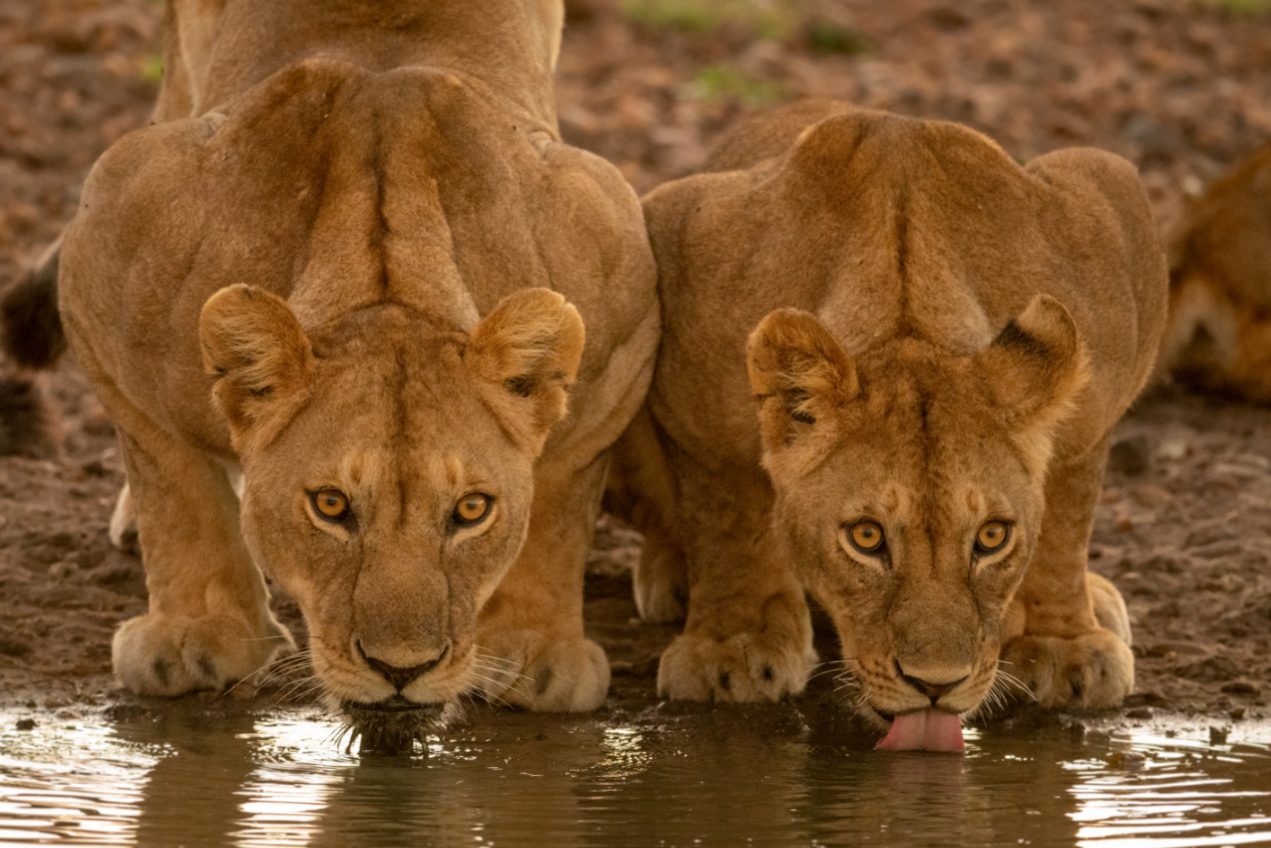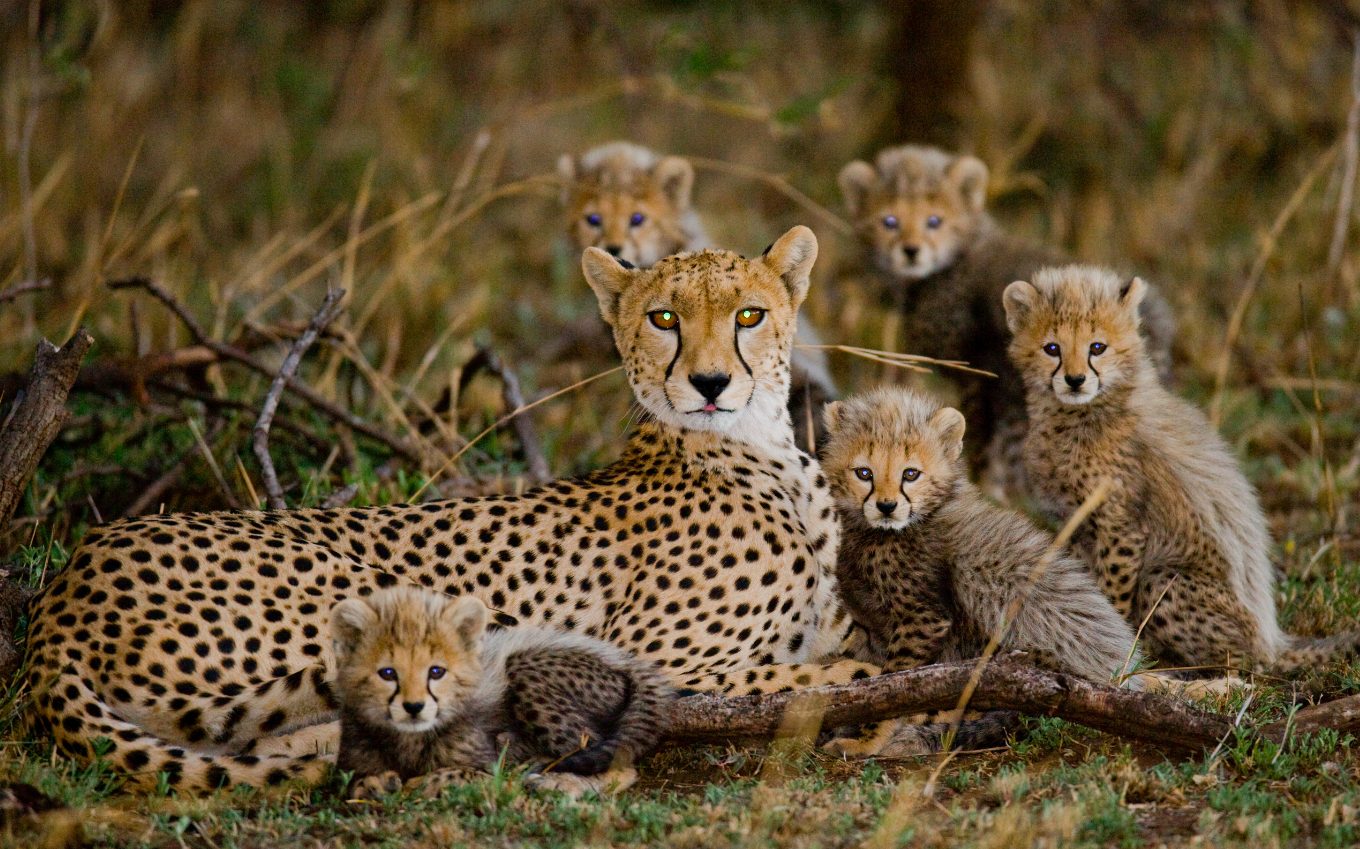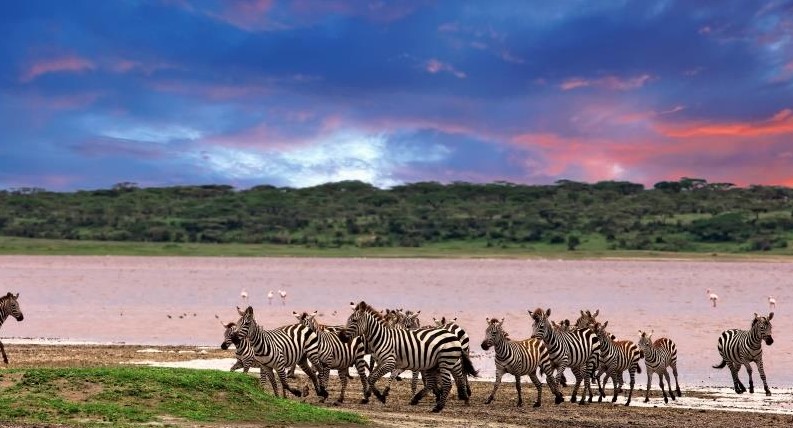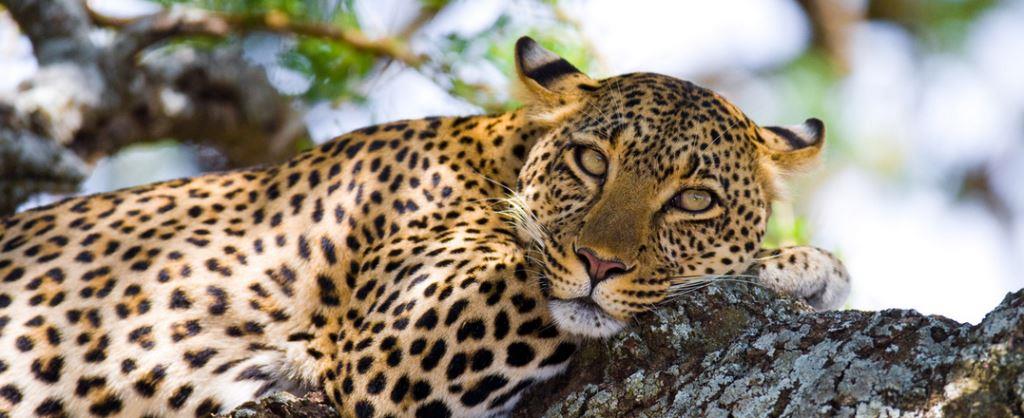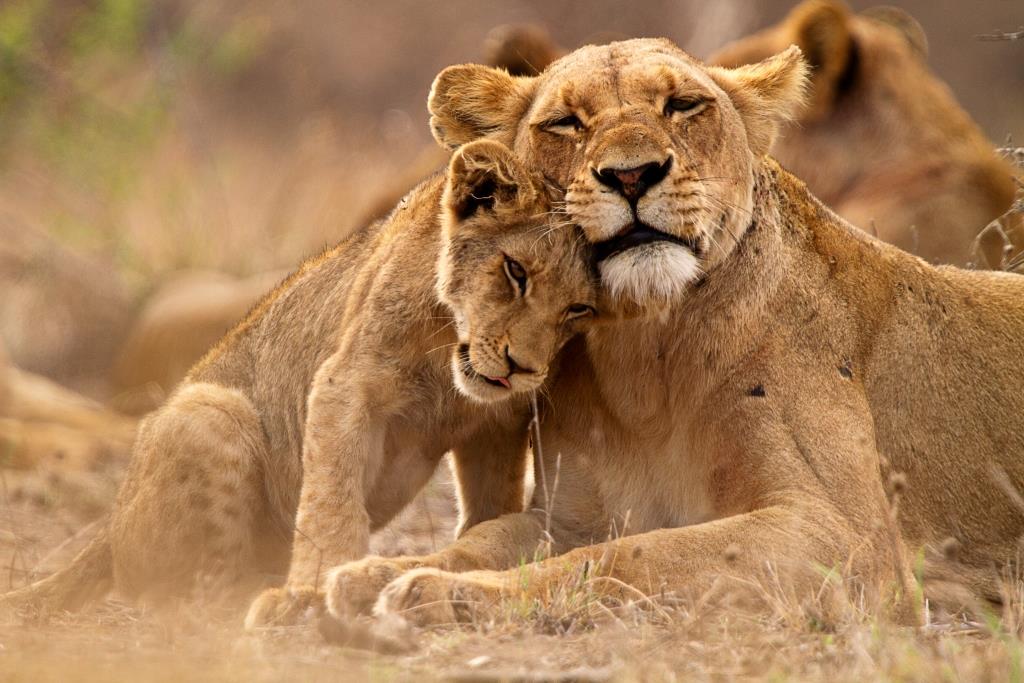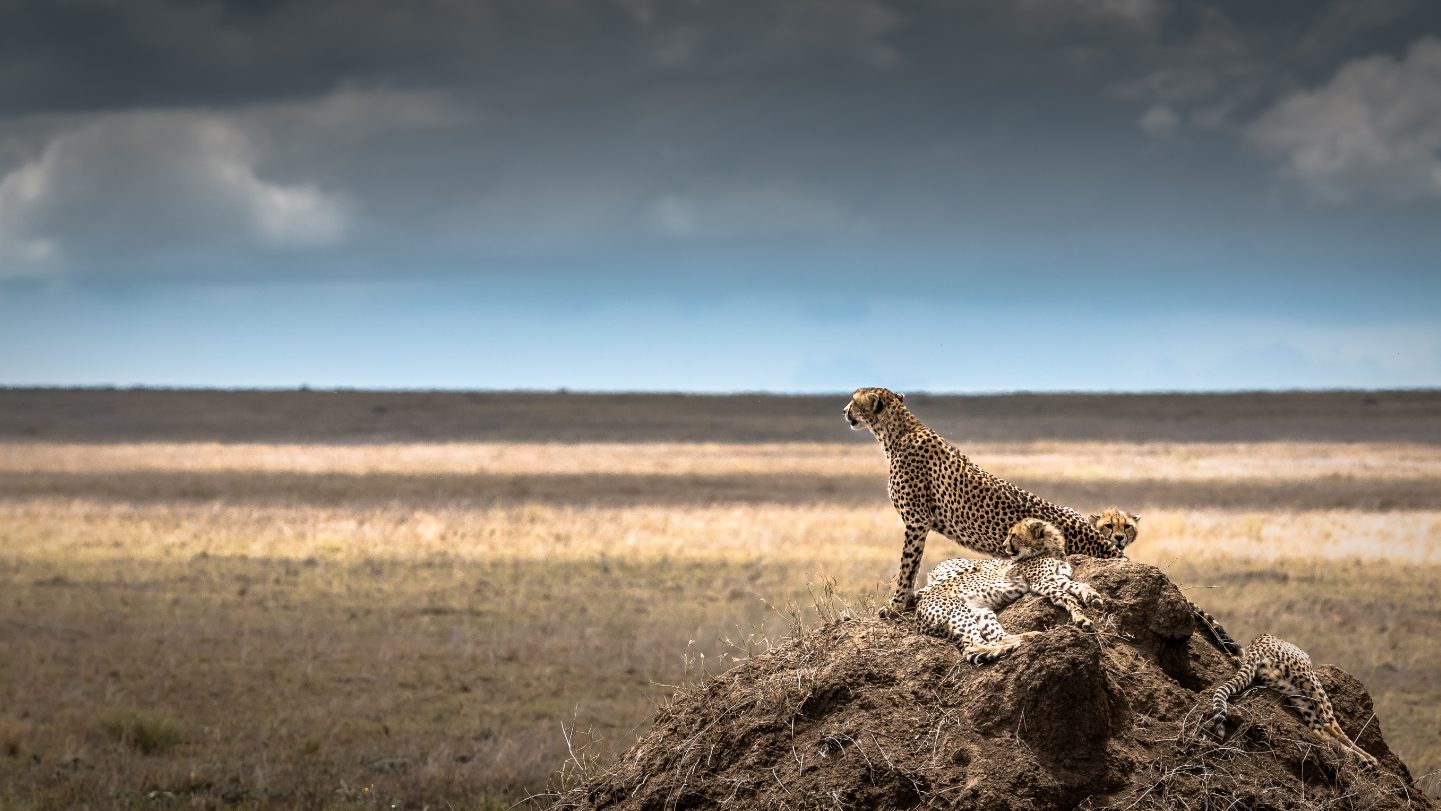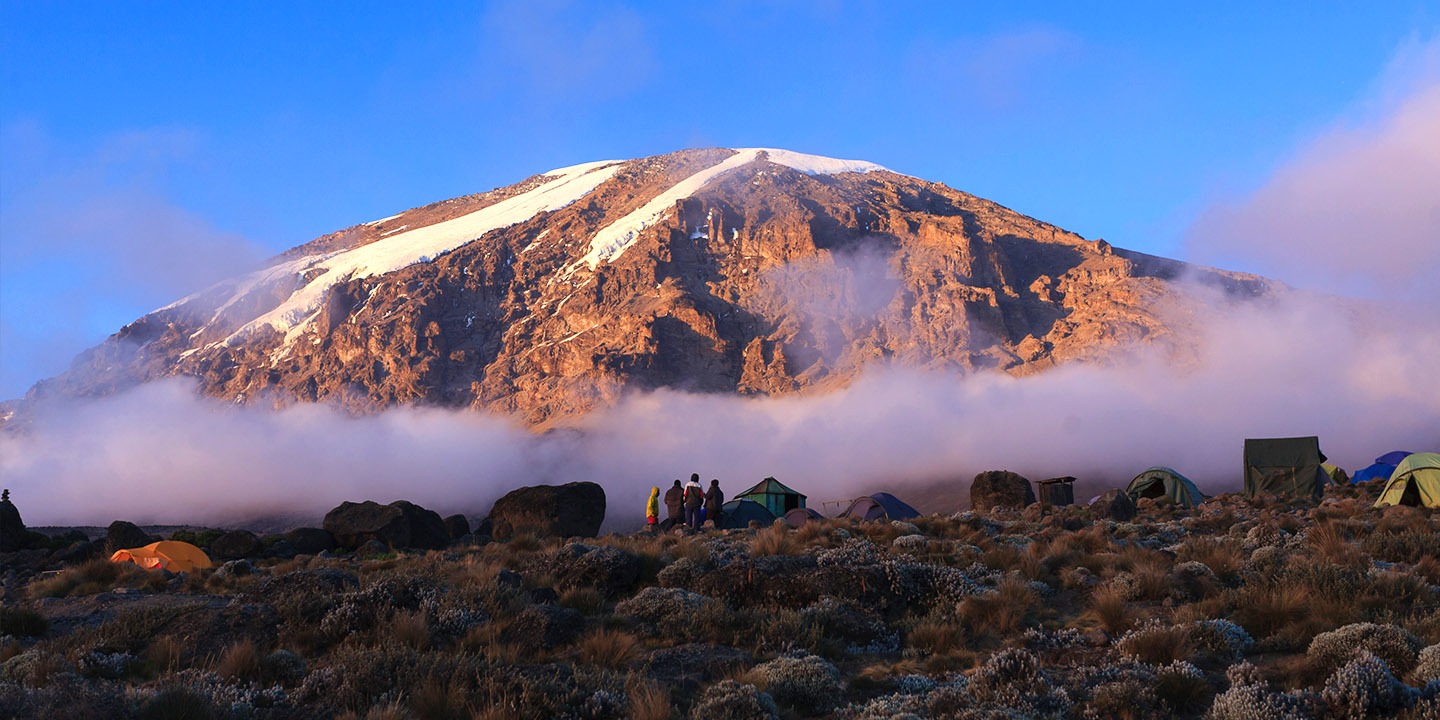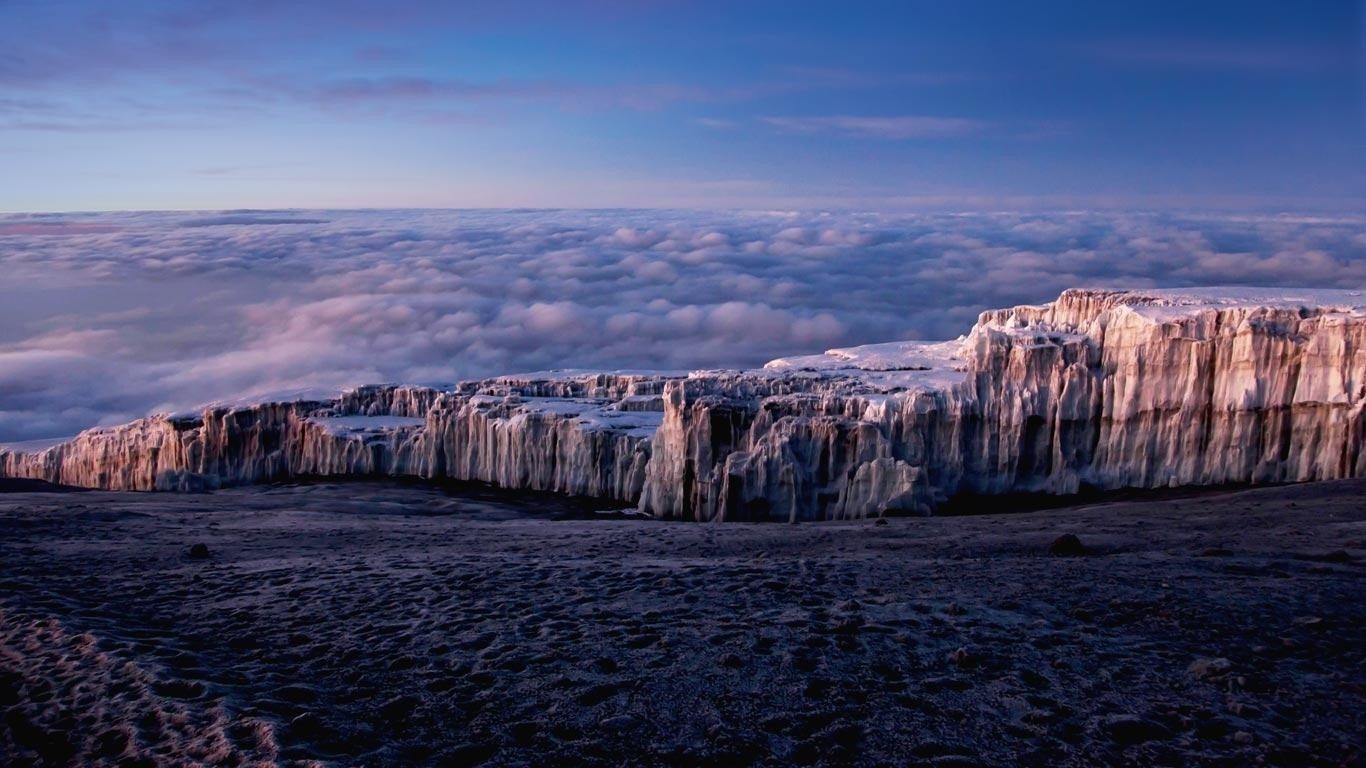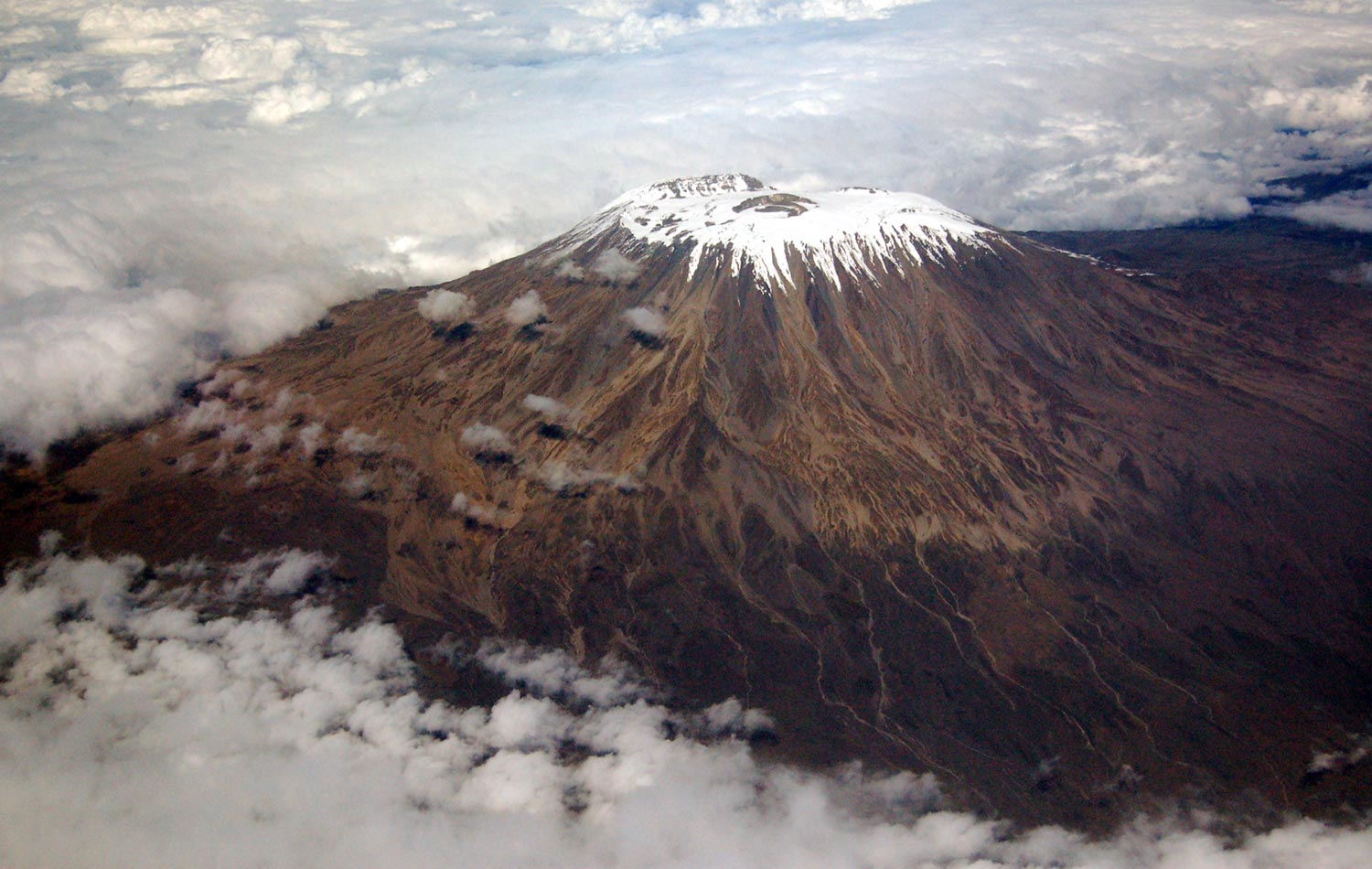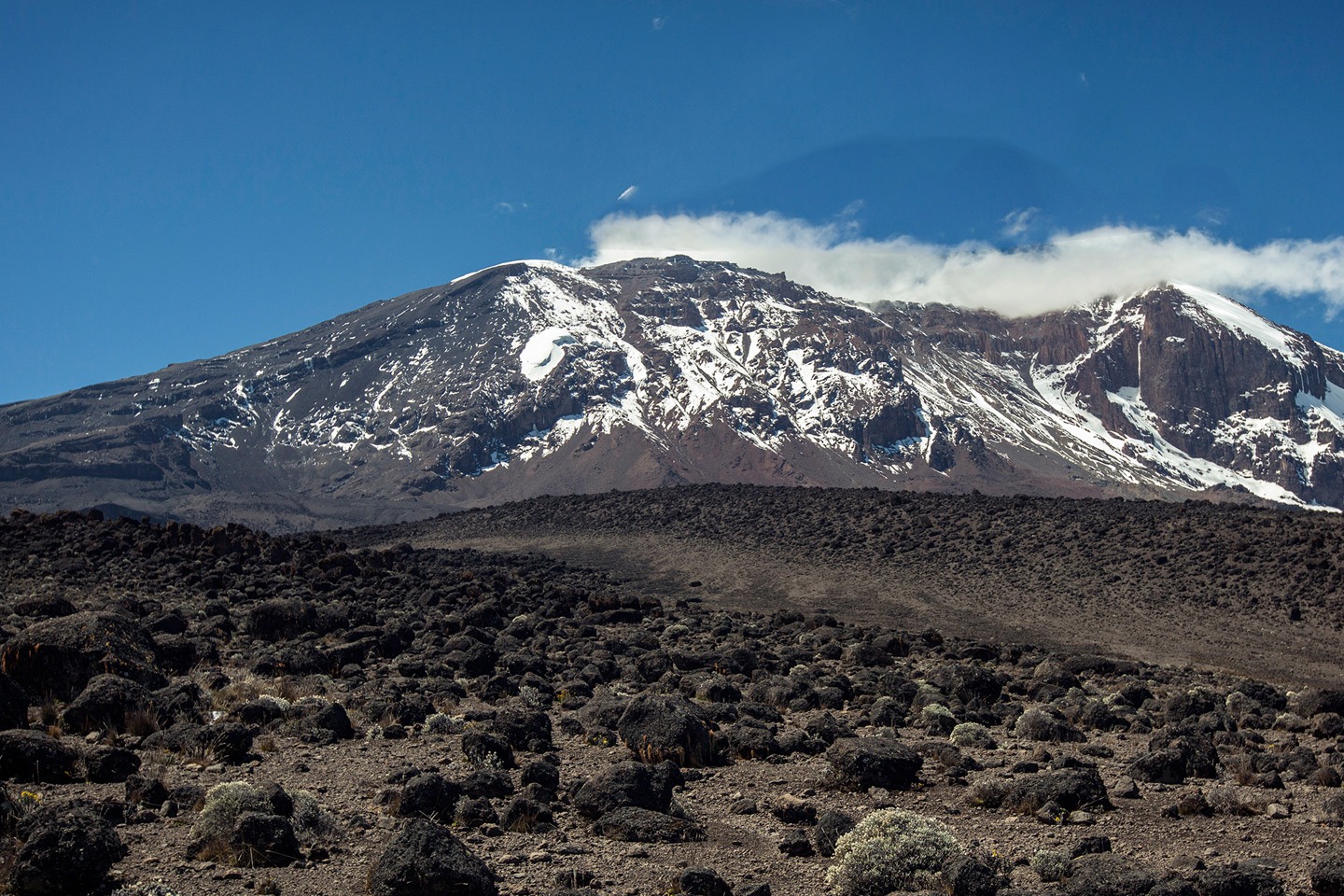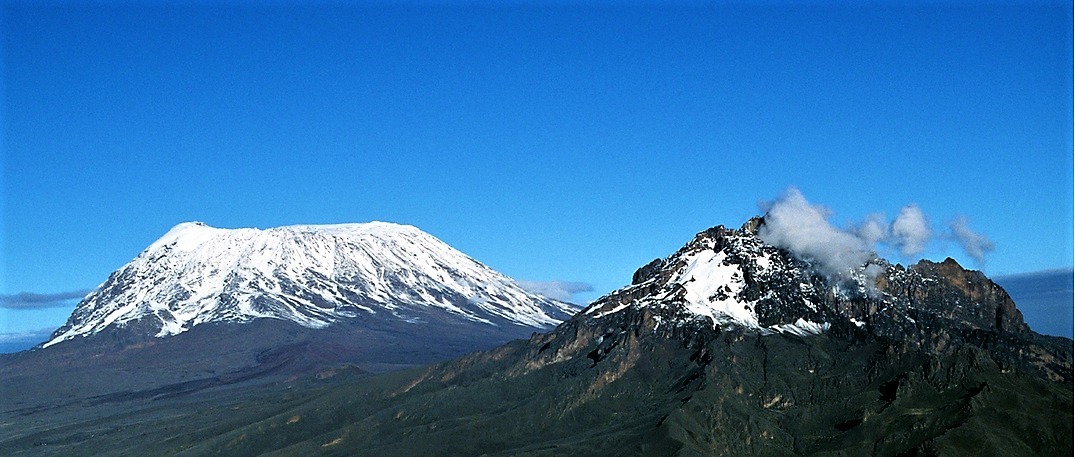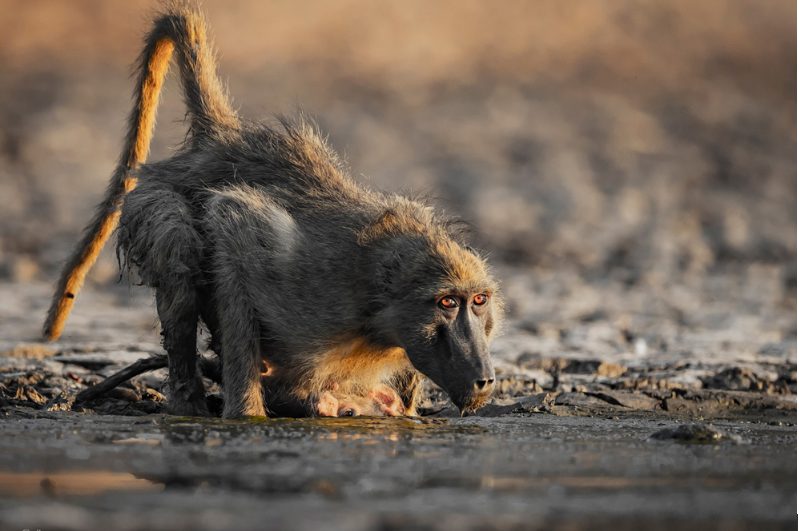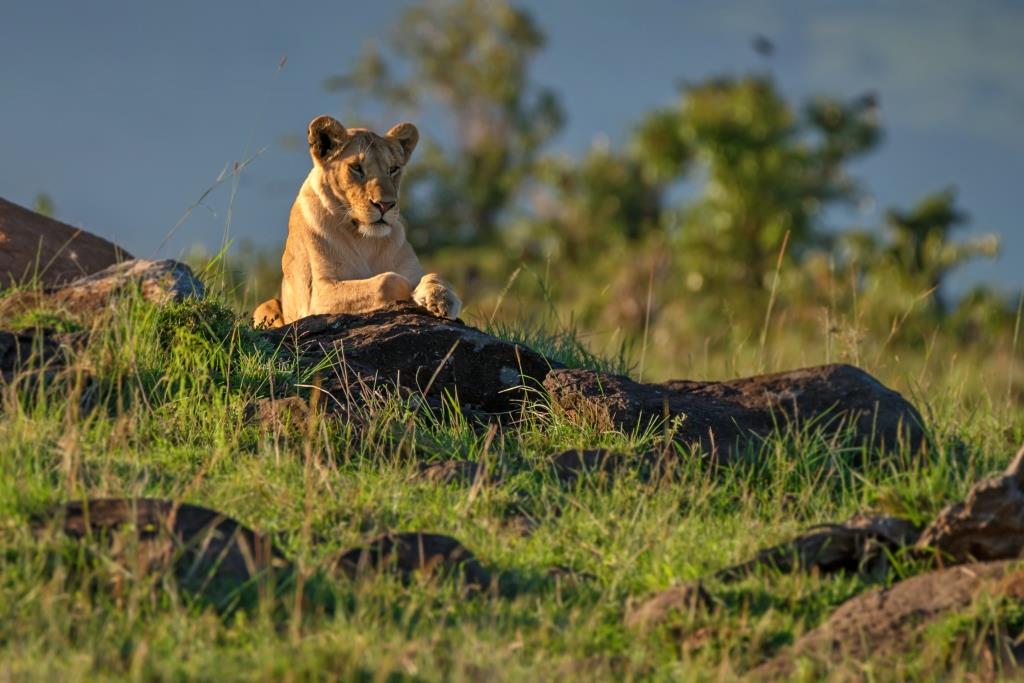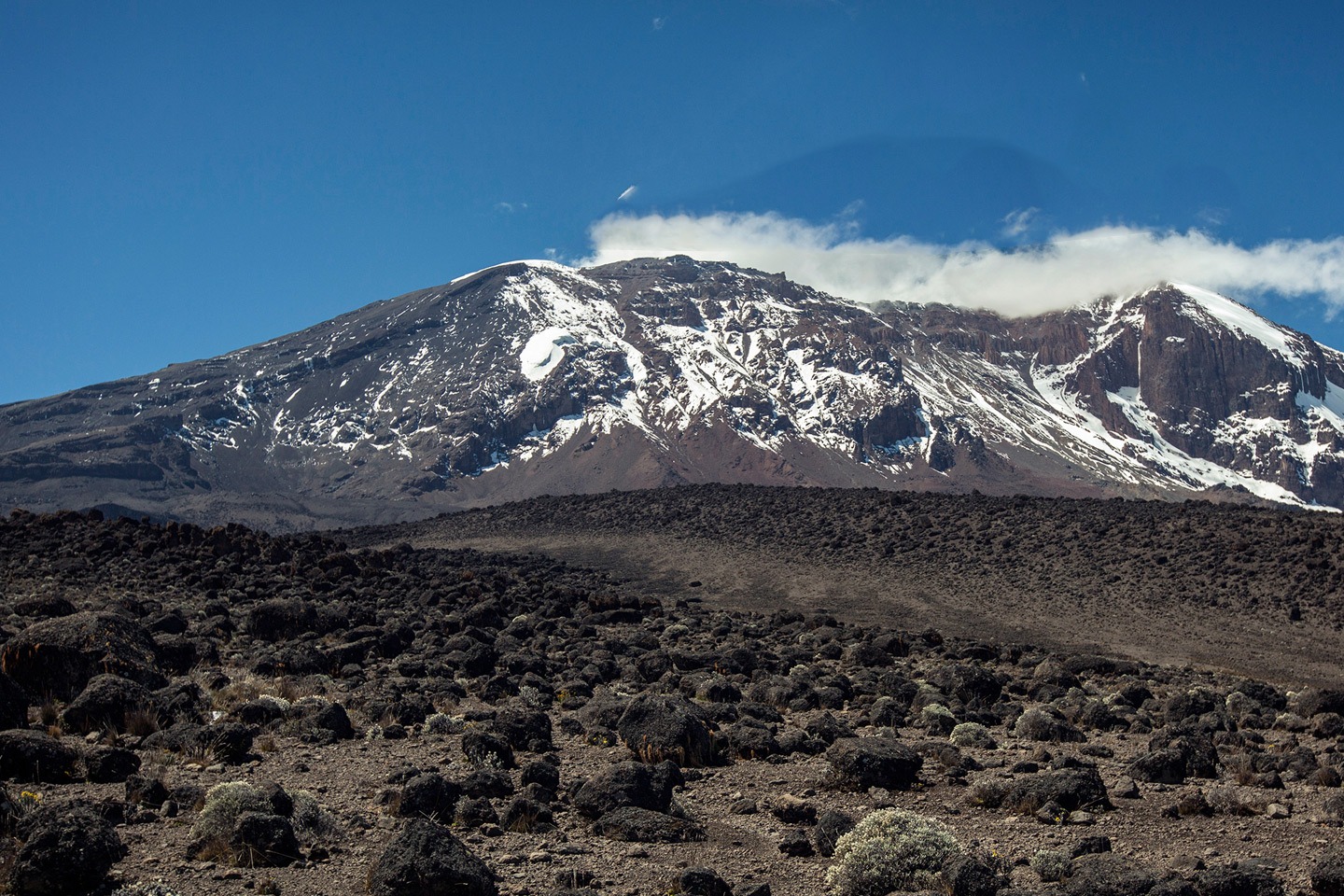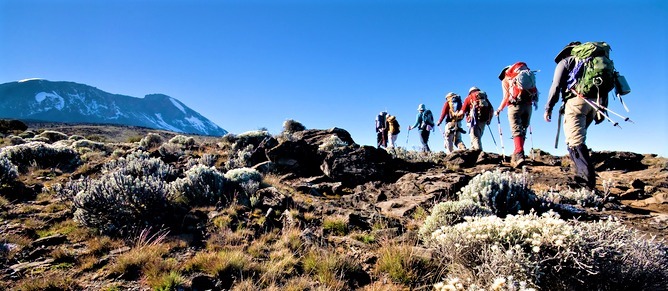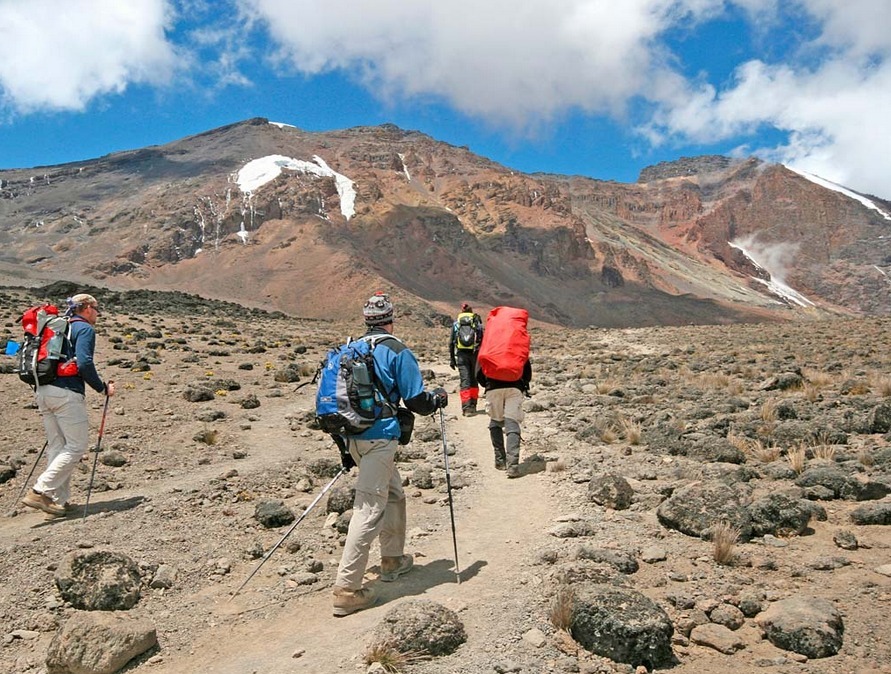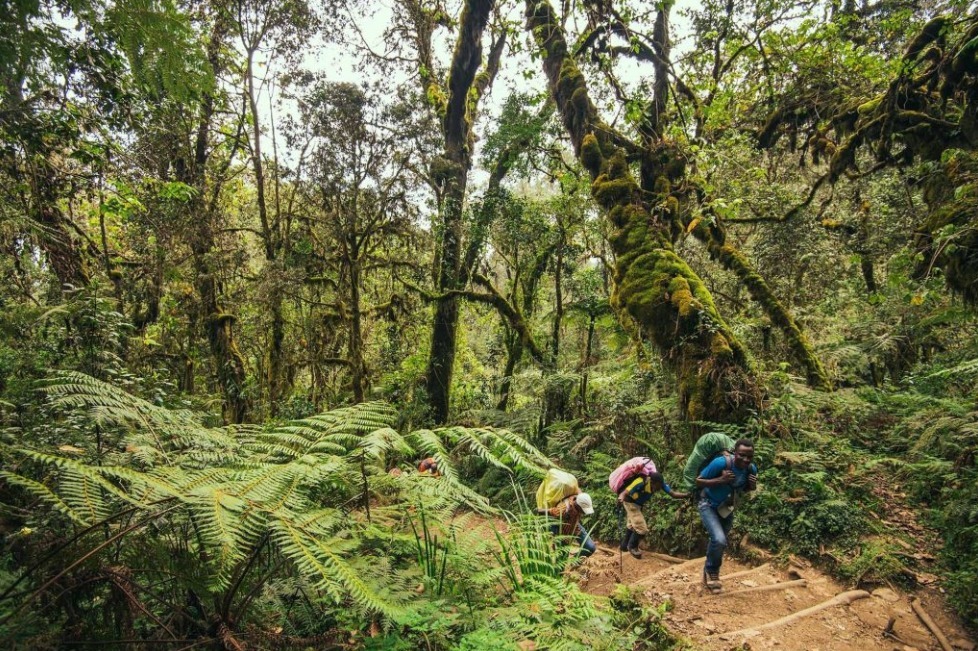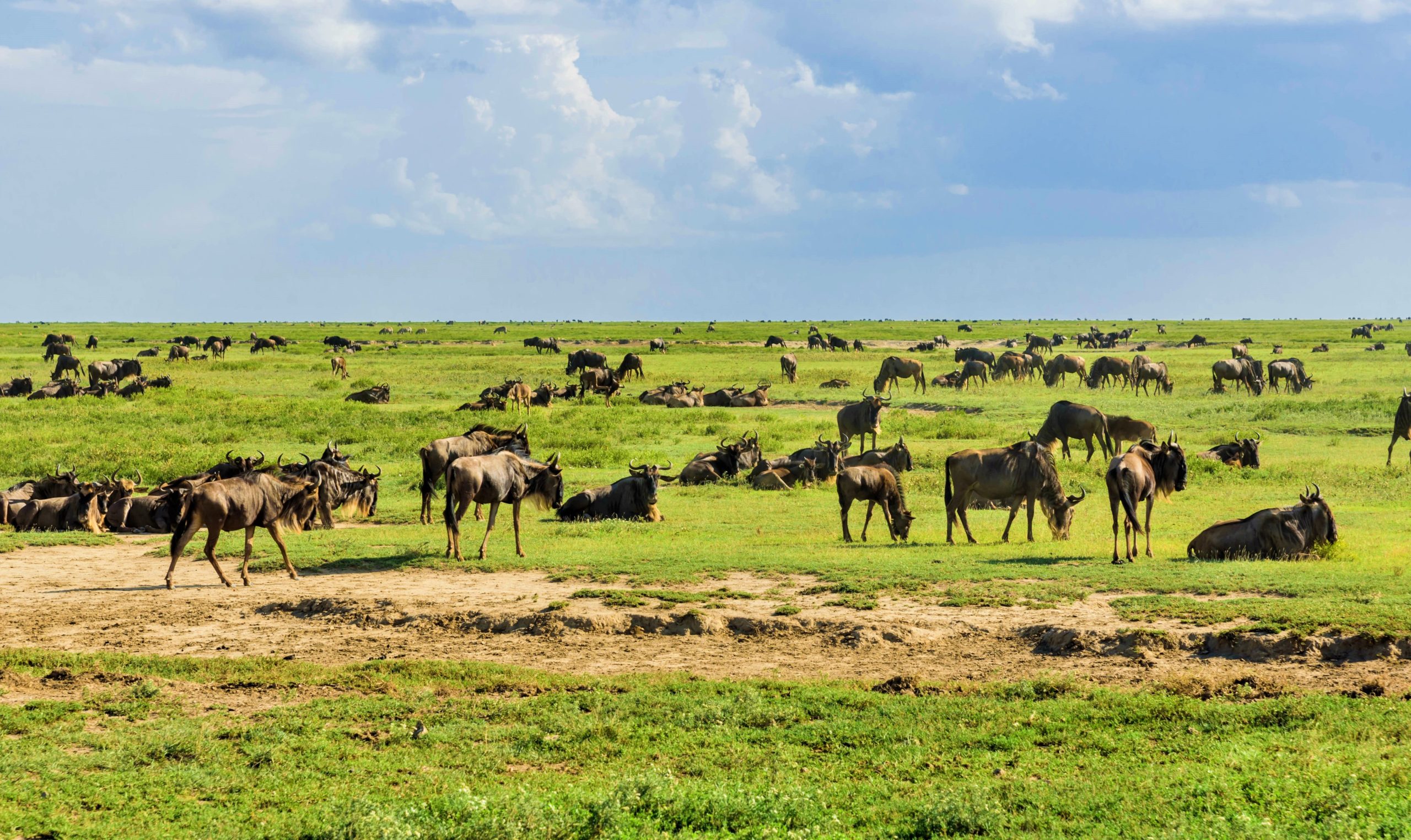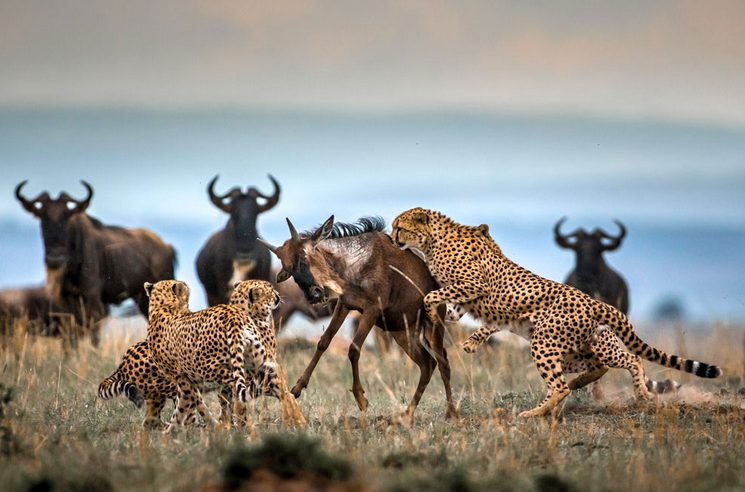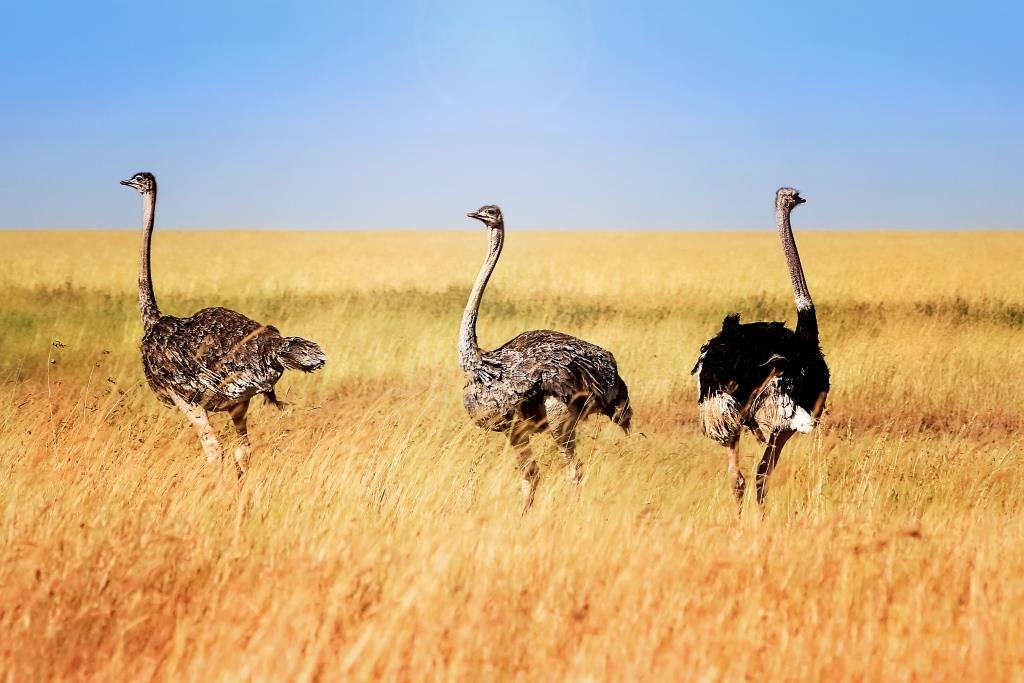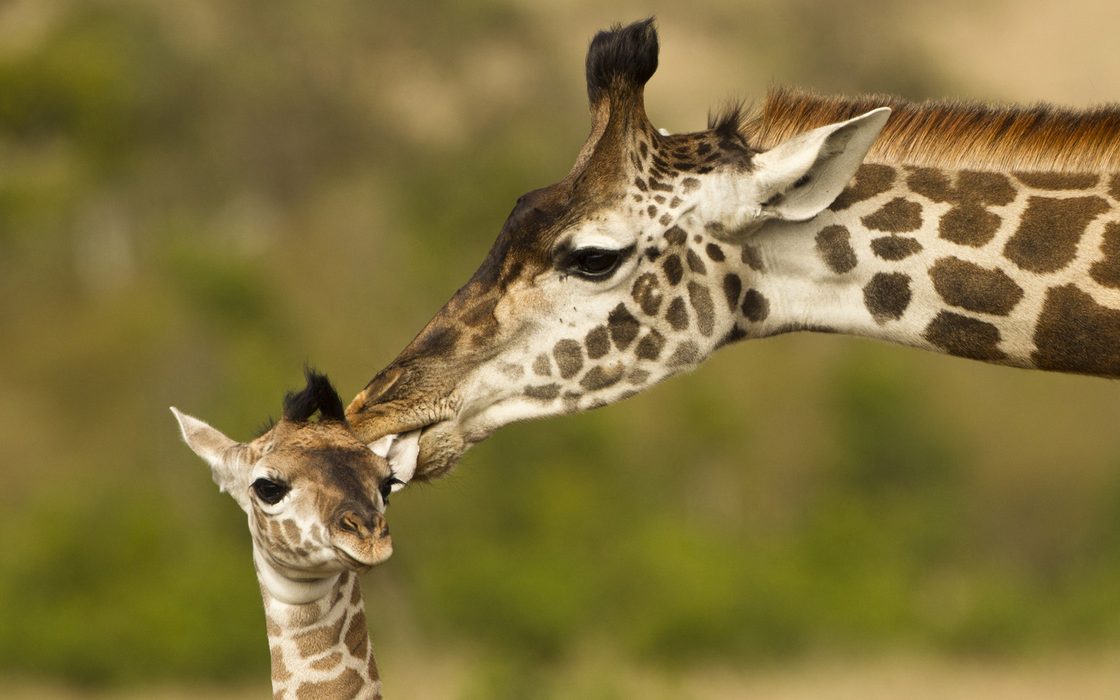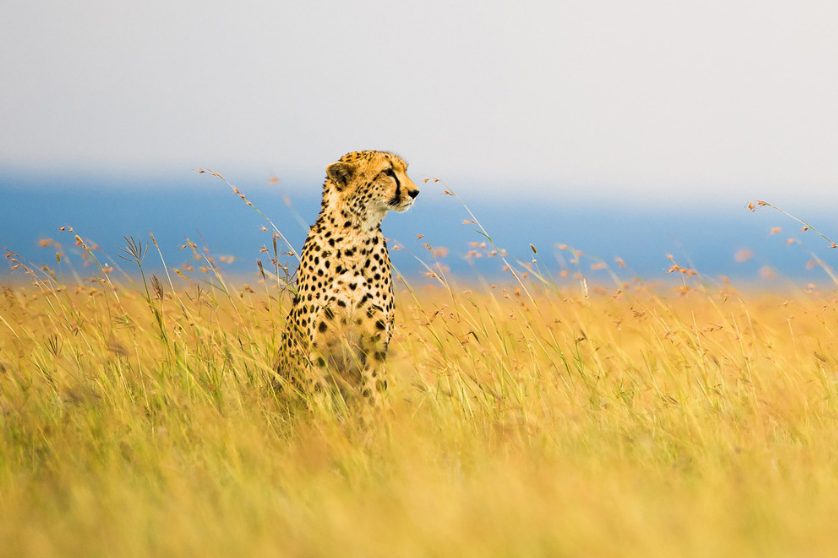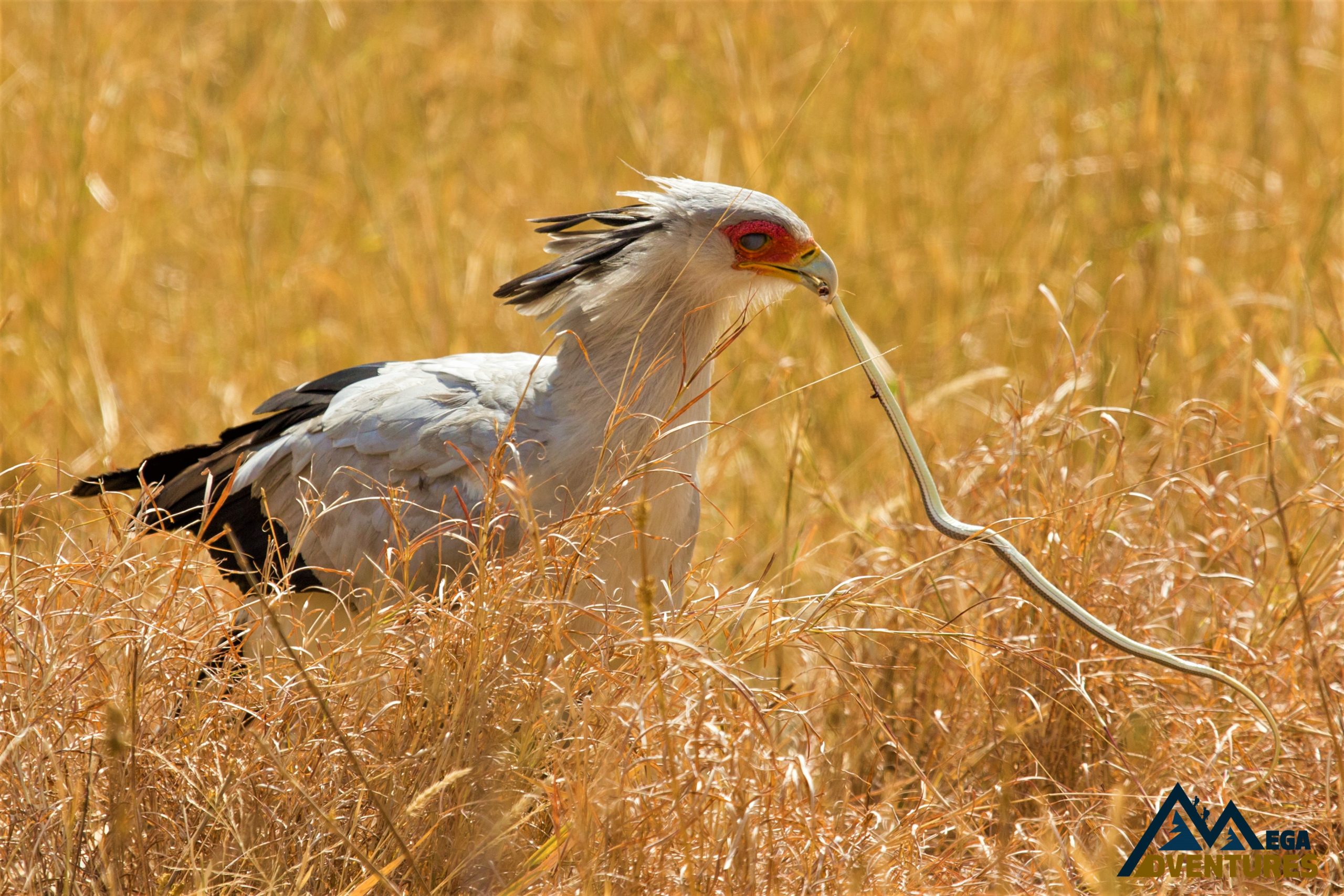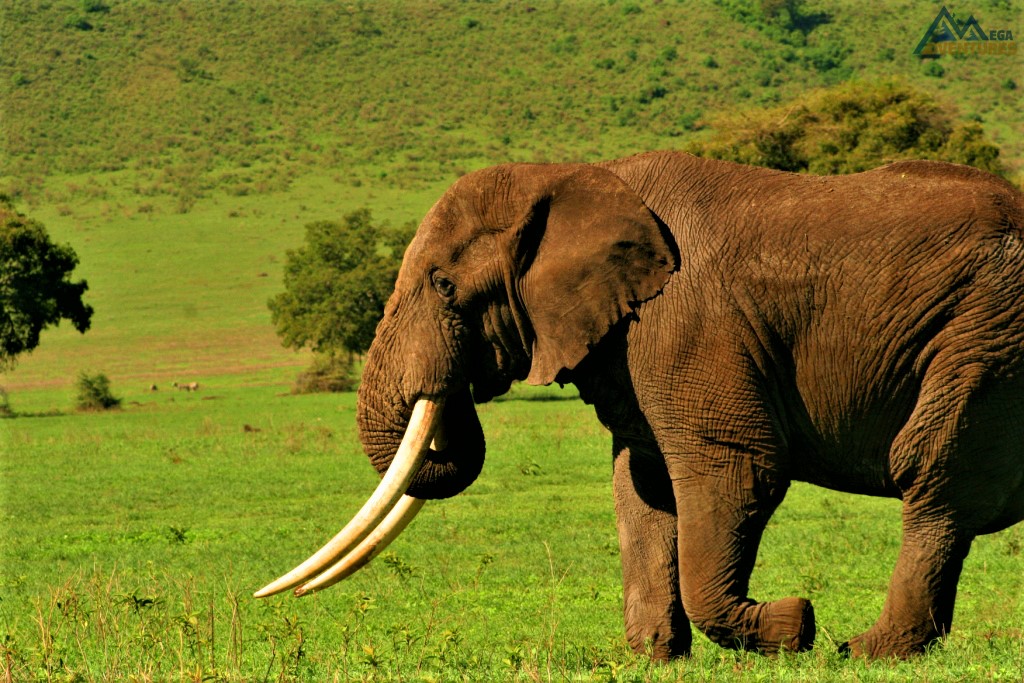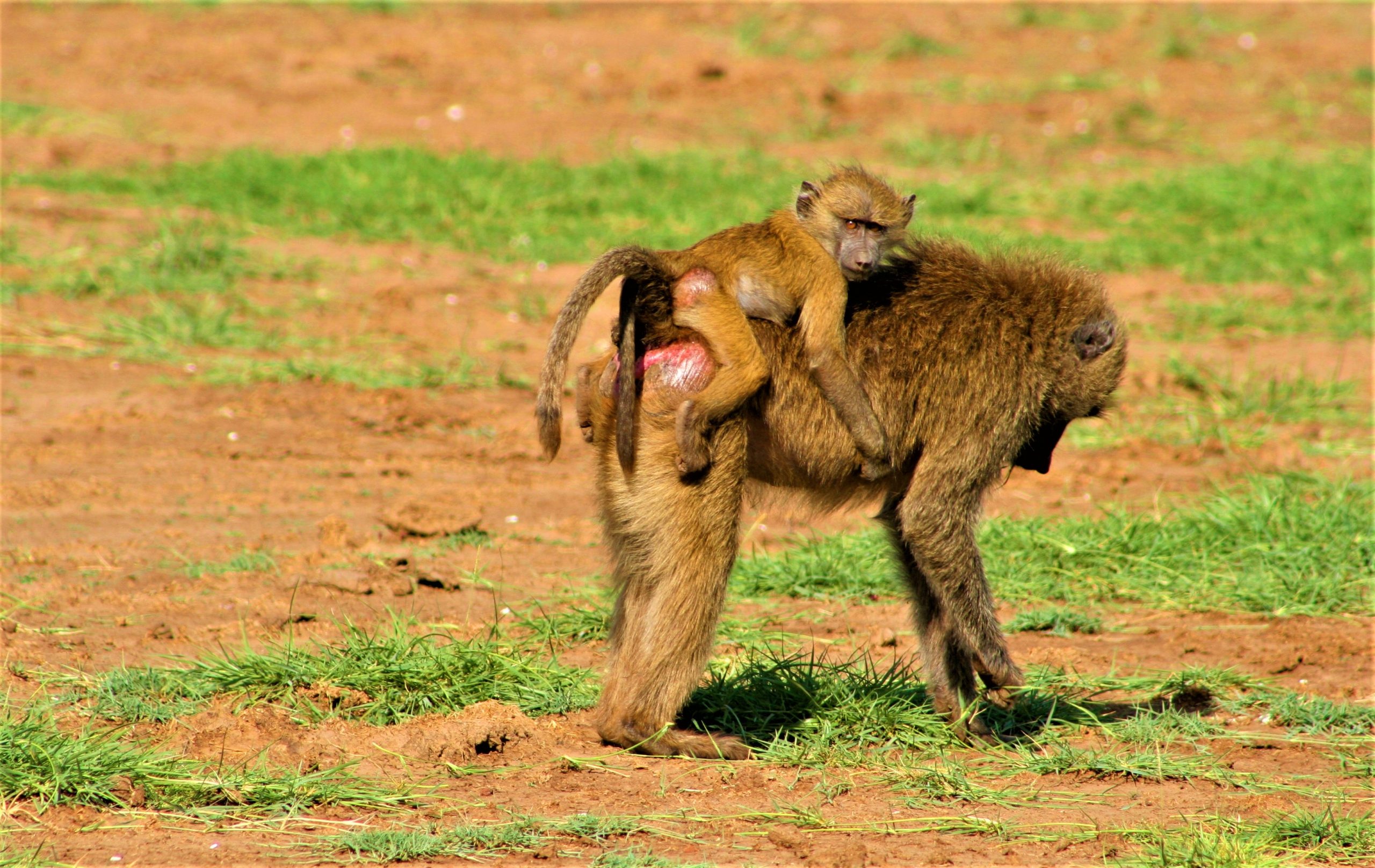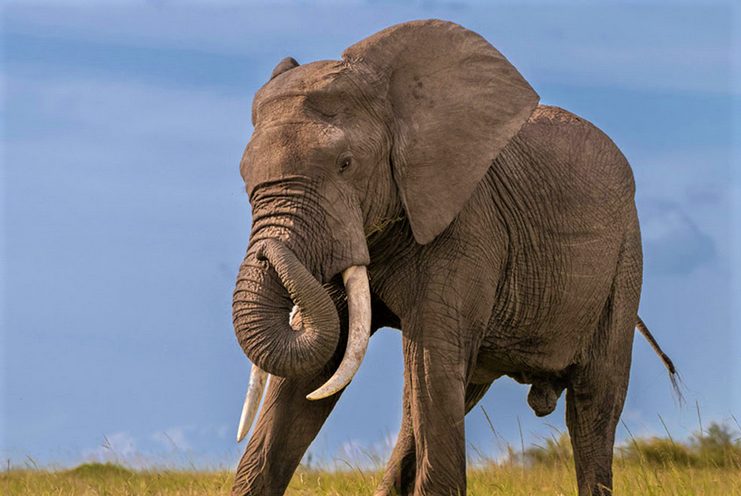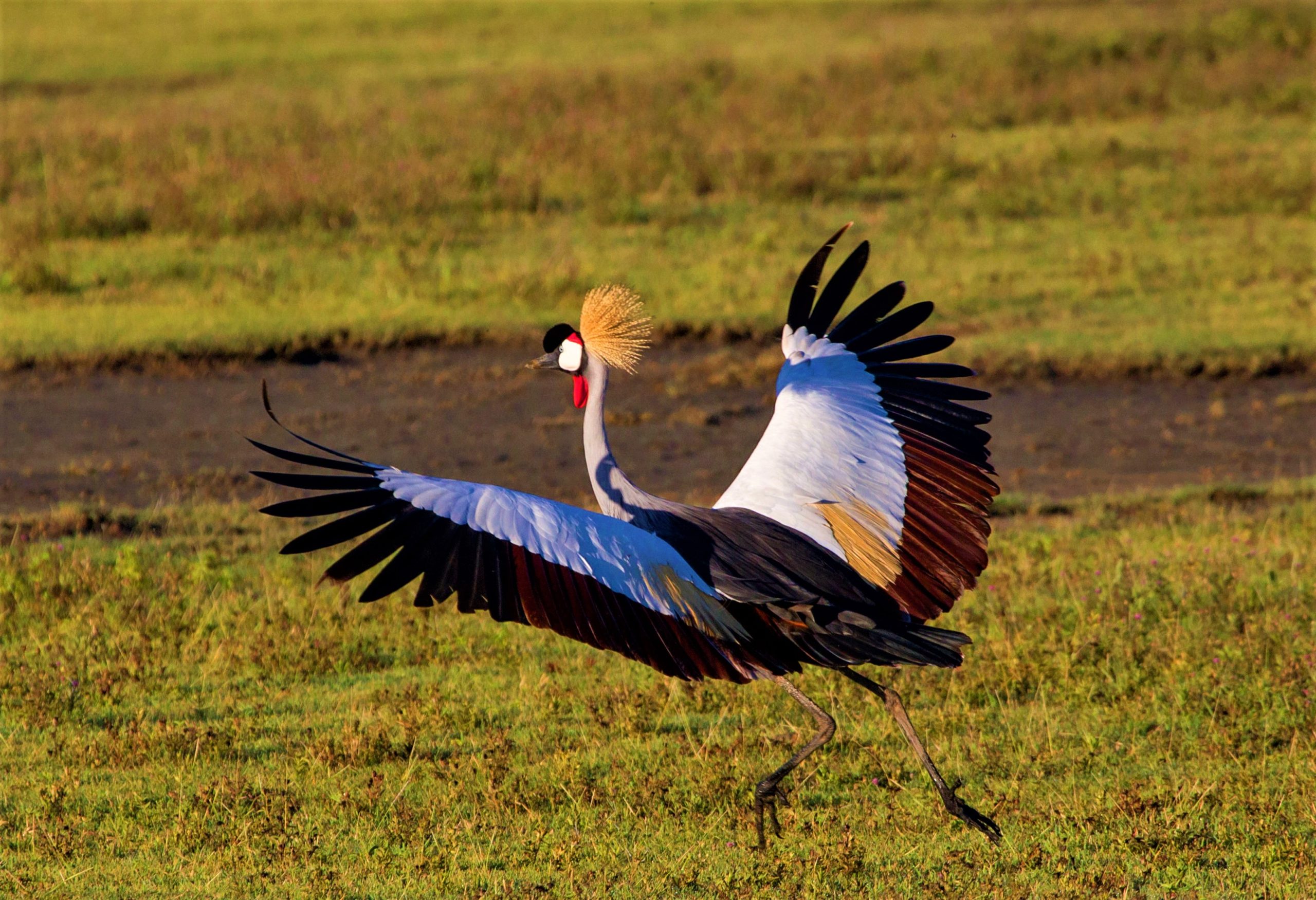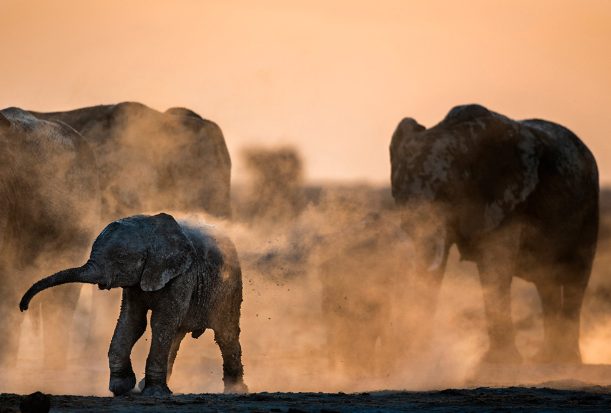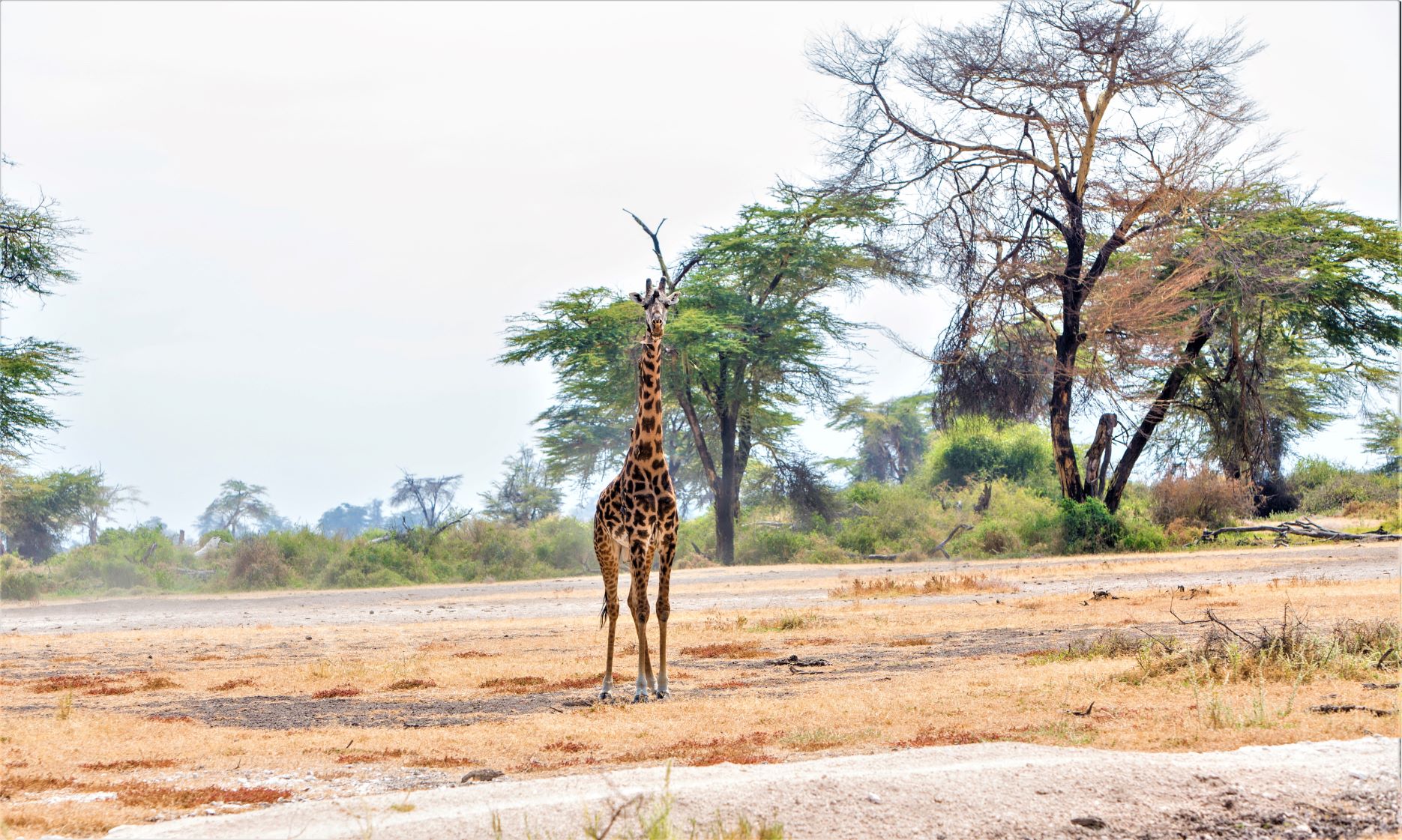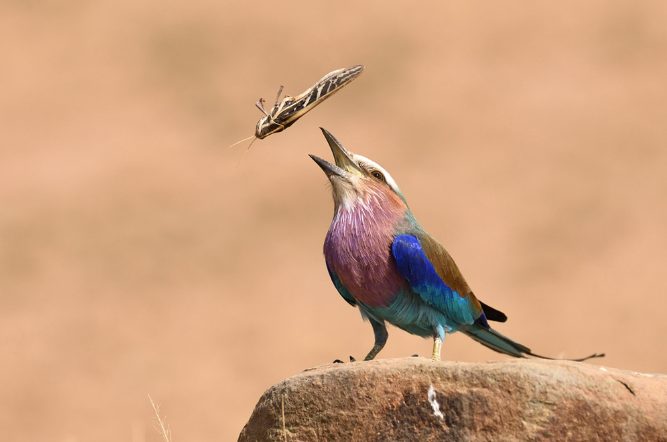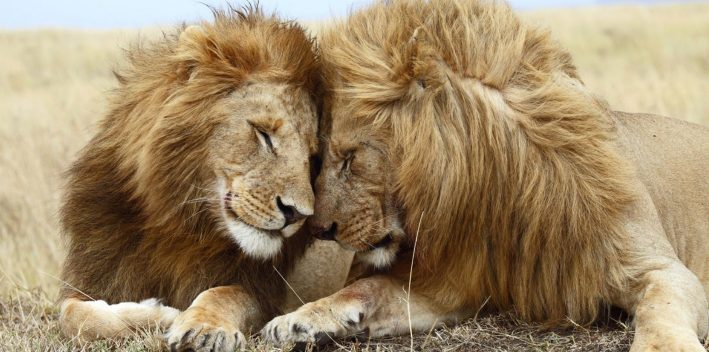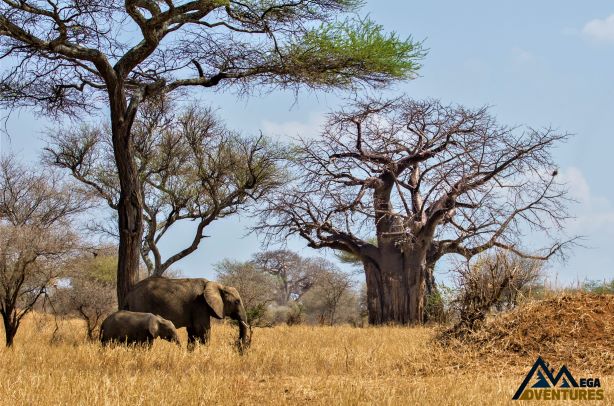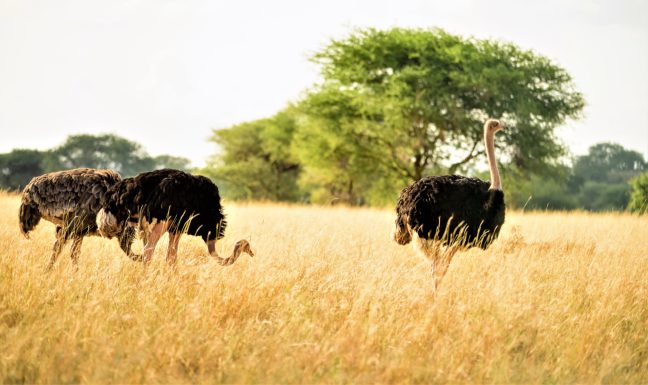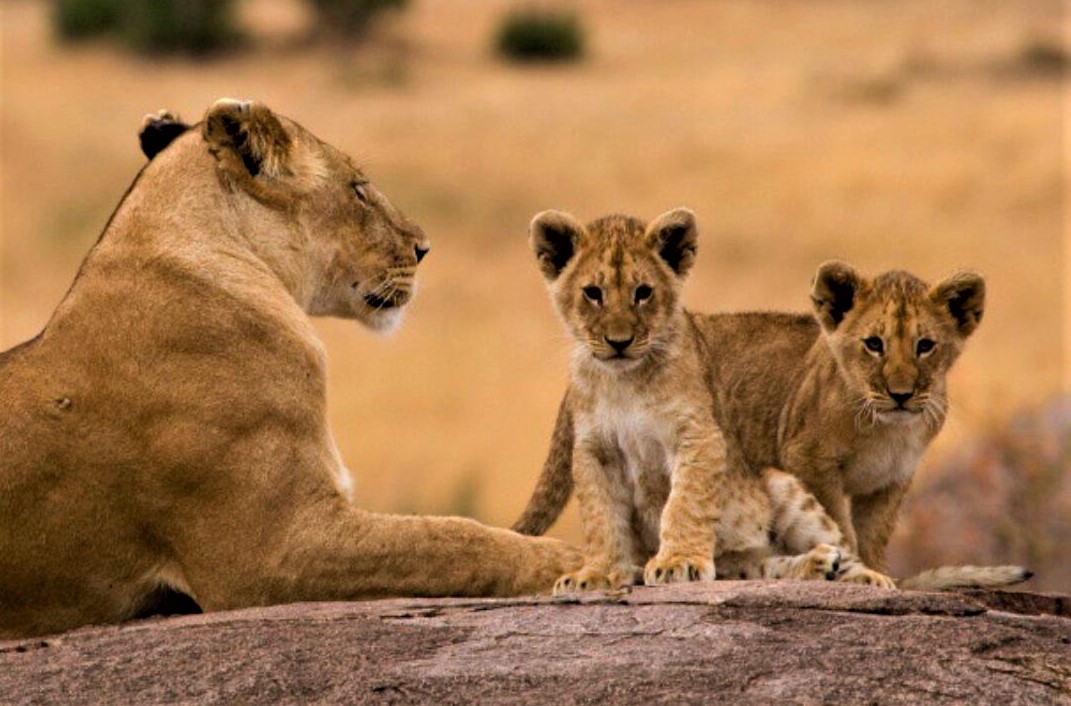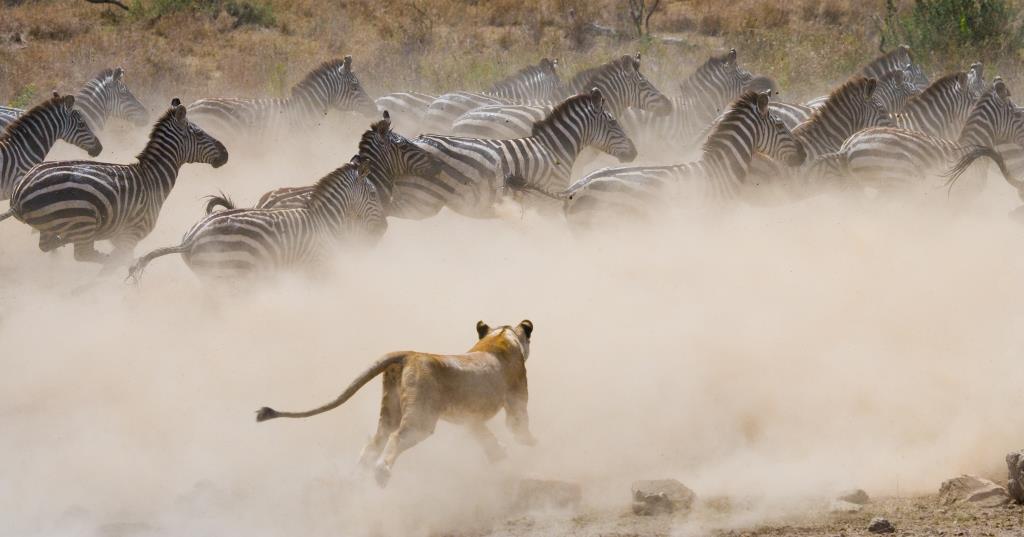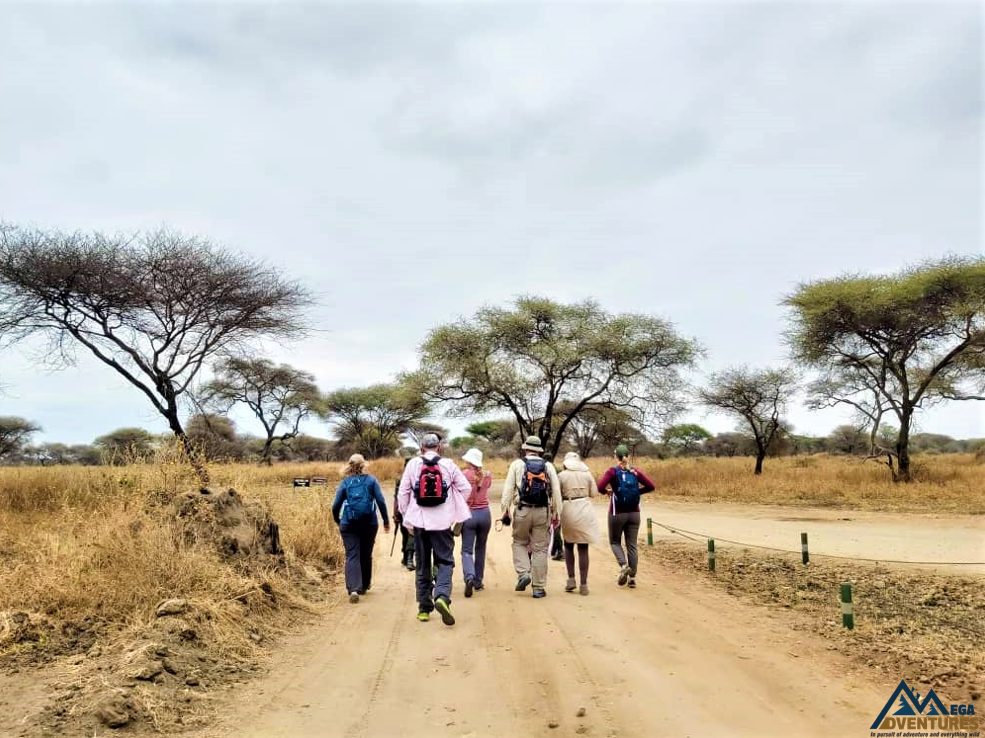By being Africa’s oldest rainforest the Udzungwa Mountains National Park truly has a unique ecosystem with breathtaking scenery. In a wide arch that runs over 800 kilometers down the eastern part of Tanzania are seven ancient mountain ranges. This mountain range is East Africa’s barrier against the humid wind of the Indian Ocean. From the rising air fall torrents of hot rain, thunderstorms and lightning, and endless weeks of mist and cloud. This pattern has existed for tens of thousands of years, creating the oldest rainforest in Africa, which is also among the oldest in the world.
In its 1,990 sq km it has the second largest biodiversity of a national park in Africa, ranging from grassland, tropical rainforest, miombo woodland to mountain forest and steppe prides with waterfalls. These forests are surrounded by drier savannas, and their isolation has led to the evolution of the most unique and varied life of animals and plants in all of Africa. Yet the most fascinating thing about them is how unexplored they are.
It is a naturalist’s paradise with dozens of unique species across the animal spectrum from insects to reptiles and frogs to birds and primates. And in addition to having a spectacular and unexplored nature with more than 400 species of birds, Udzungwa Mountains National Park is a sanctuary of many endemic and endangered species of flora and fauna. The protected area holds 2500 species of plants of which 25% are endemic and furthermore holds six species of primates of which five are endemic. A complete new species of monkey, the Sanje mangabey was discovered as recently as 1979, and a new species of francolin (partridge family) was first discovered by scientists in 1992. The Sanje mangabey, together with Iringa red colobus, can only be found in Udzungwa National Park. The wildlife also includes buffalo, elephant, leopard, forest antelope, warthog and bush pig. Lions live in the woodlands and upper moorlands but are rarely seen.
Being a hiker’s paradise, Udzungwa Mountains offers hiking and trekking possibilities for everyone. May it be a demanding 6-day trekking route or a 1-hour elementary hike. As a break for the hiking visitors can have a refreshing dip in the waterfall plunge pool whilst admiring the dazzling view of the 170 m Sanje Waterfall. The Udzungwa Mountains are a year around destination time for hiking.
The Udzungwa Mountain National Park can add a very interesting extension to other destinations in southern Tanzania such as Ruaha, Mikumi and Nyerere National Park.
Climate:
The national park has an altitude range from 250-2,576 meters, and remarkably there are parts where almost this entire altitude range has unbroken forest cover, from miombo through bamboo to lowland and highland forest.
The year round temperature in the park is pleasant. Depending on the month, the average high temperatures range from 25-30 C°, but at times, it has also peaked close to 35 C° during the humid short rain season. The warmest months are October – March and the coolest are May – July. The average low temperature is about 17-23 C°, but the temperatures have previously dropped to about 12 C°.
Like other locations in Tanzania, Udzungwa Mountains Park has a rainy season and dry seasons. The dry season is from June to October.
Best time to visit:
Possible all year round although slippery during rainy seasons. The dry season is June-October before the short rains however be prepared for rain anytime in the forest.
Accessibility:
Good network of roads, 5 hours drive from Dar es salaam, 2 hours from Mikumi National Park.
Accommodation:
A true place for nature lovers, there are no lodges or tented camps inside the park. Camping is the only option for visitors who wish to overnight within the park borders.
Outside the borders of the national park are modest but comfortable accommodation with en suite facilities.
Activities:
- Hiking
- Camping



